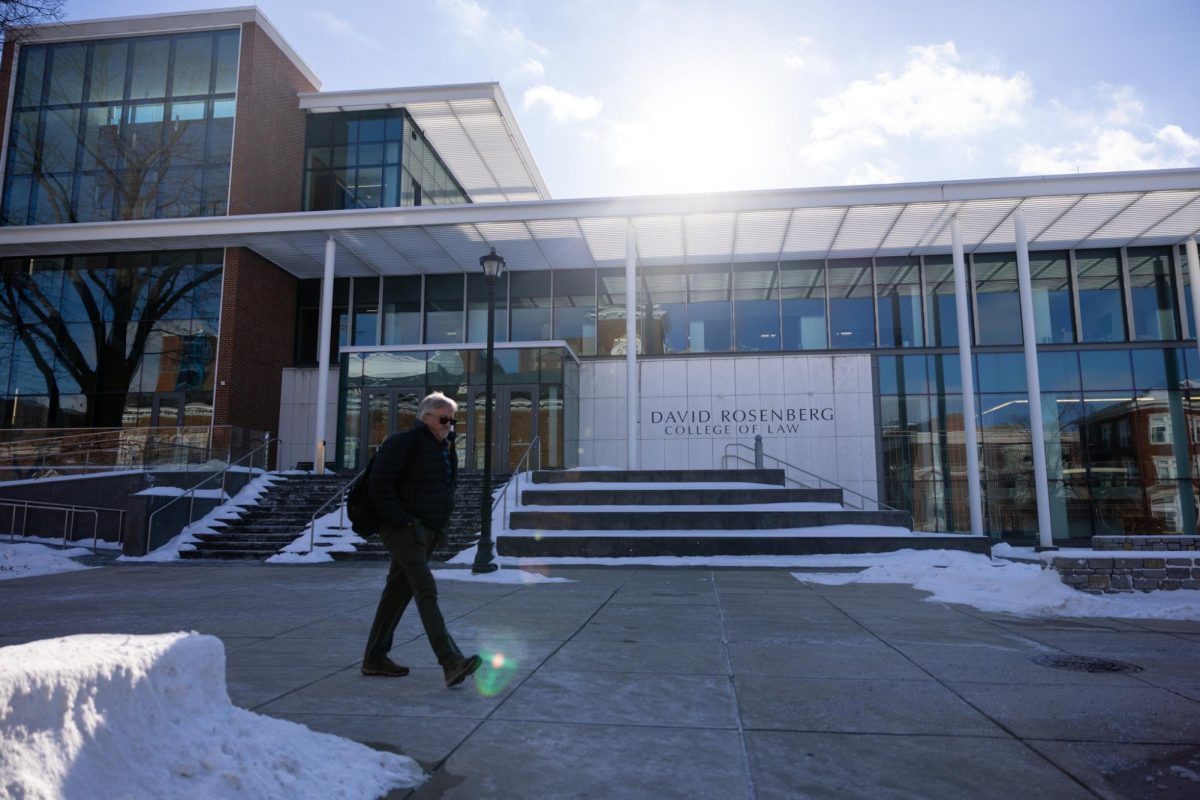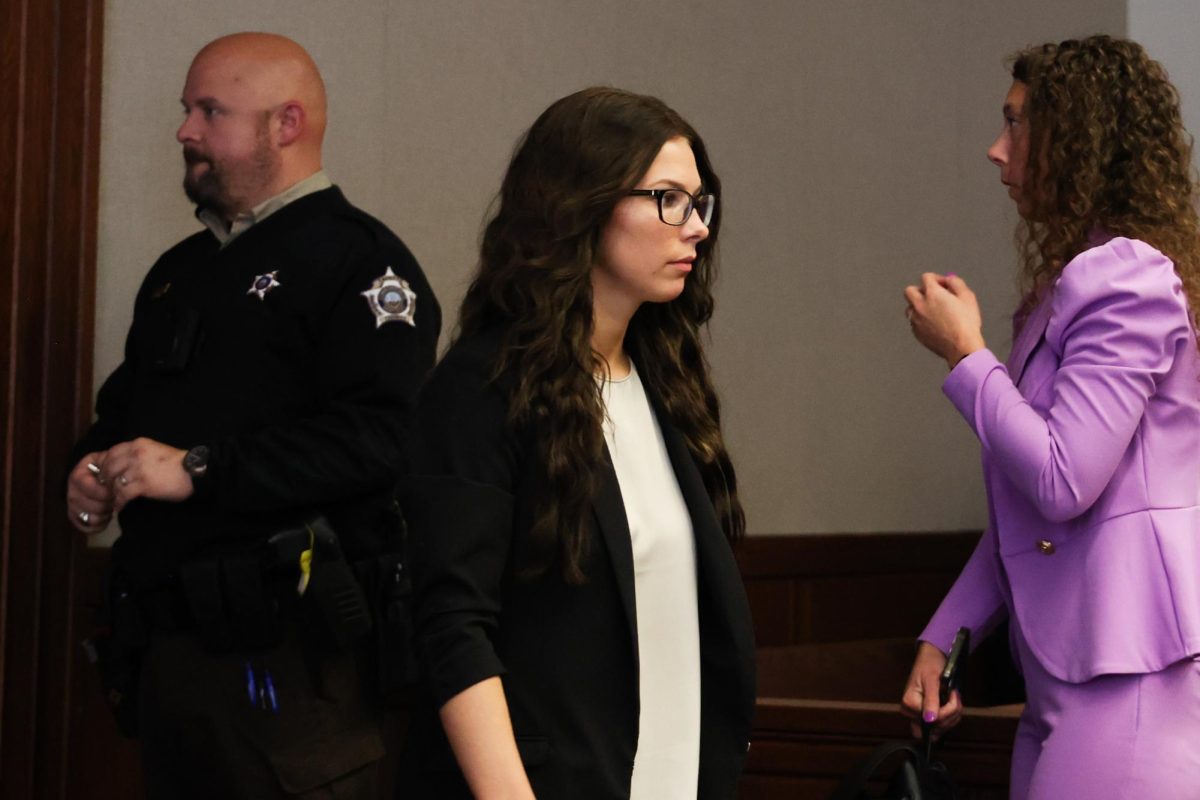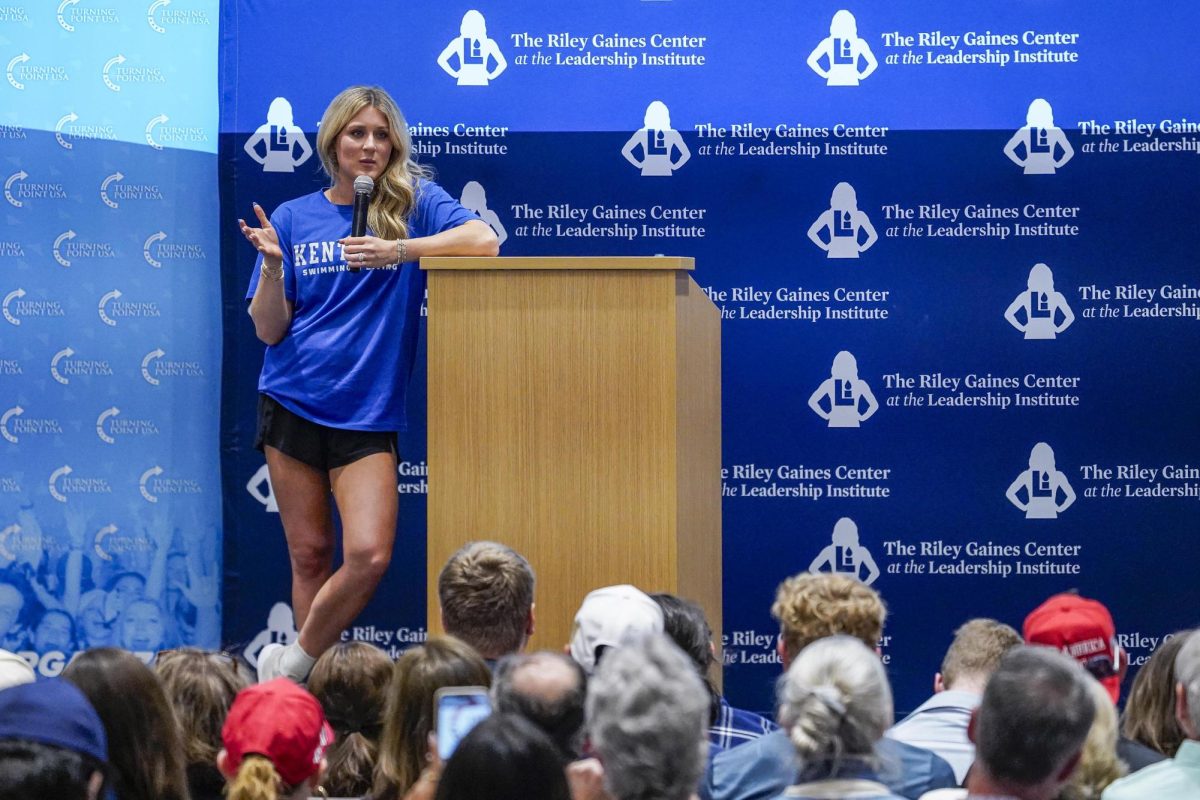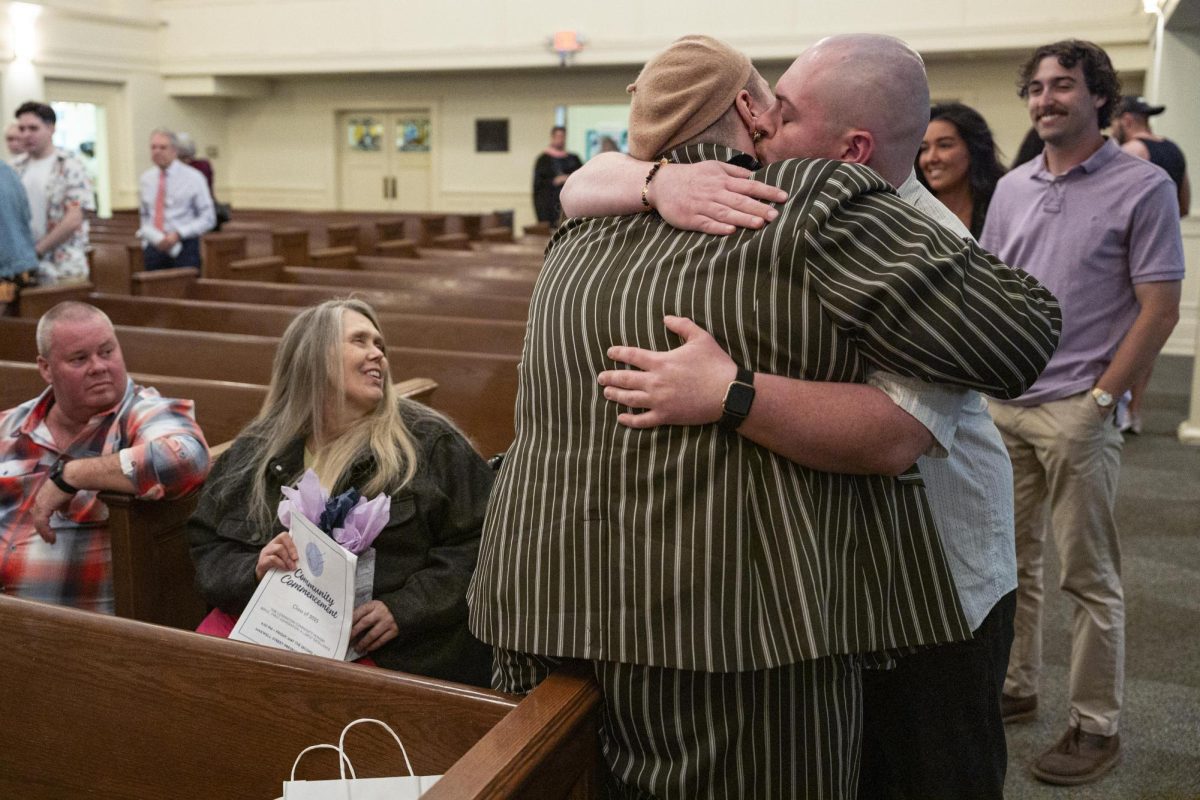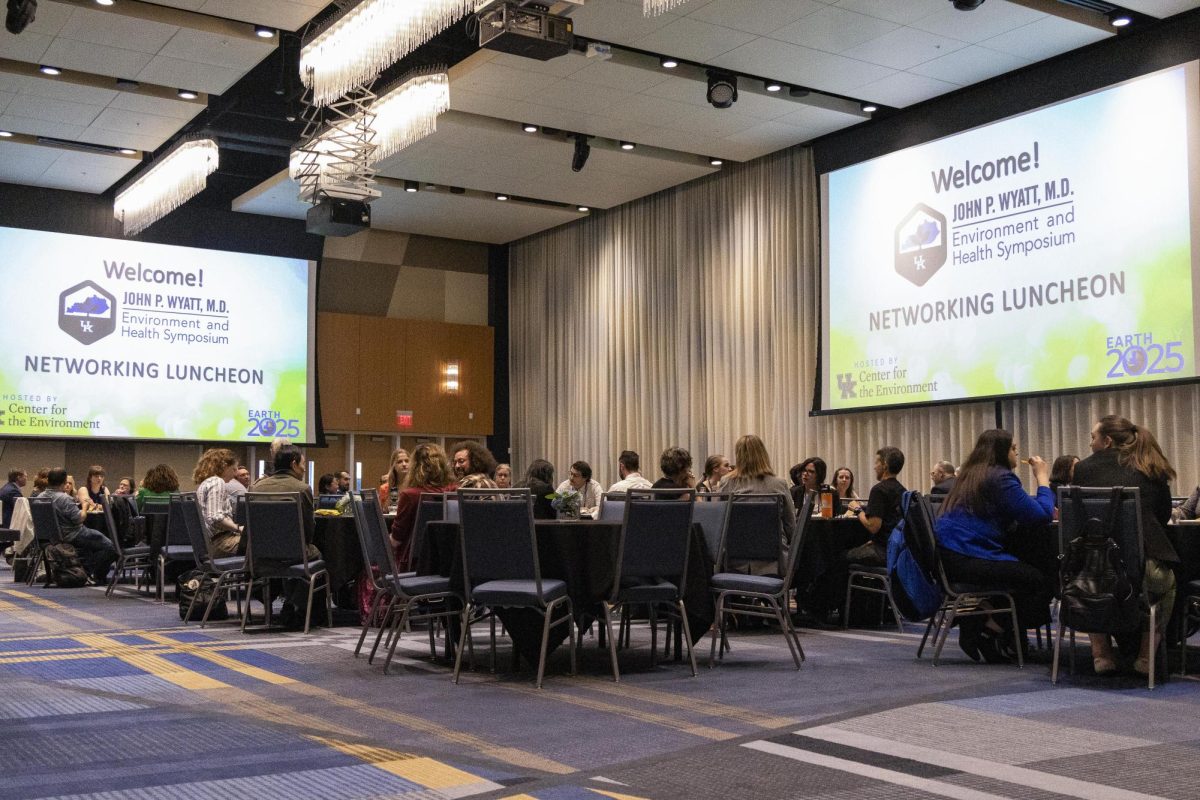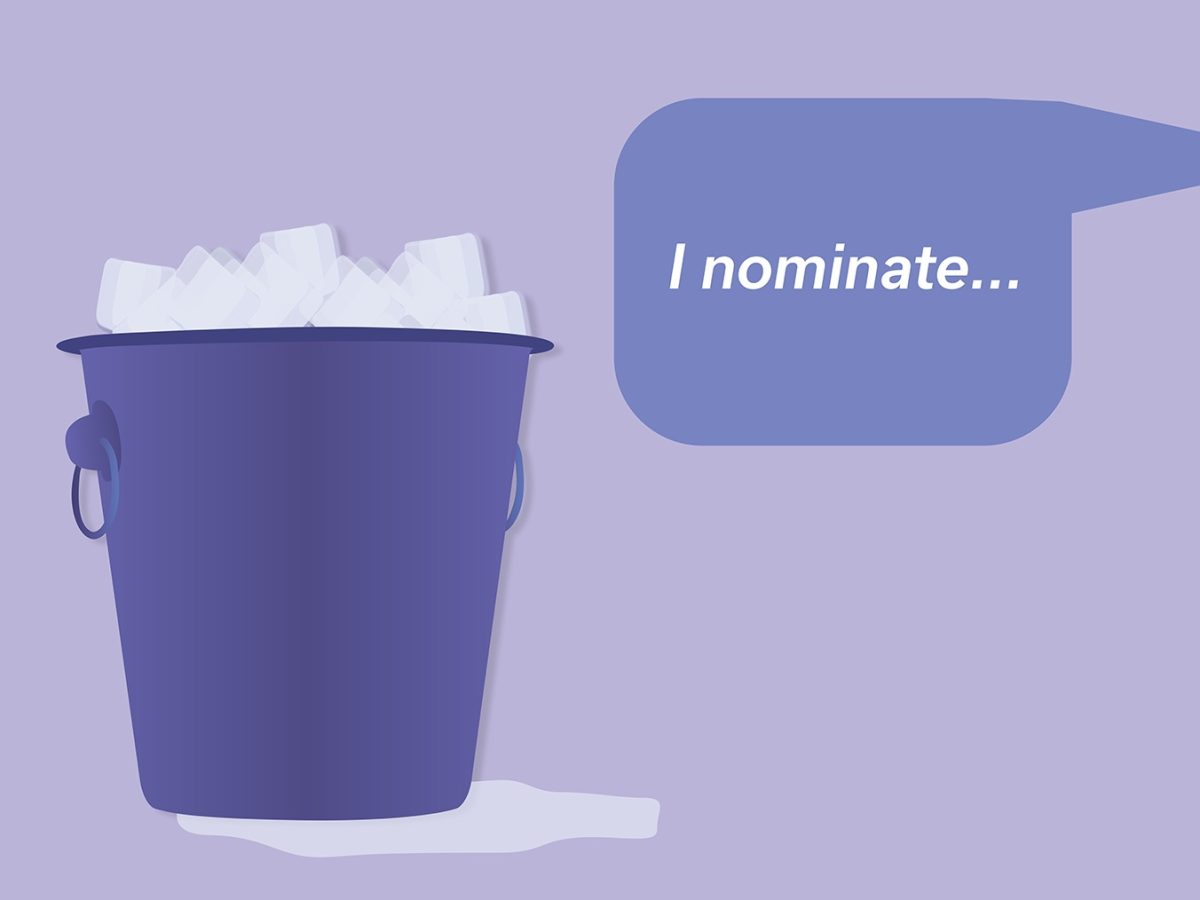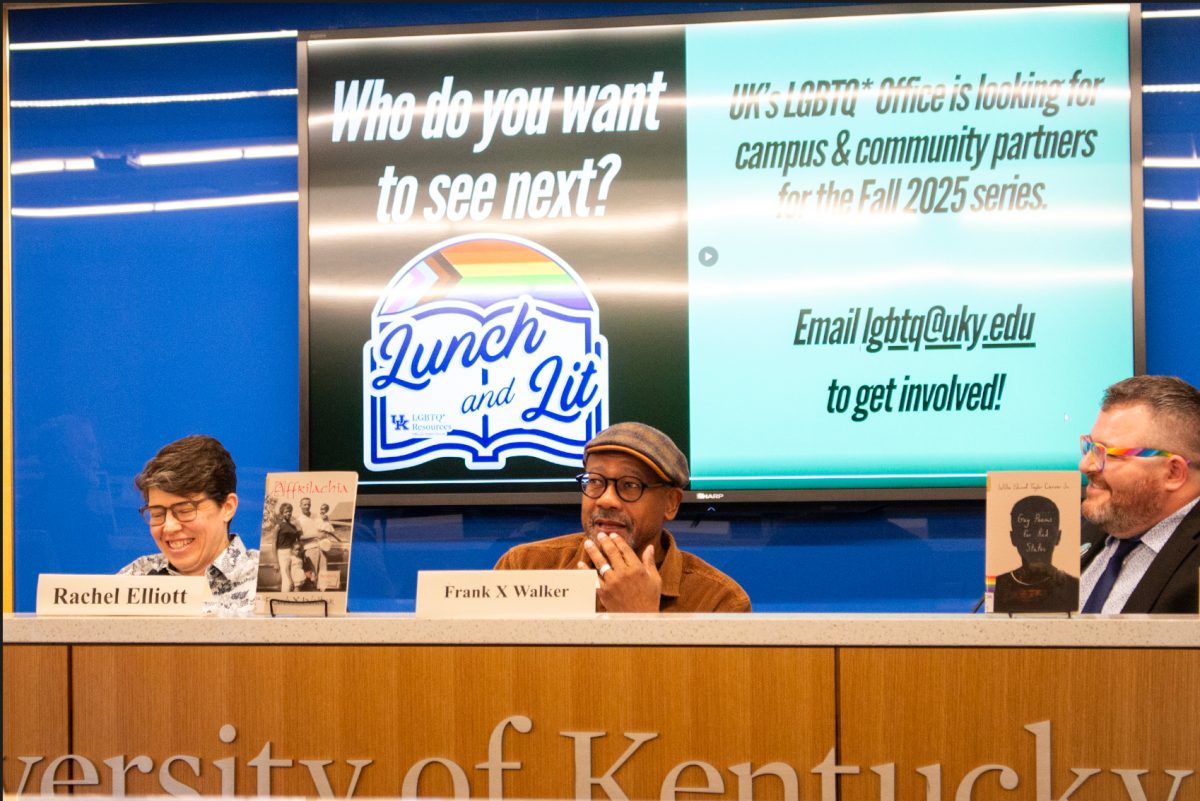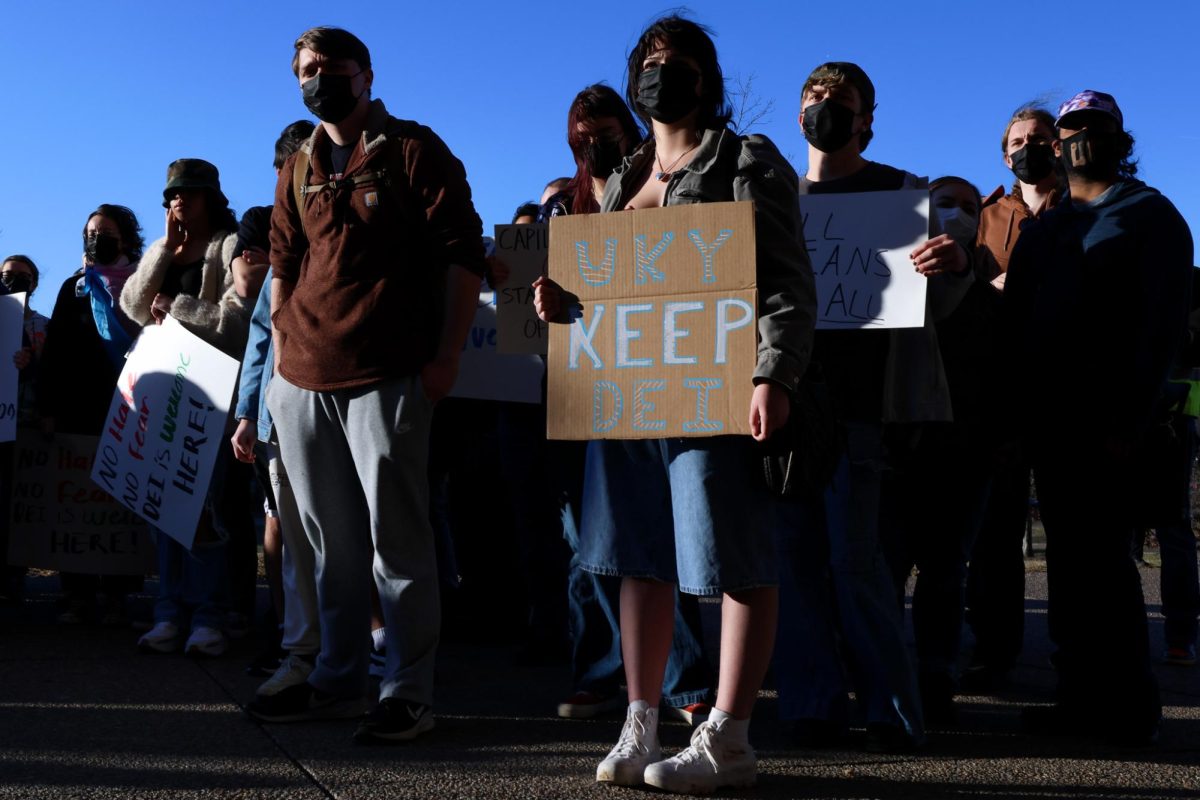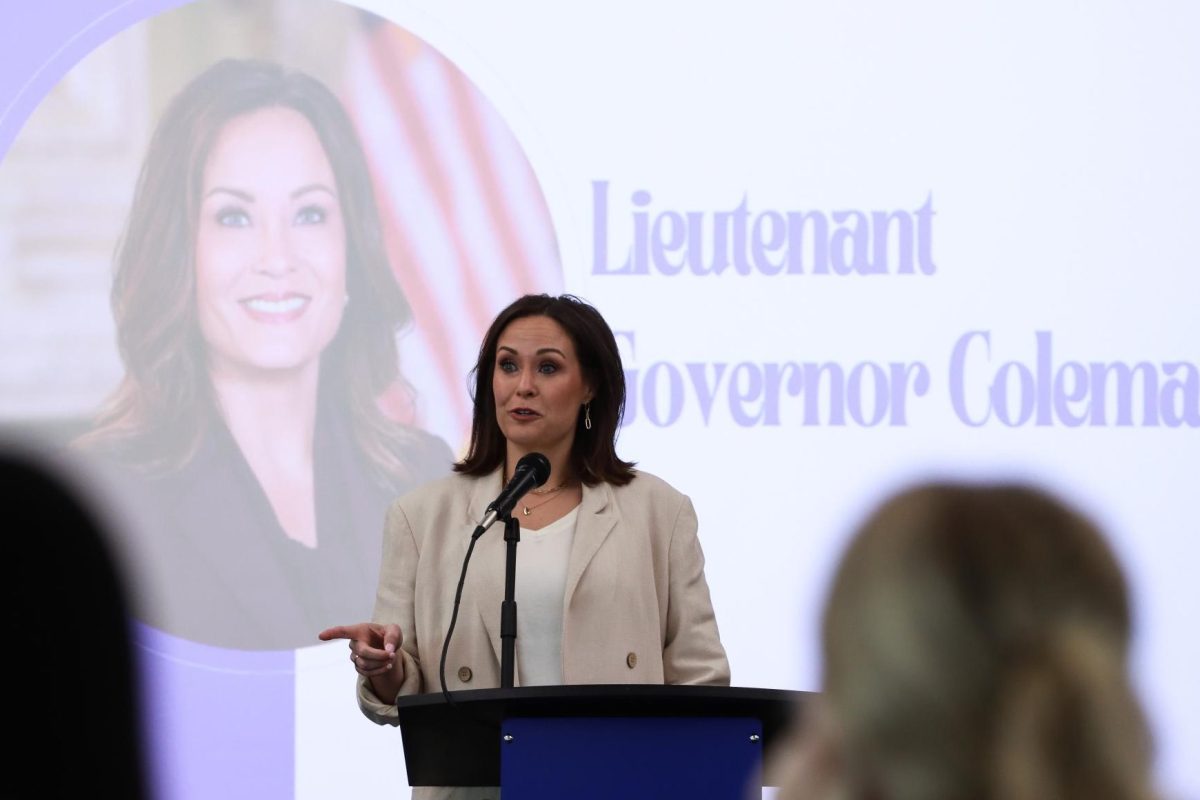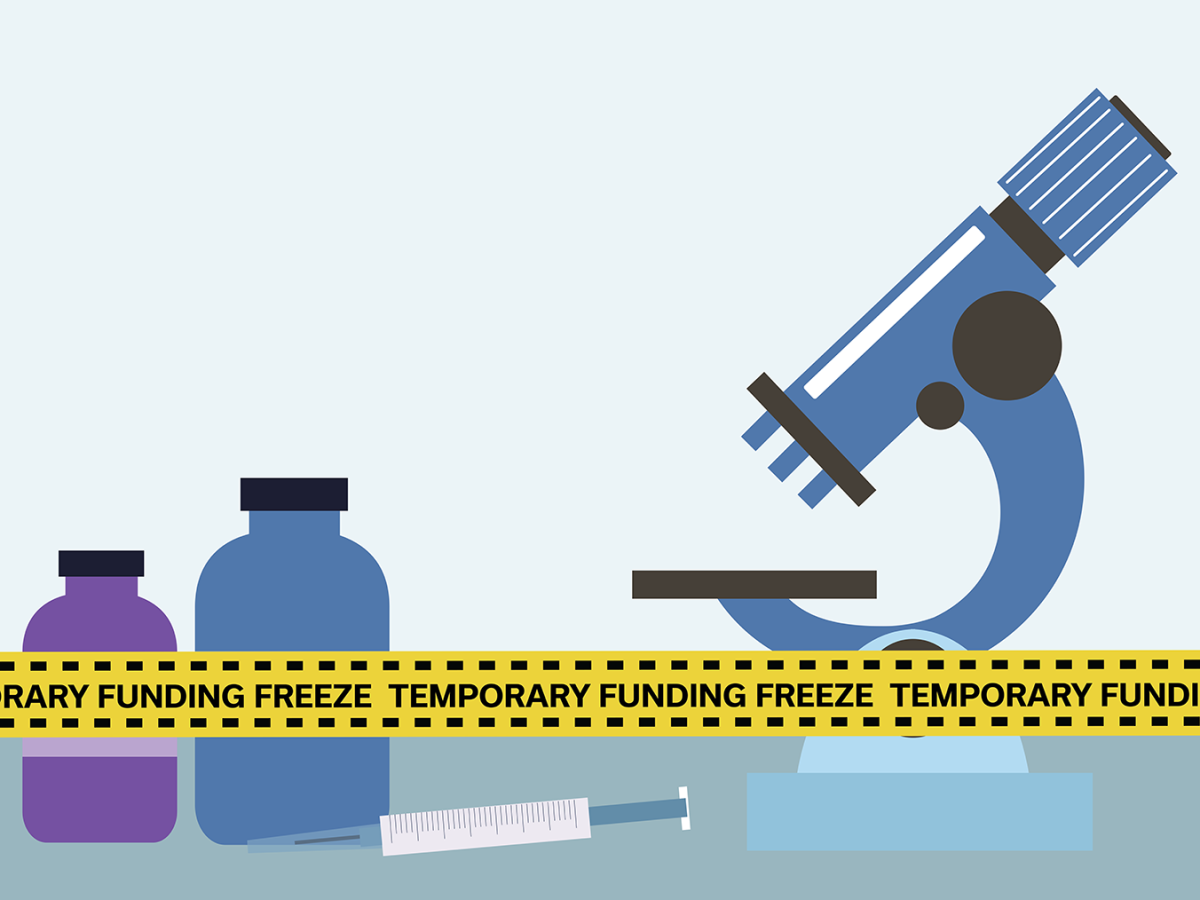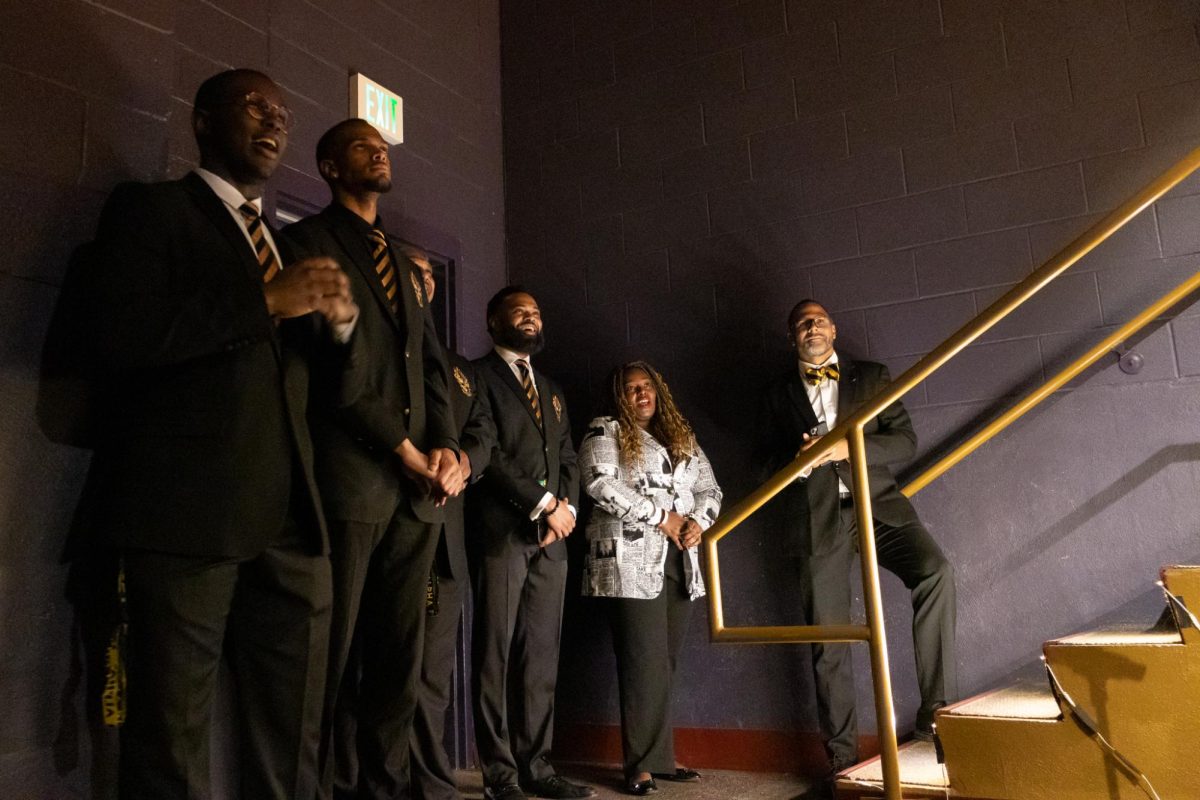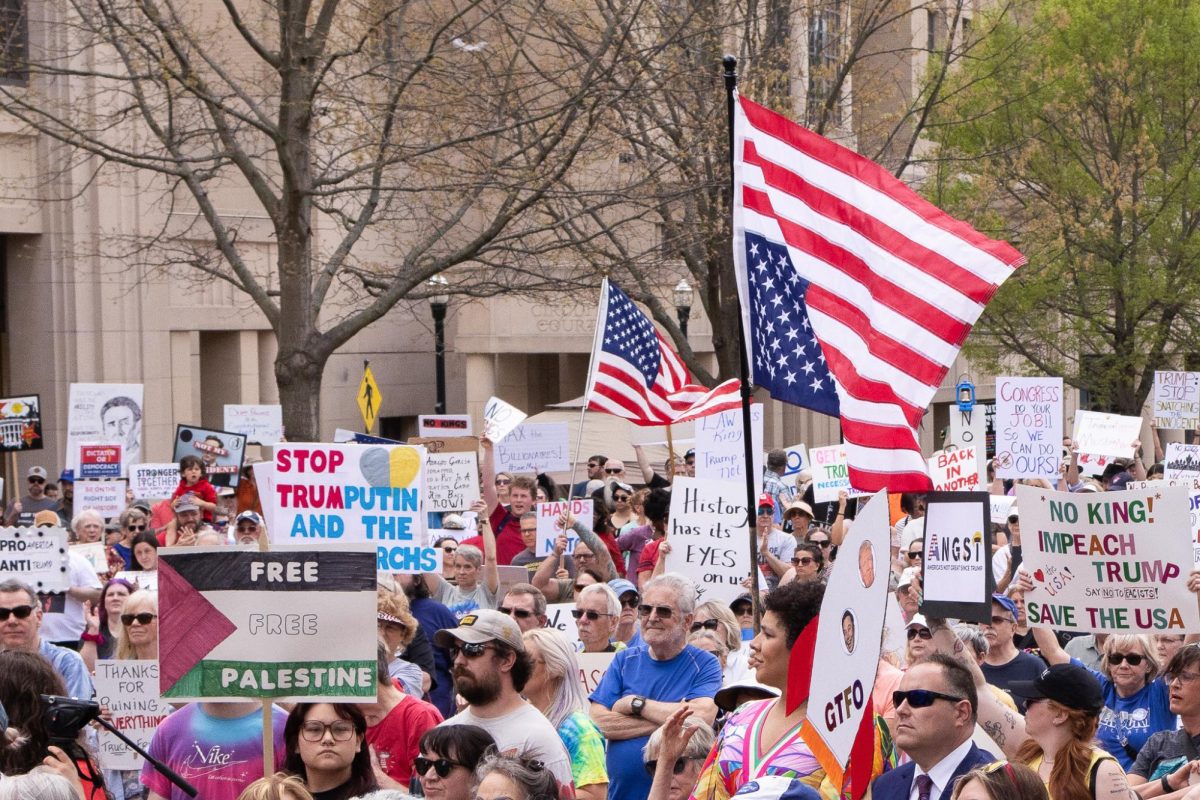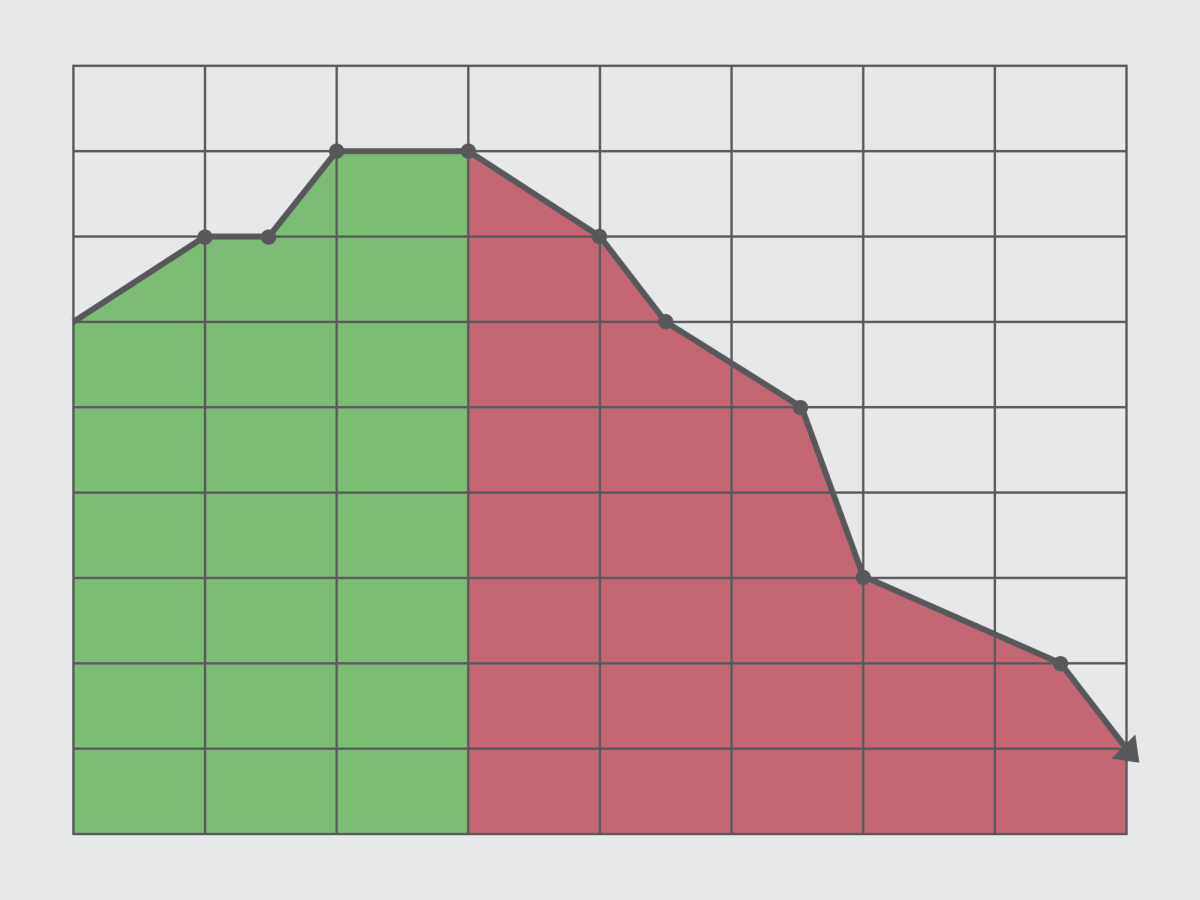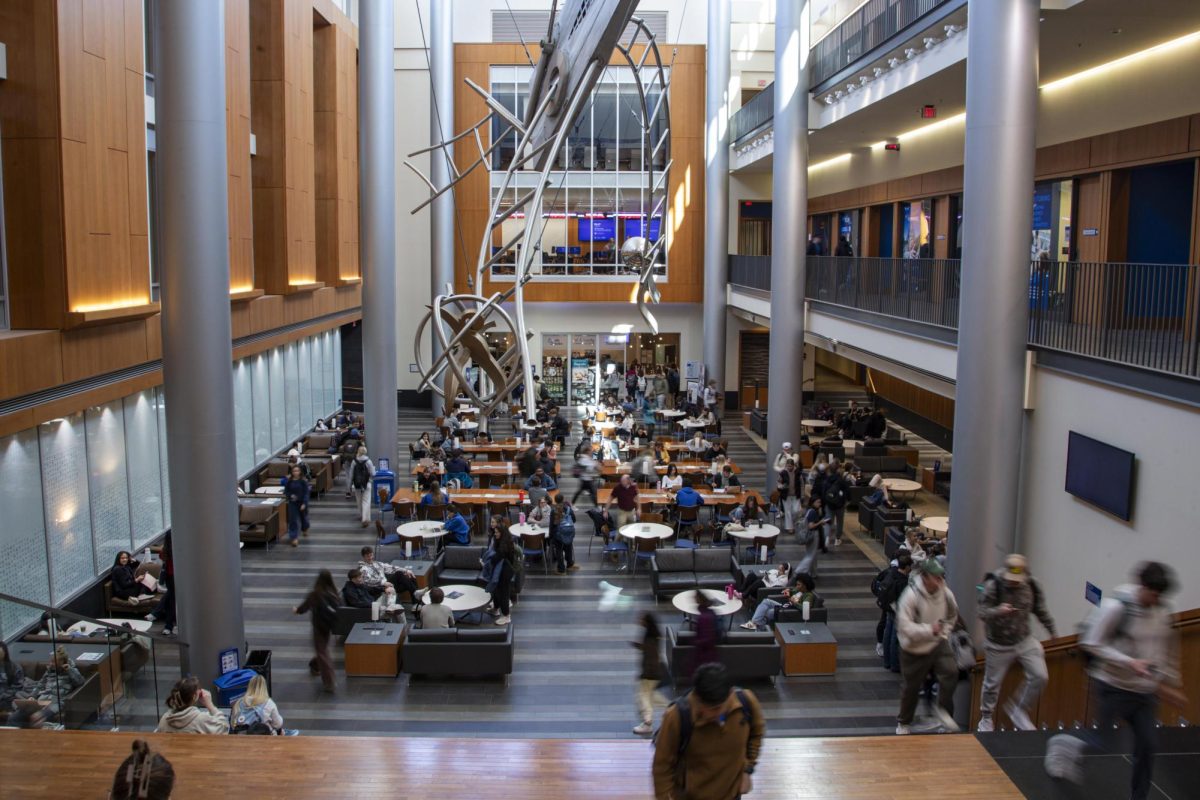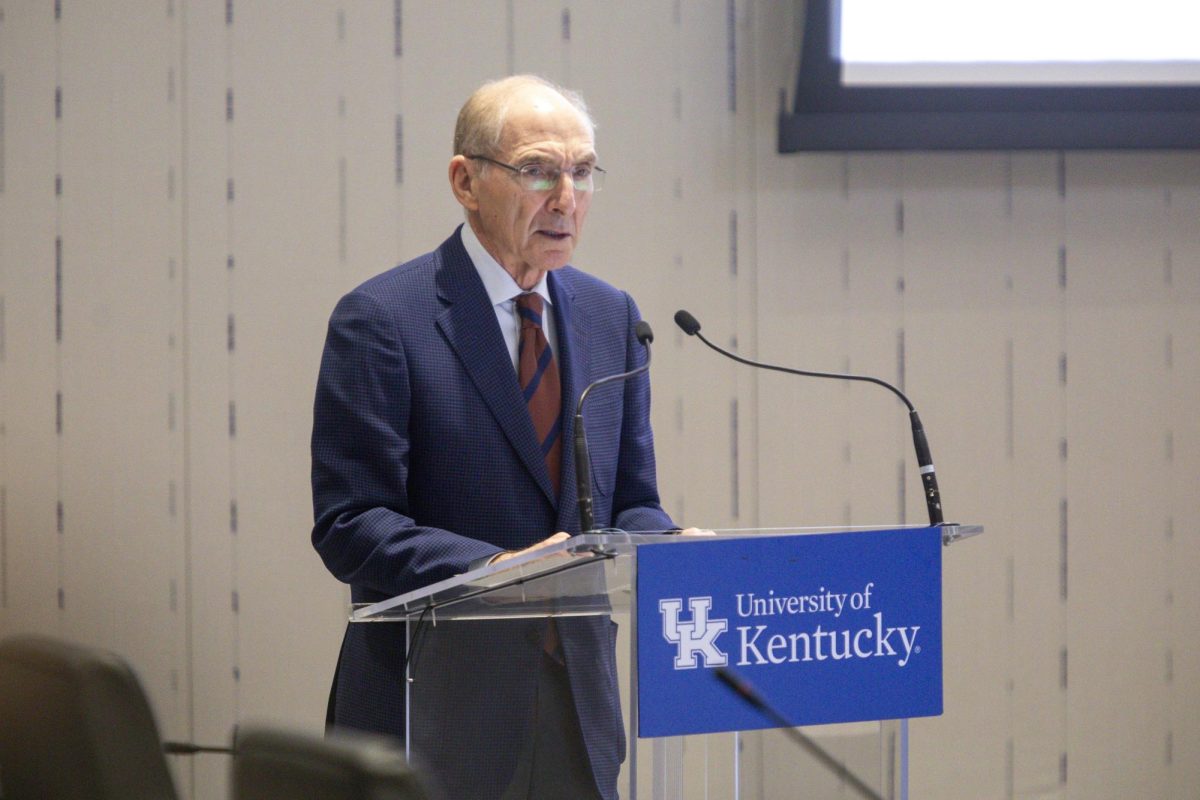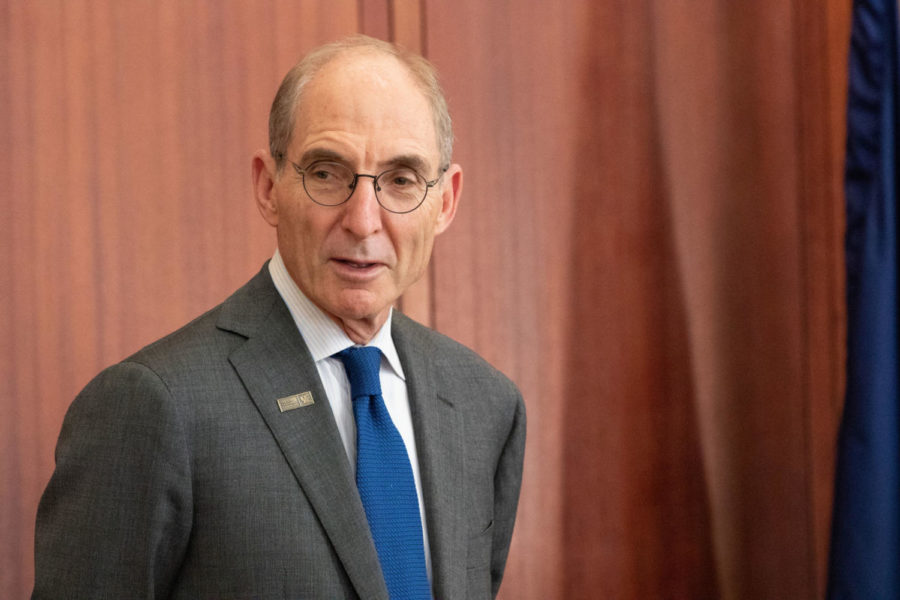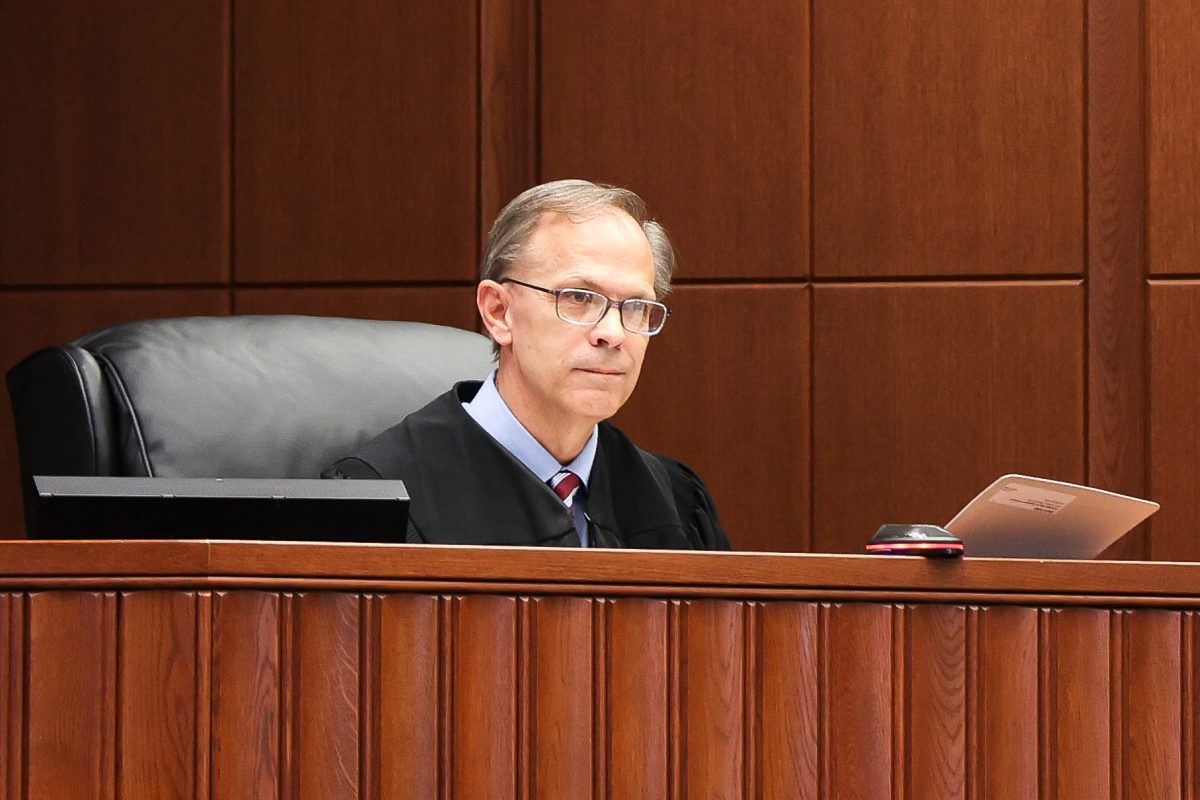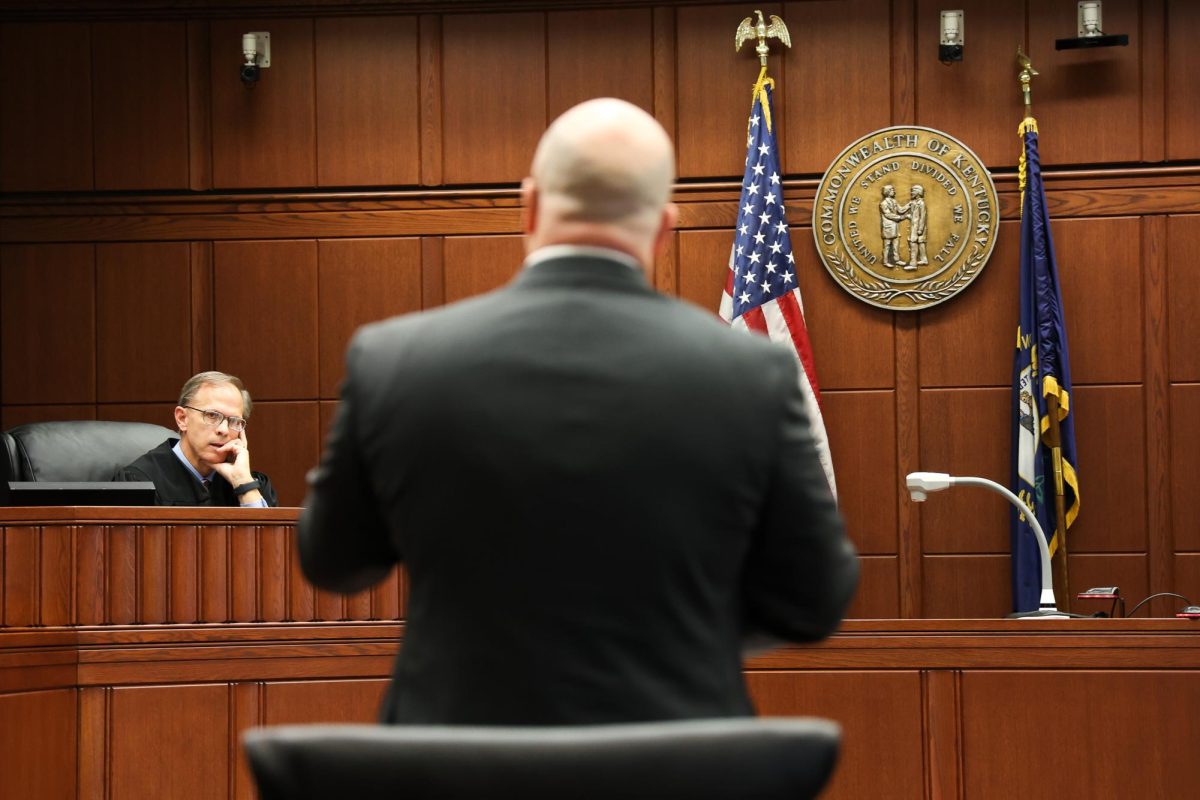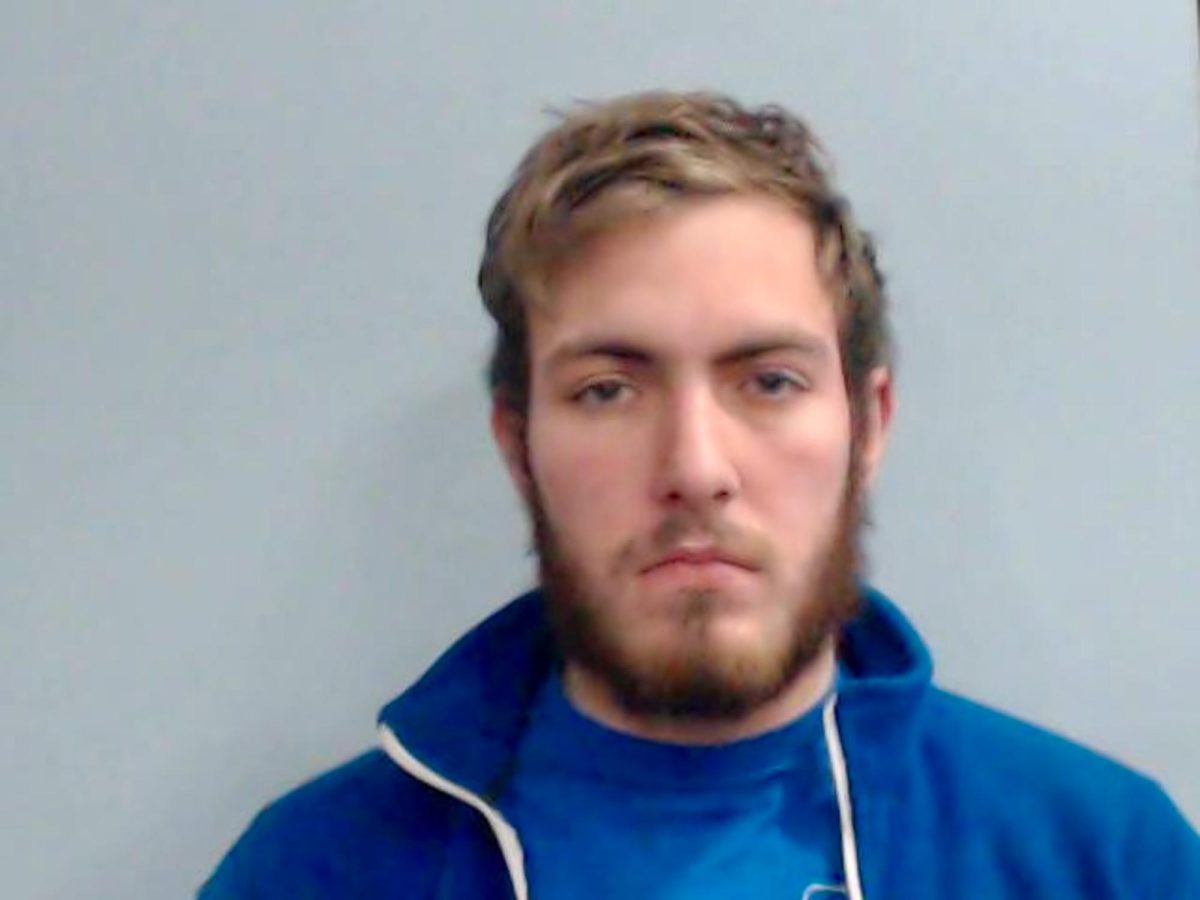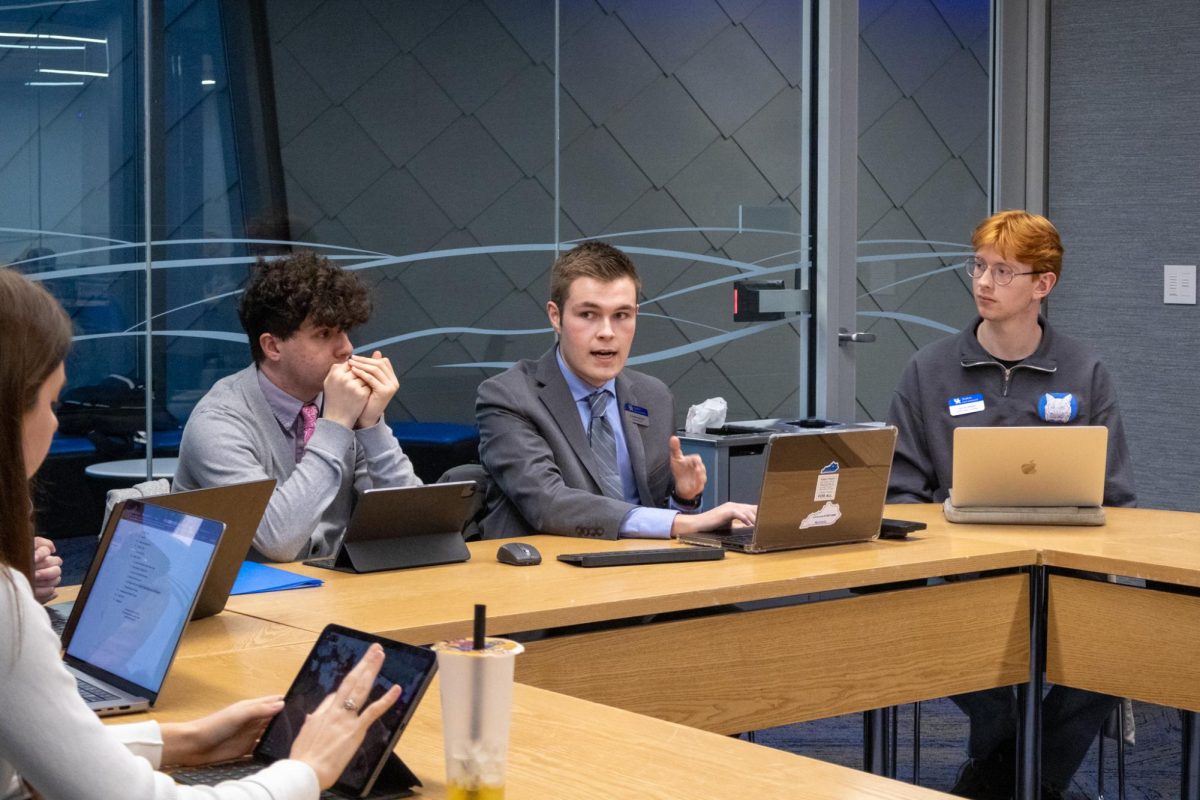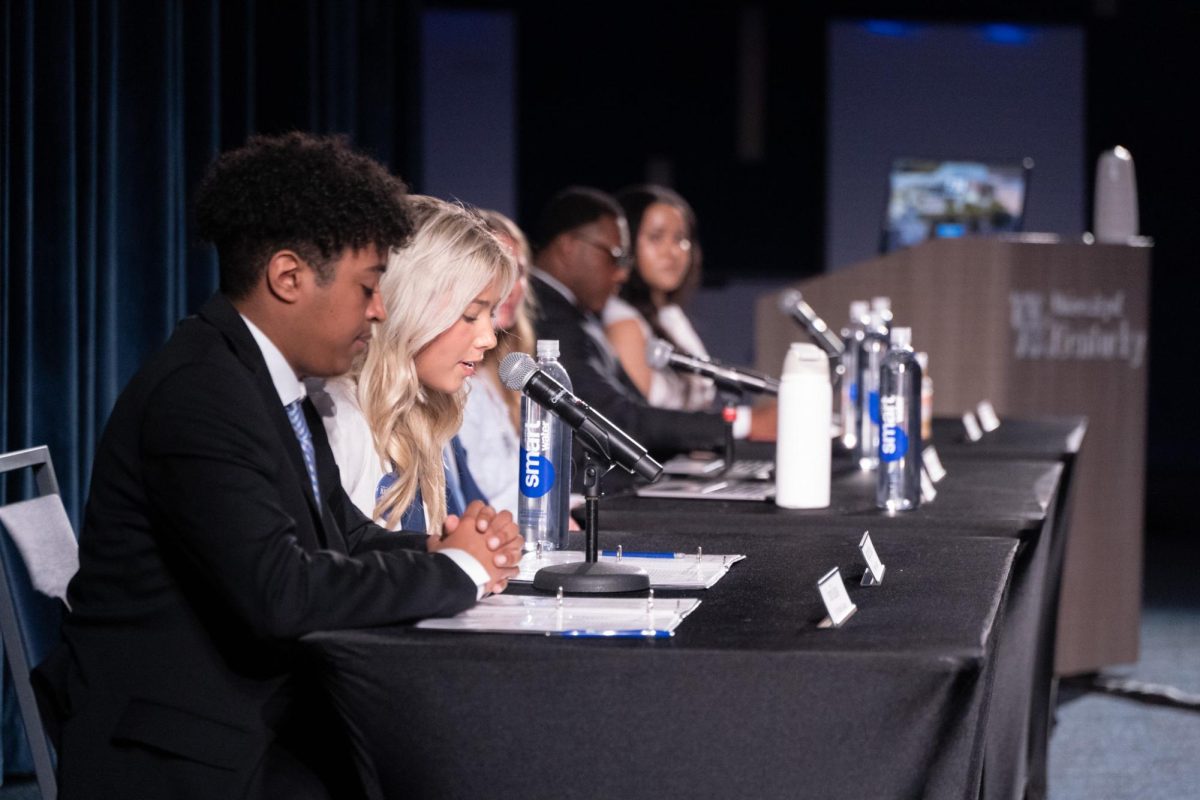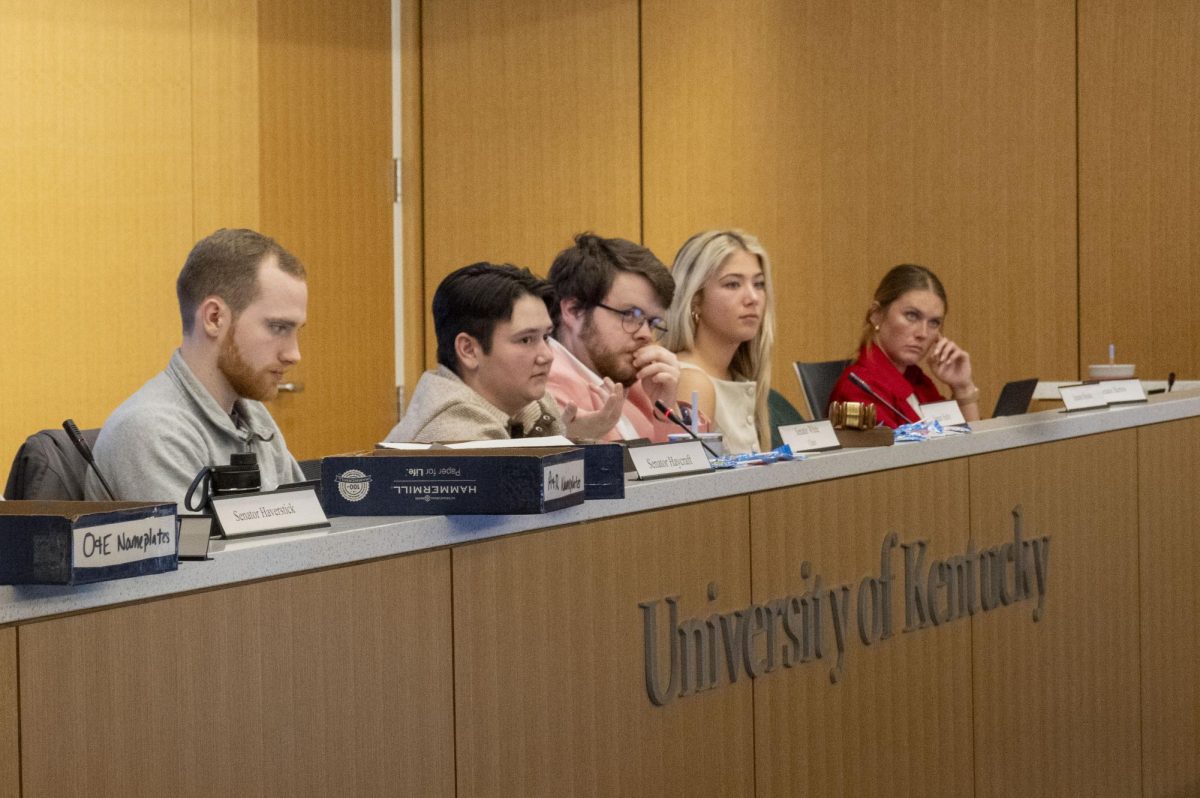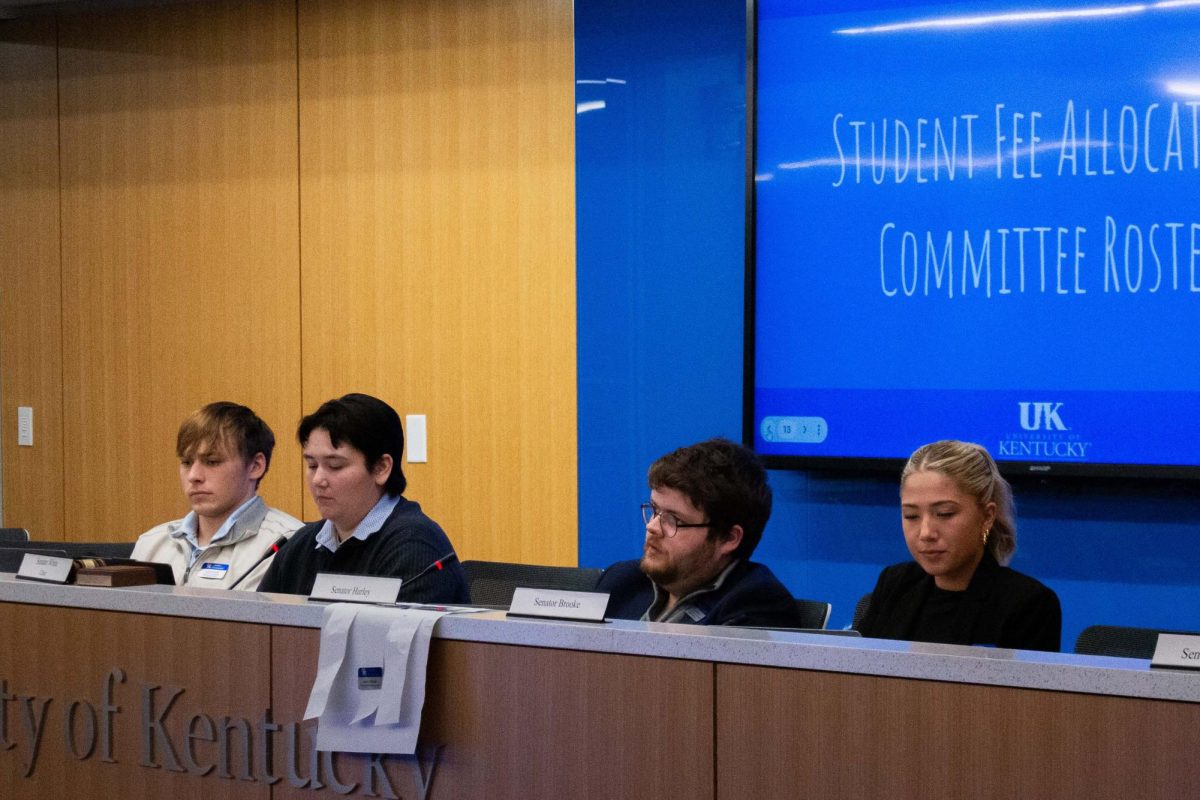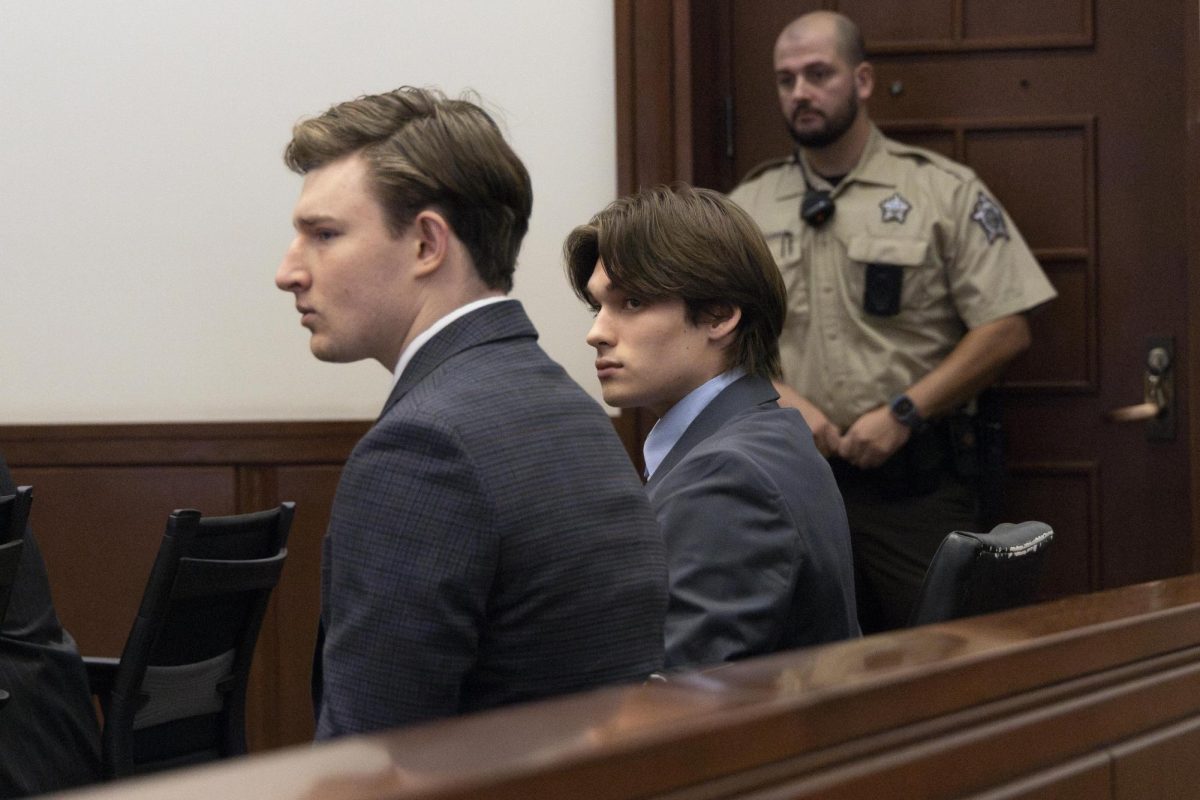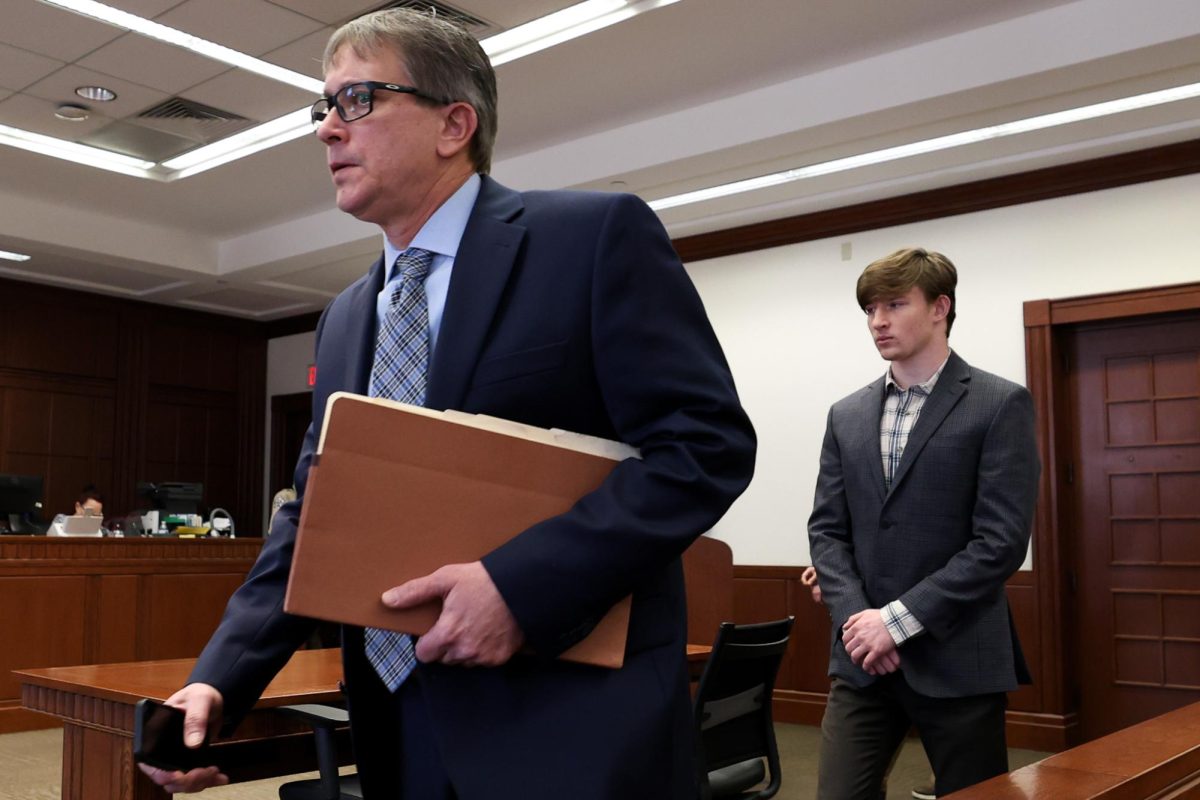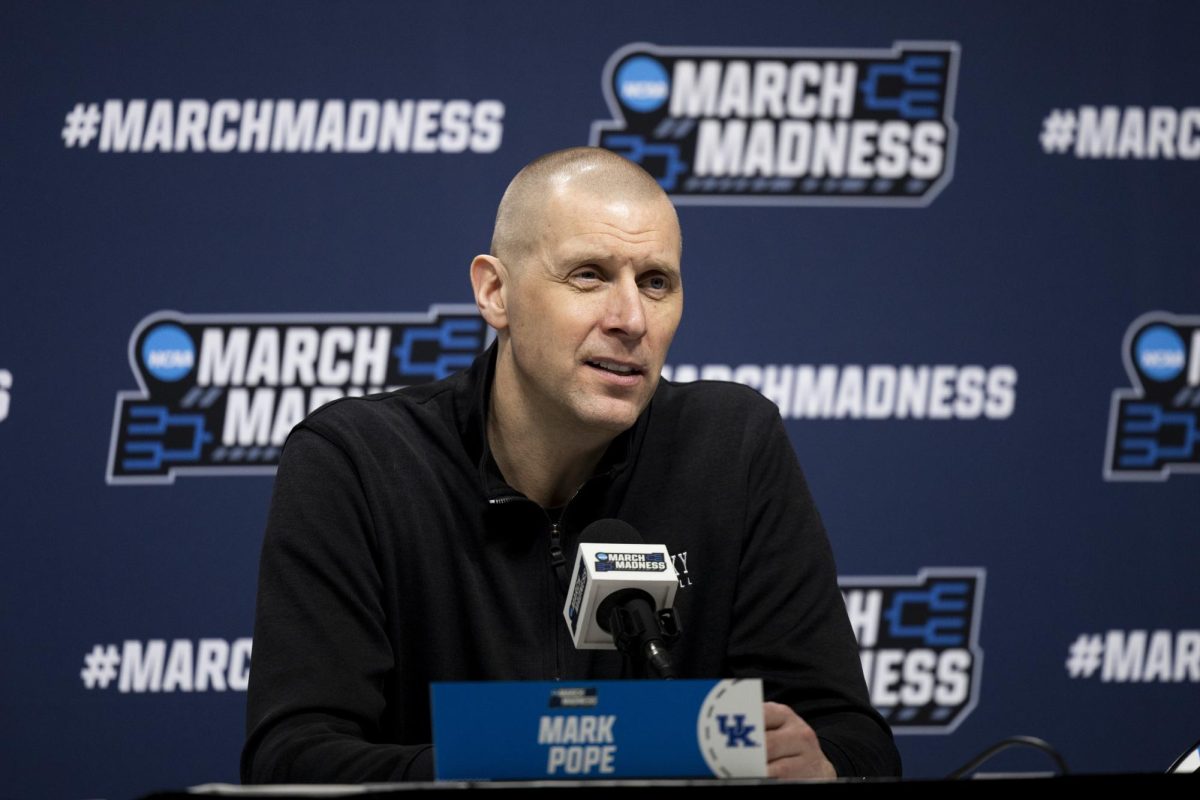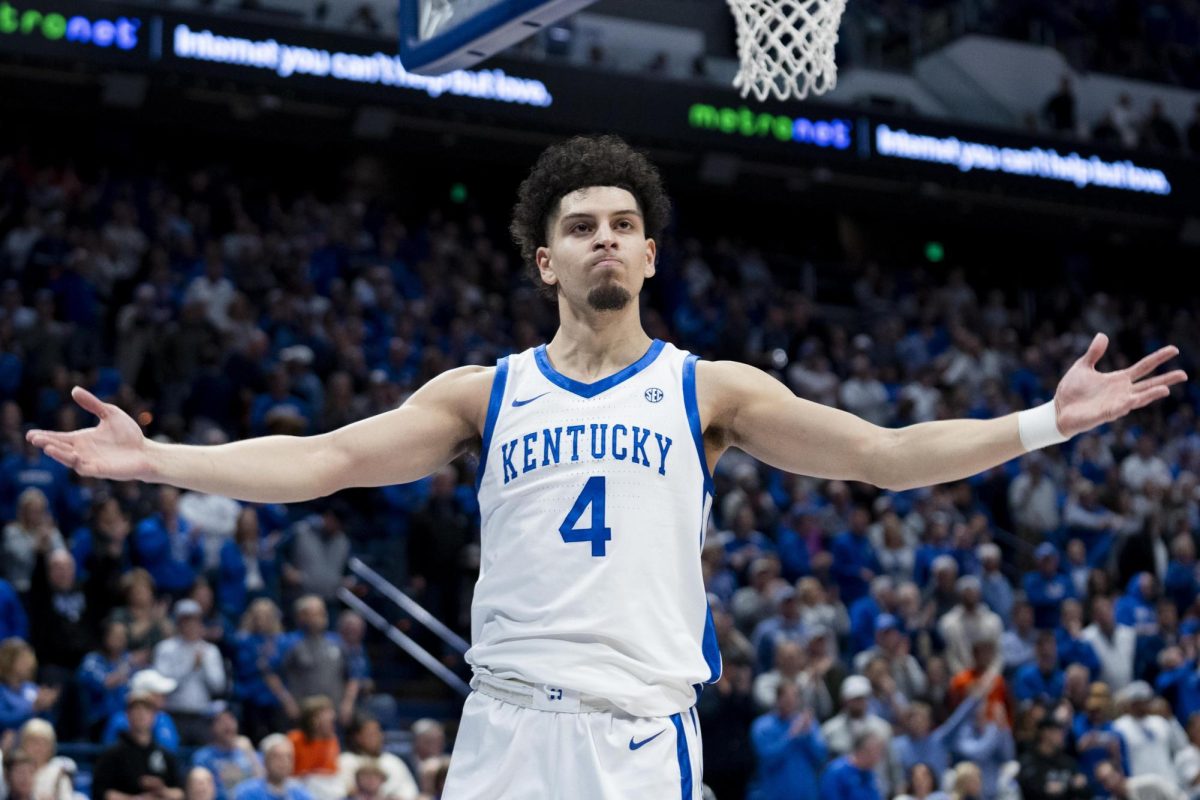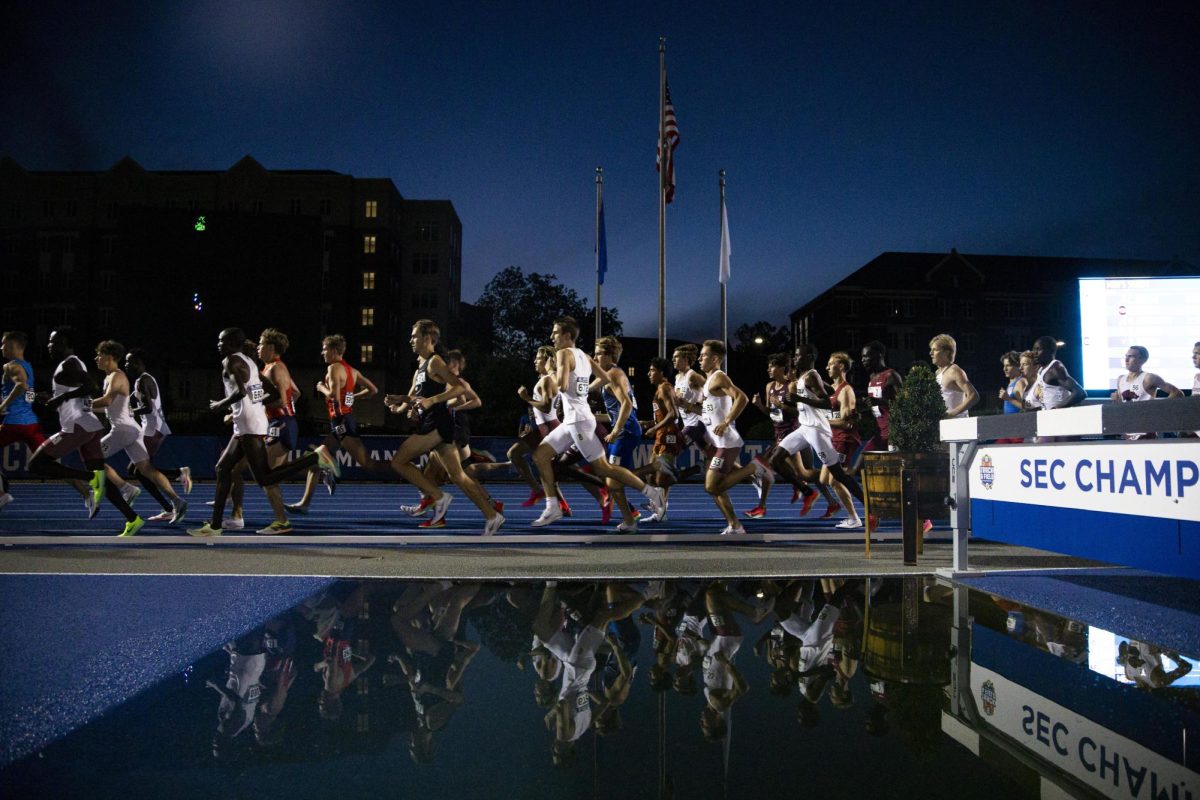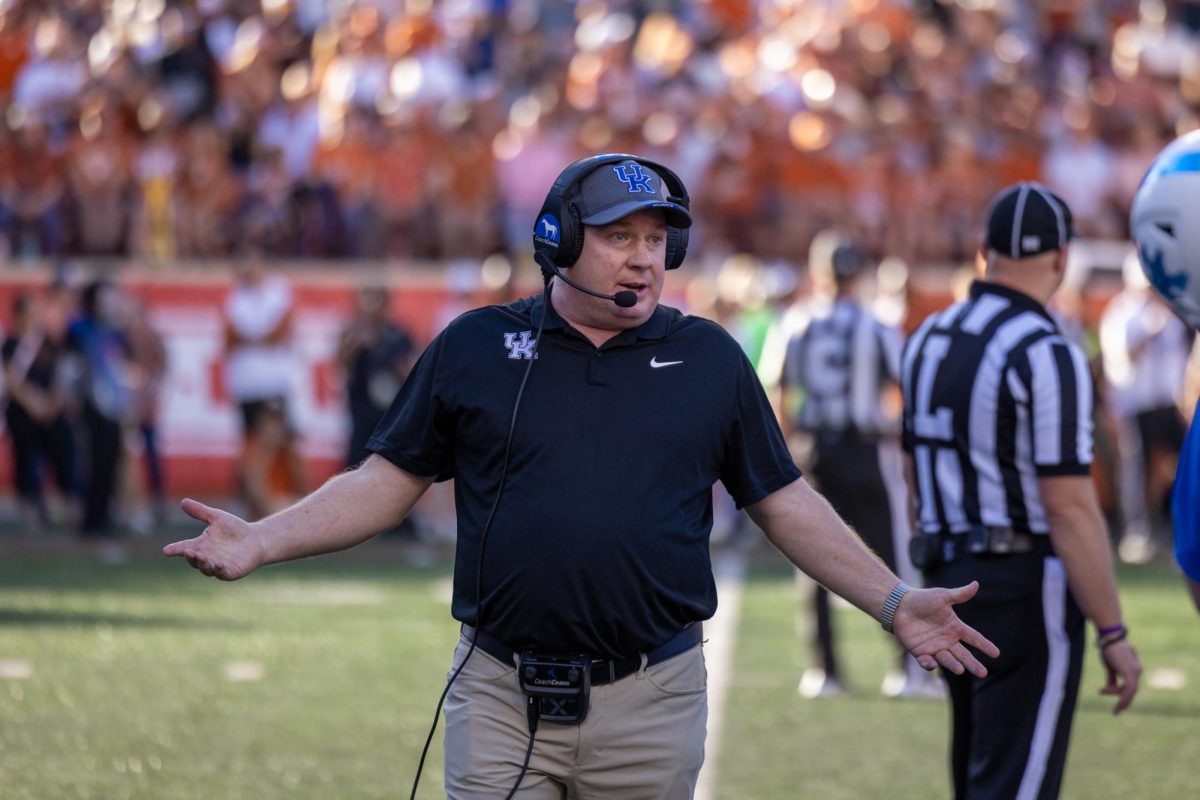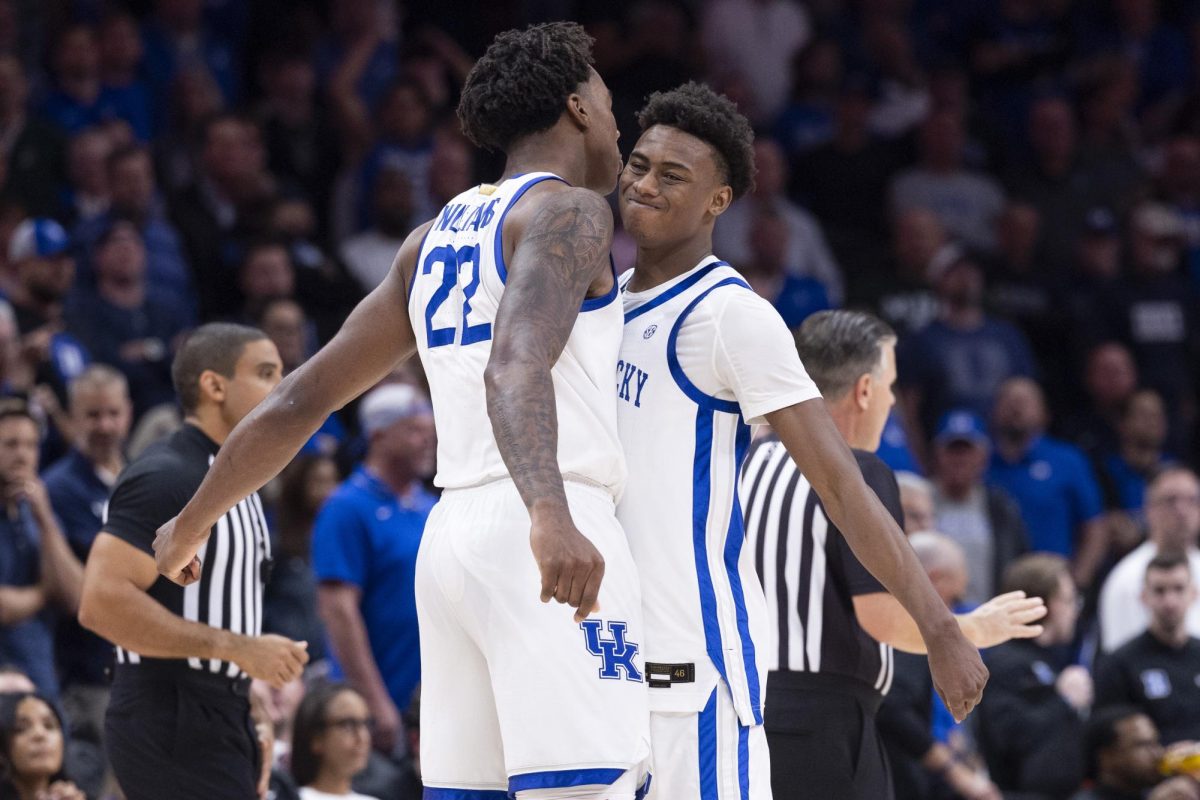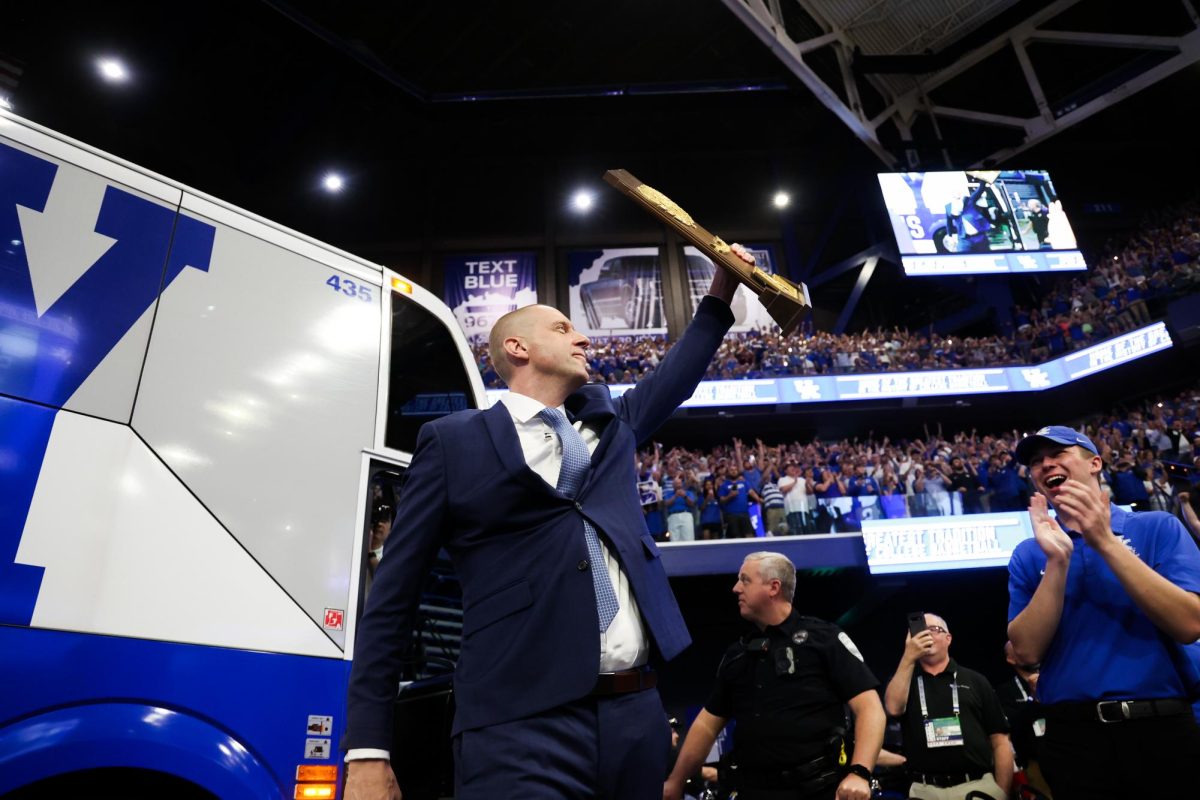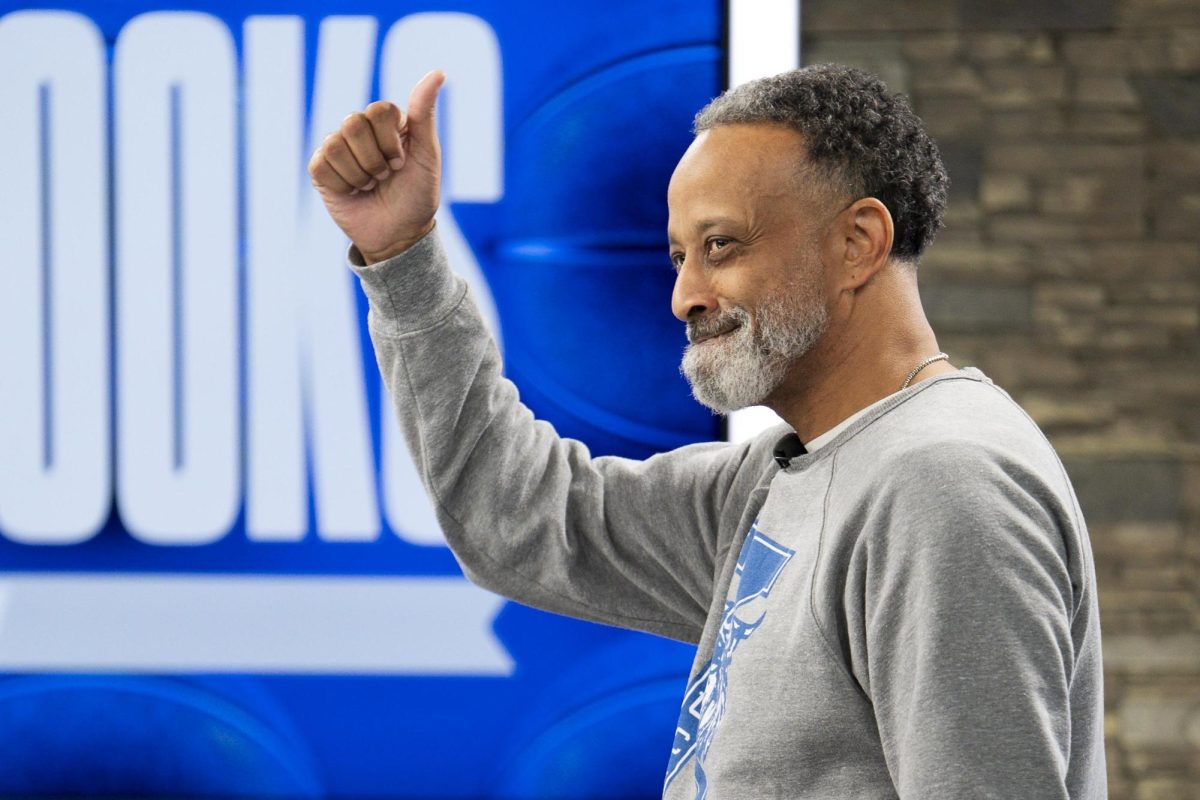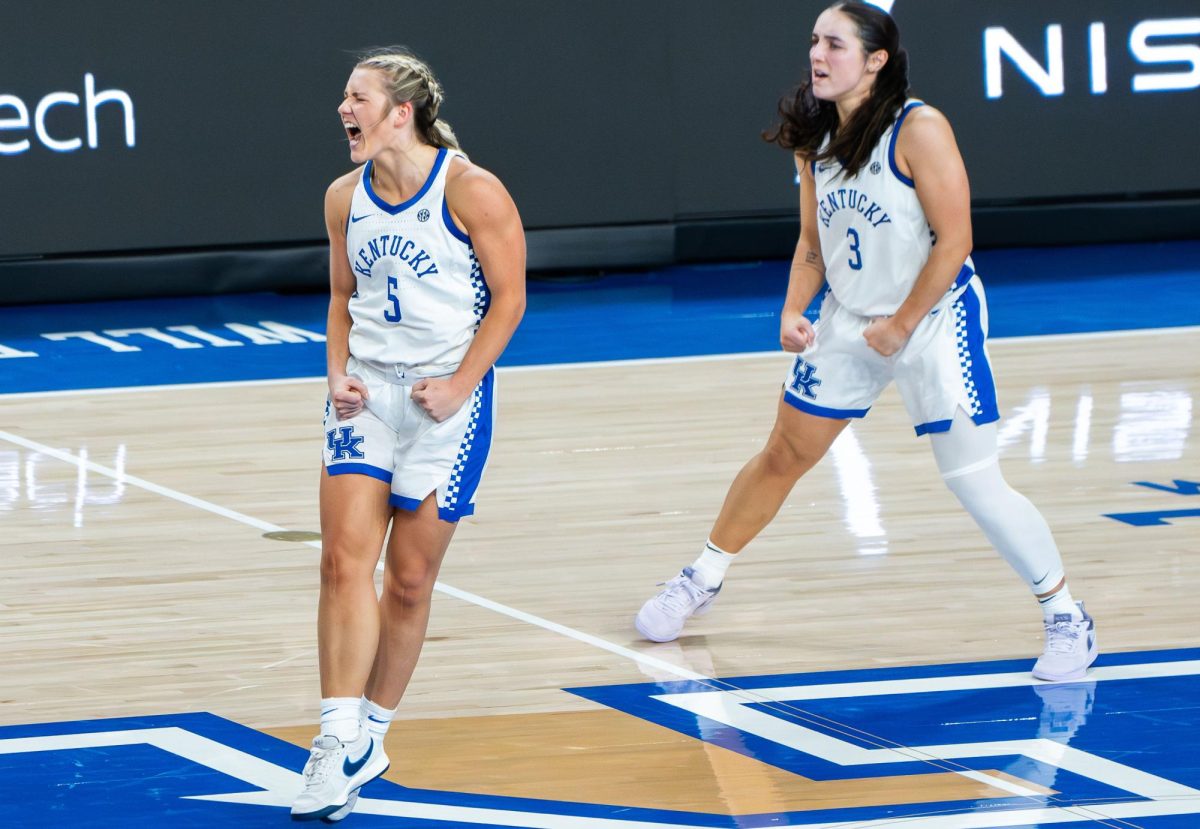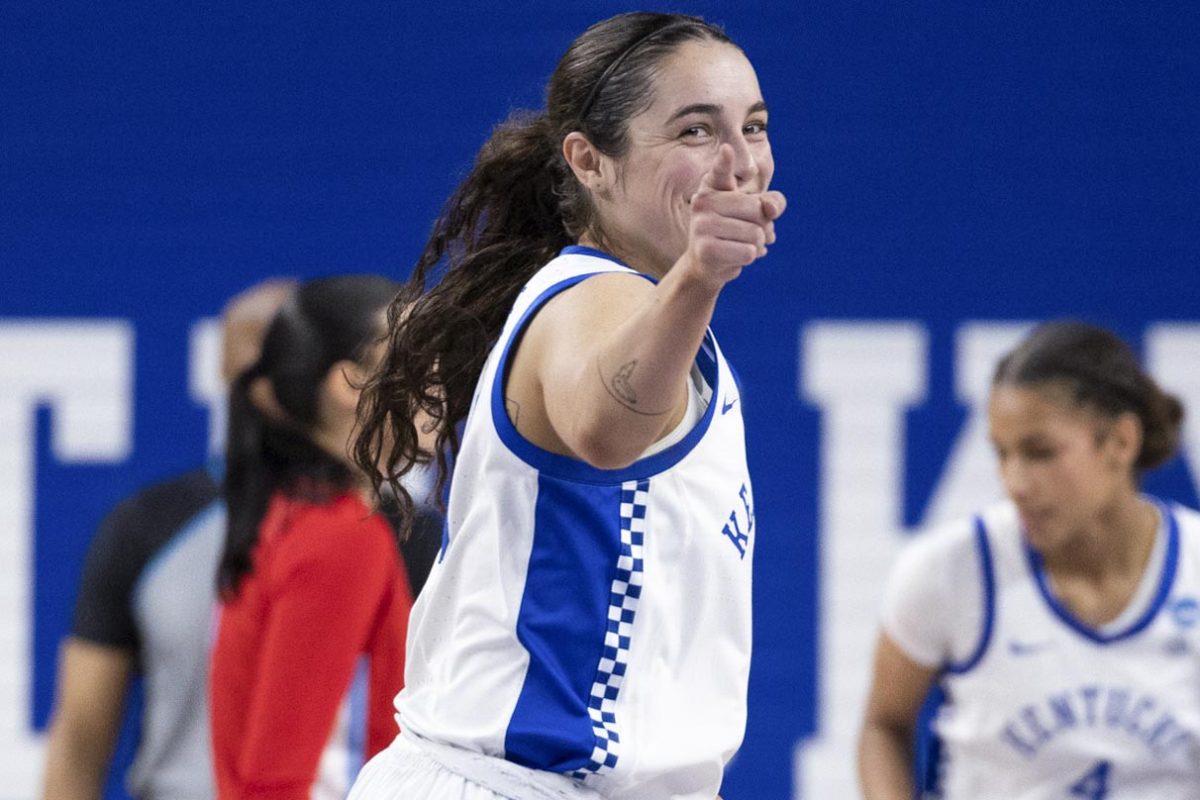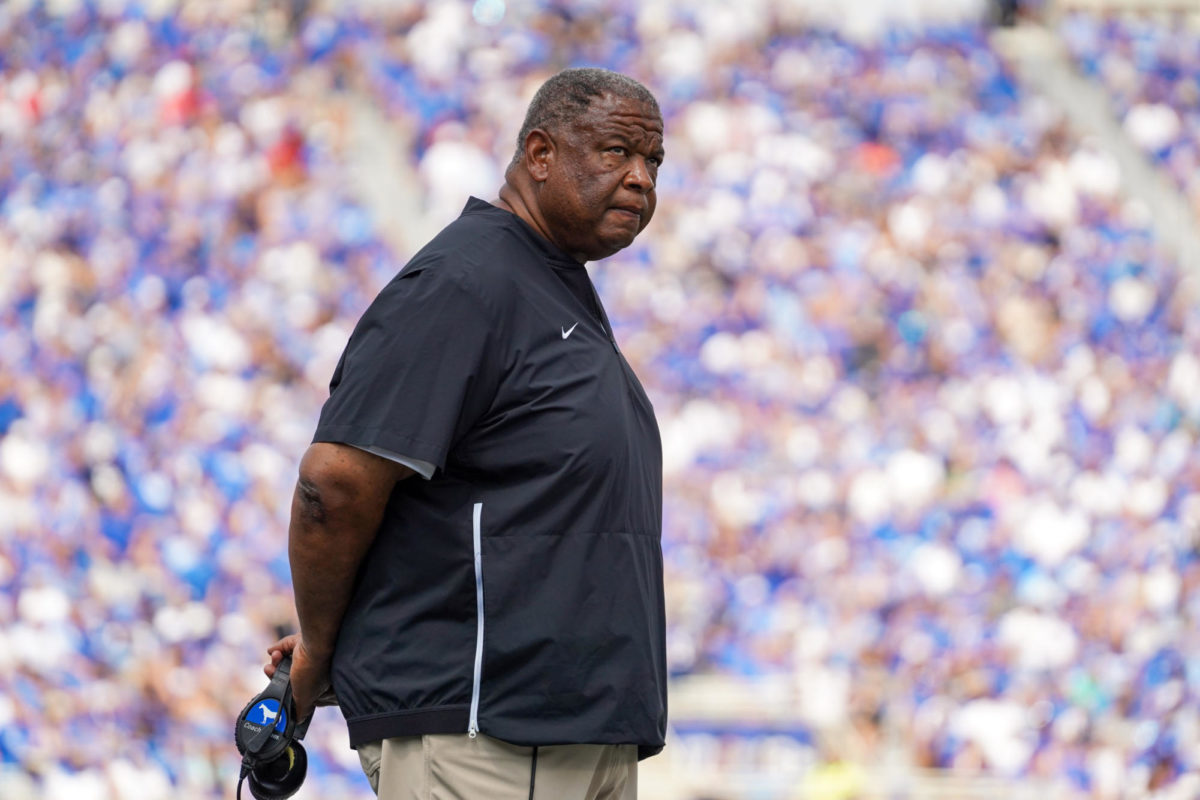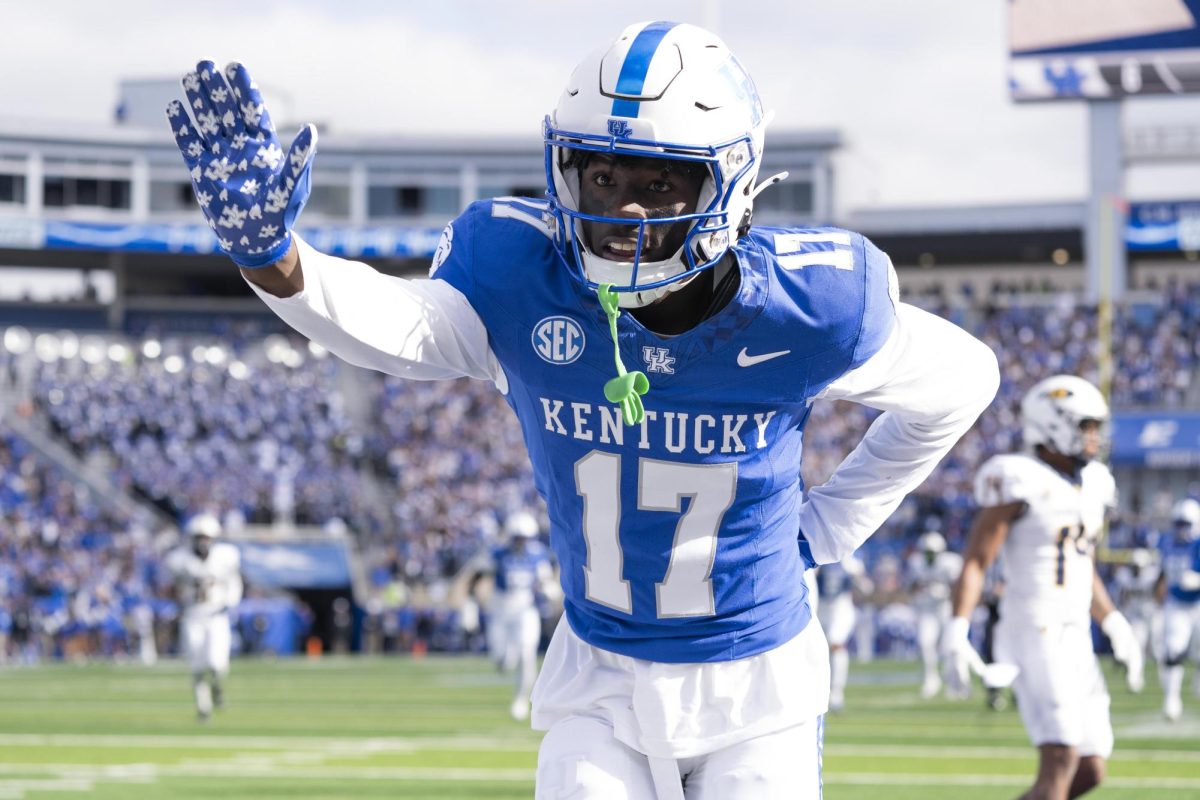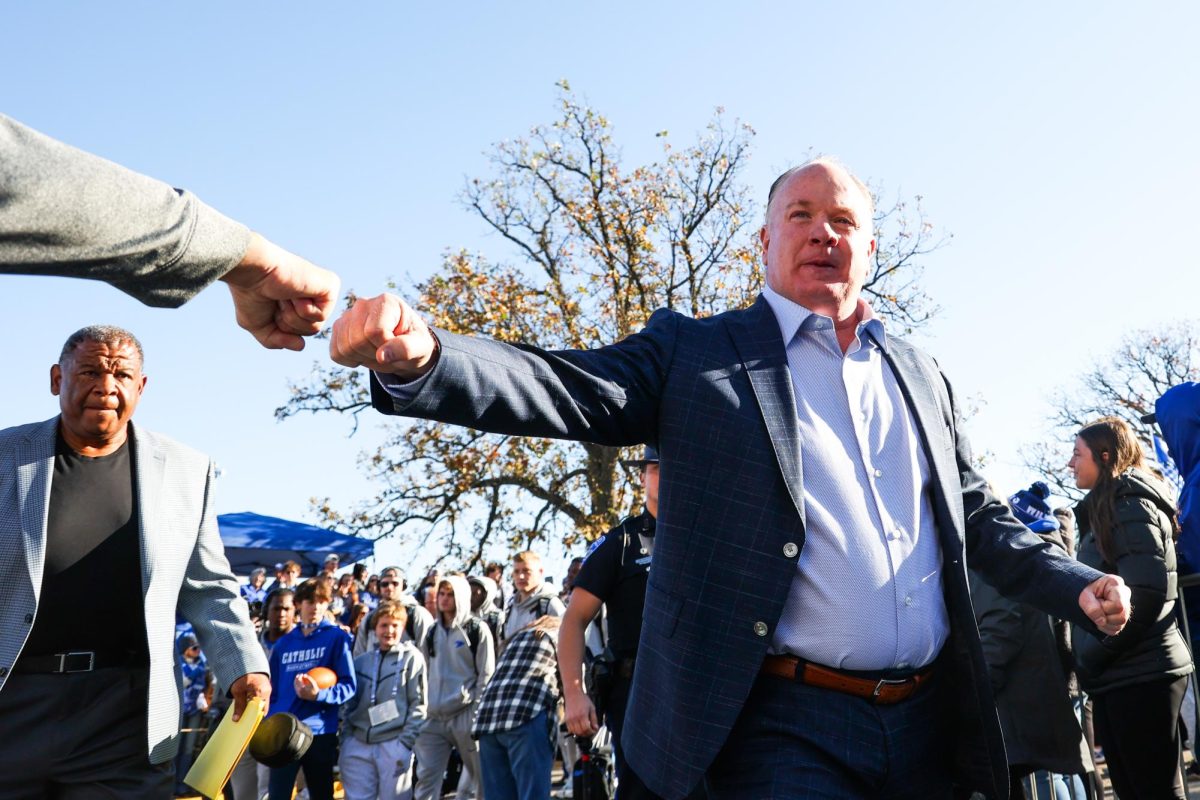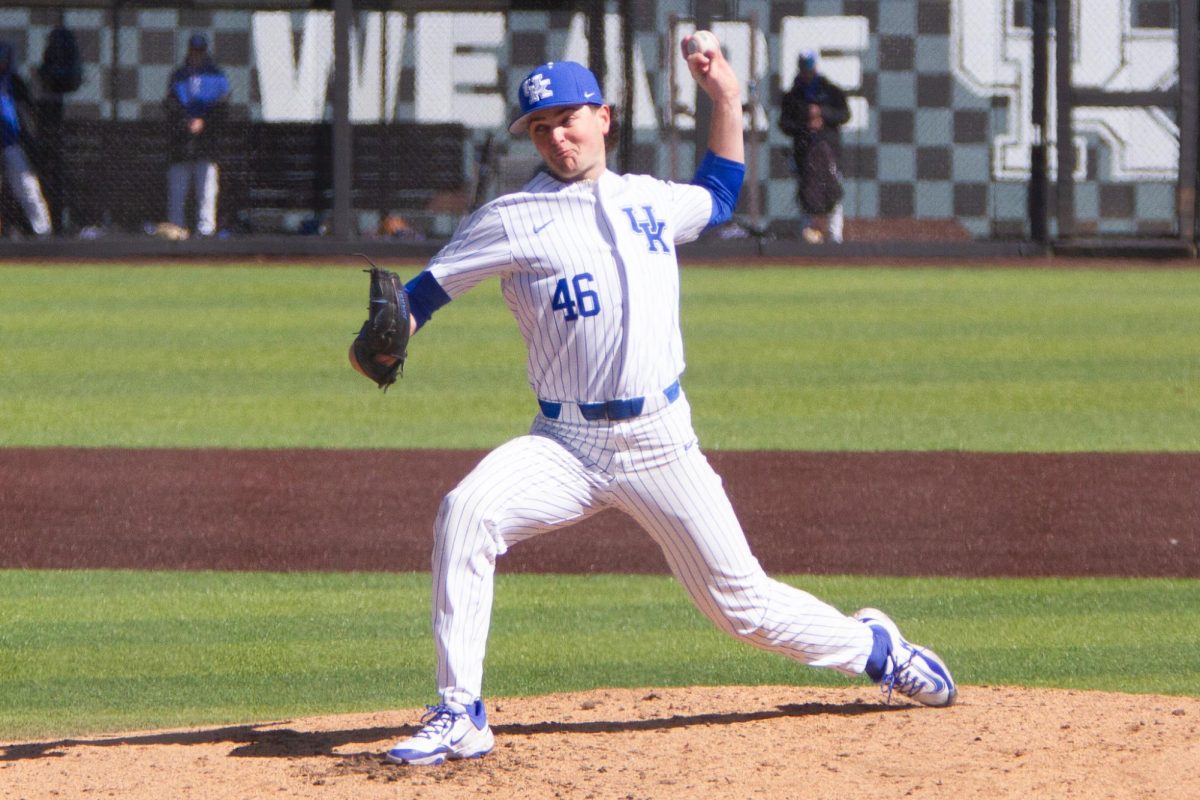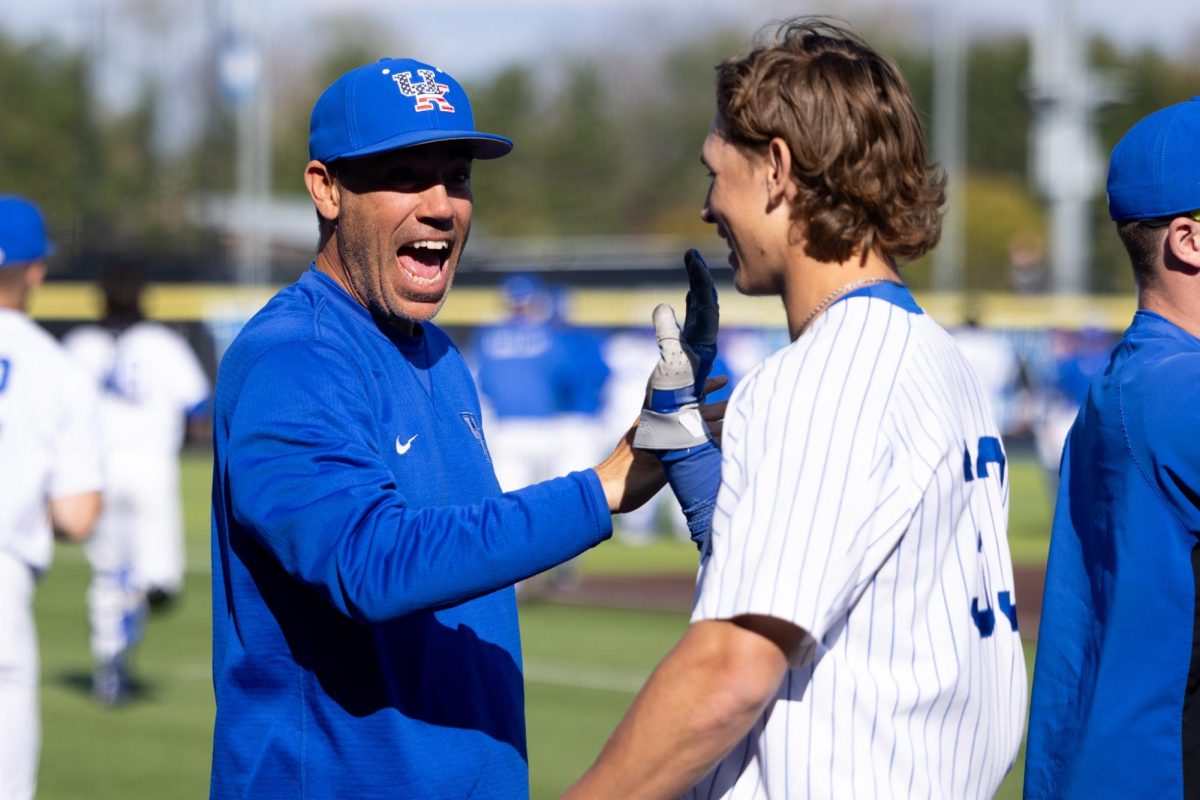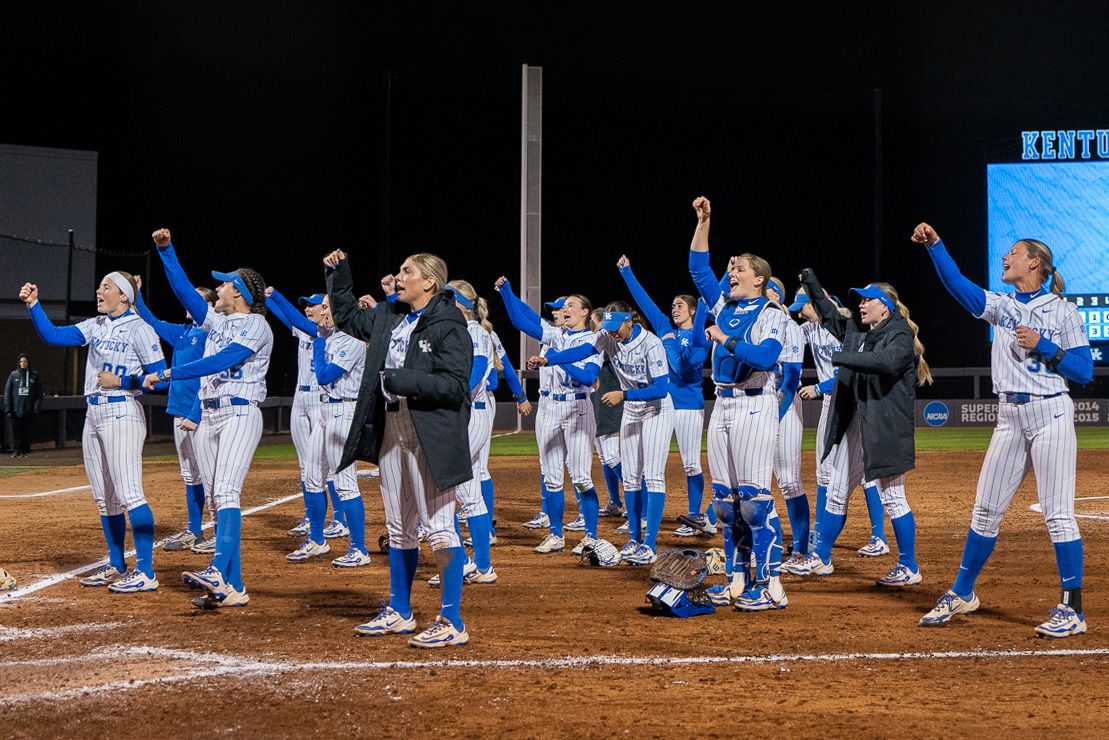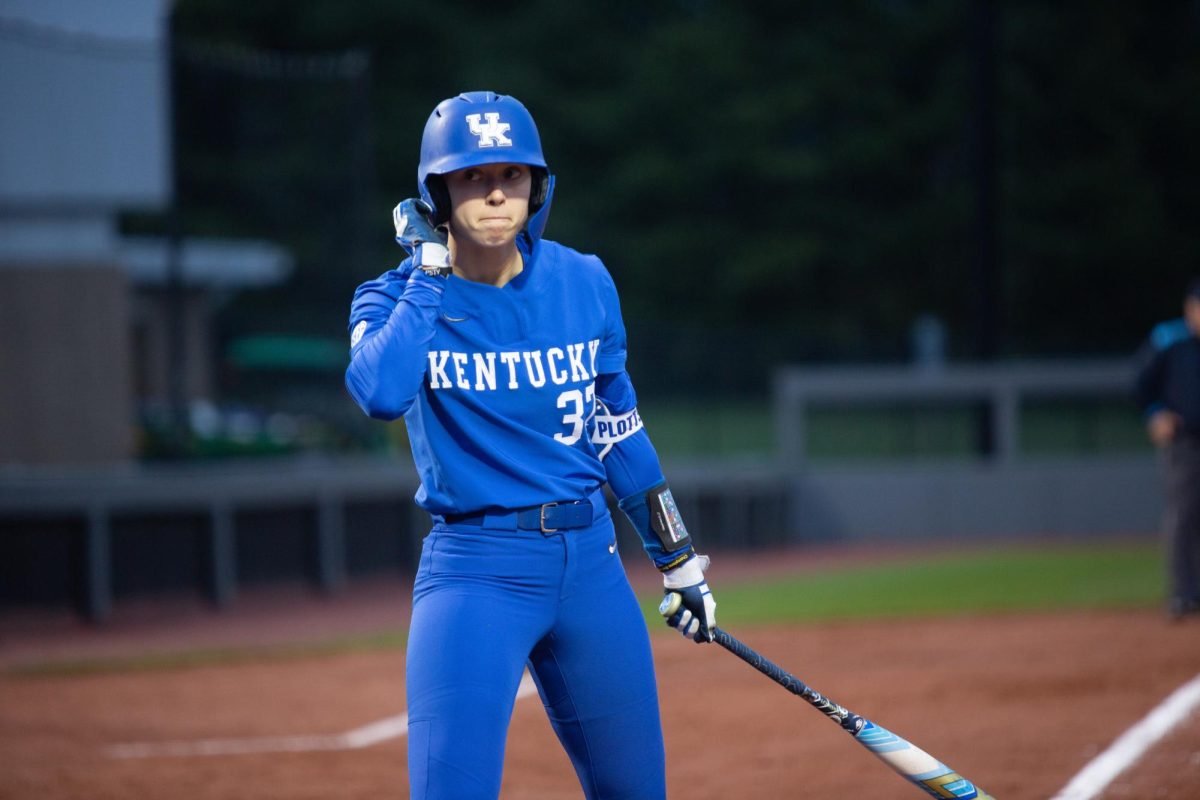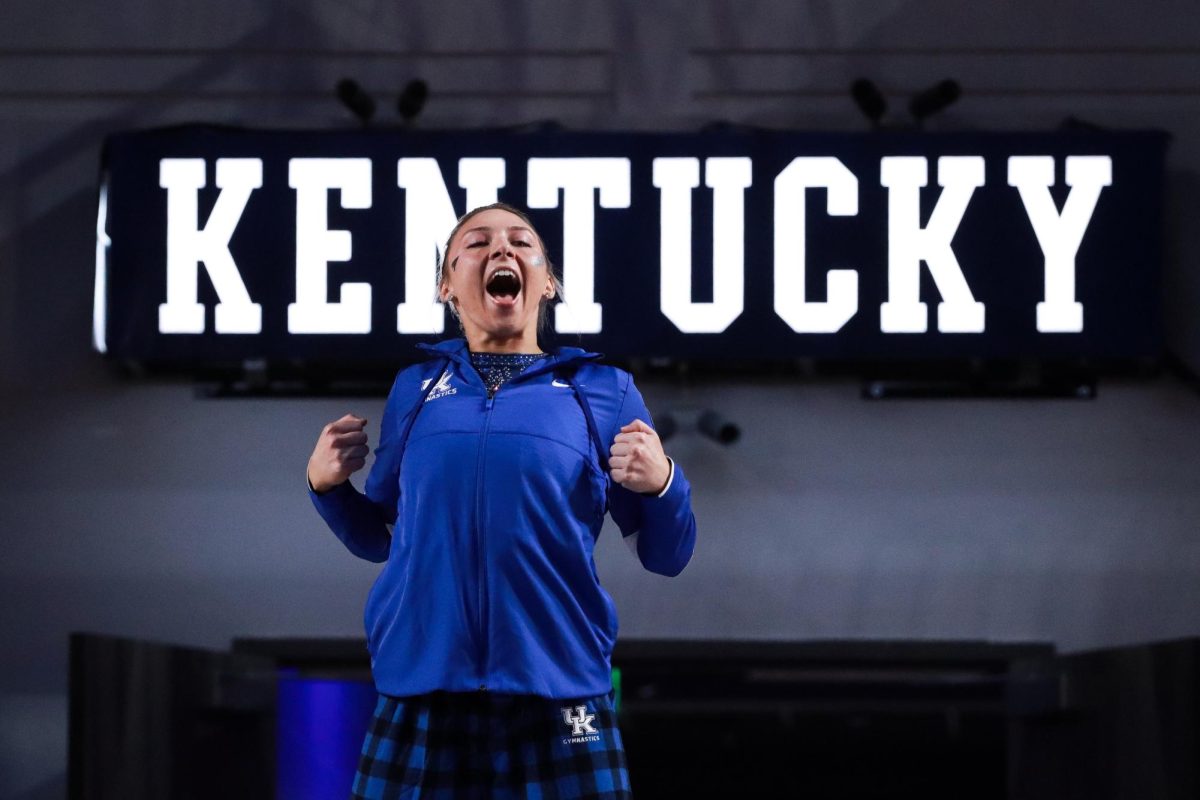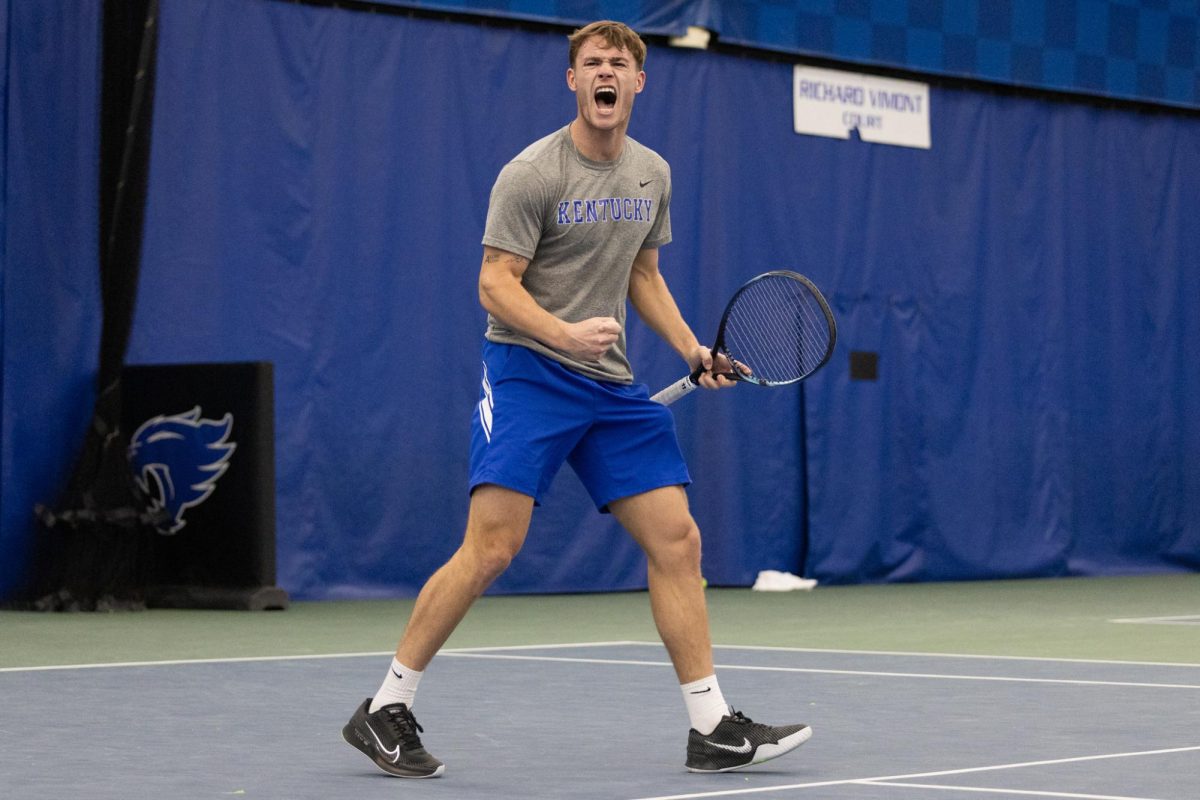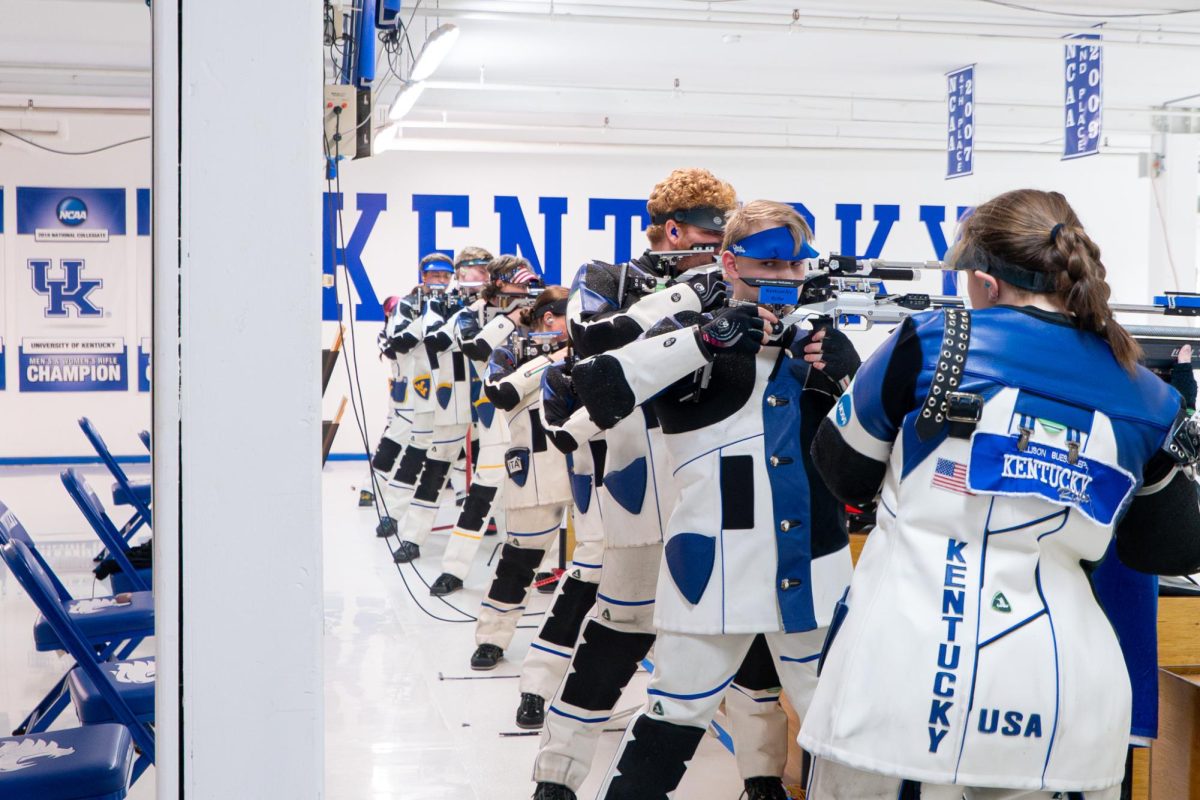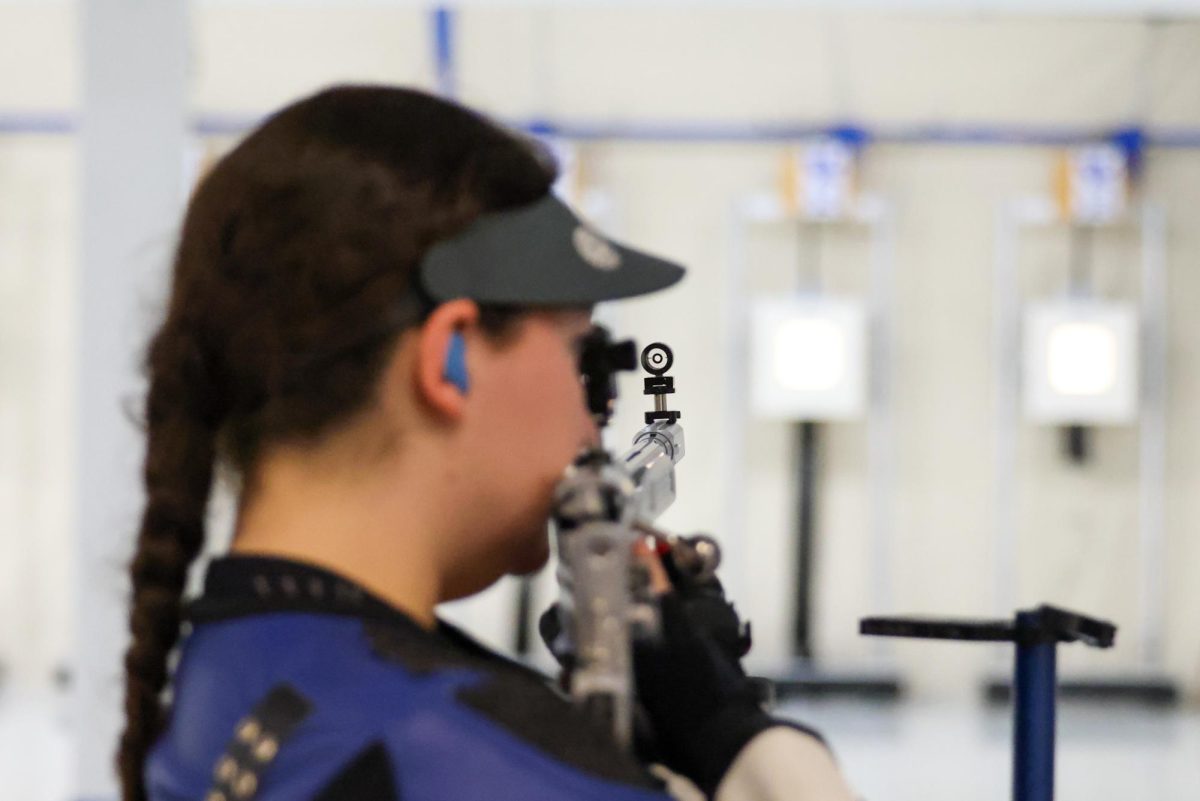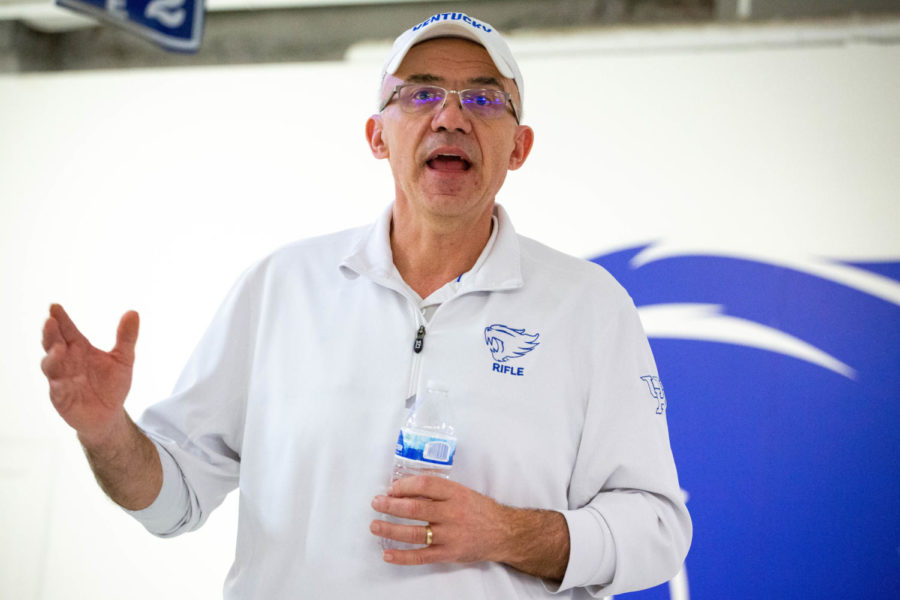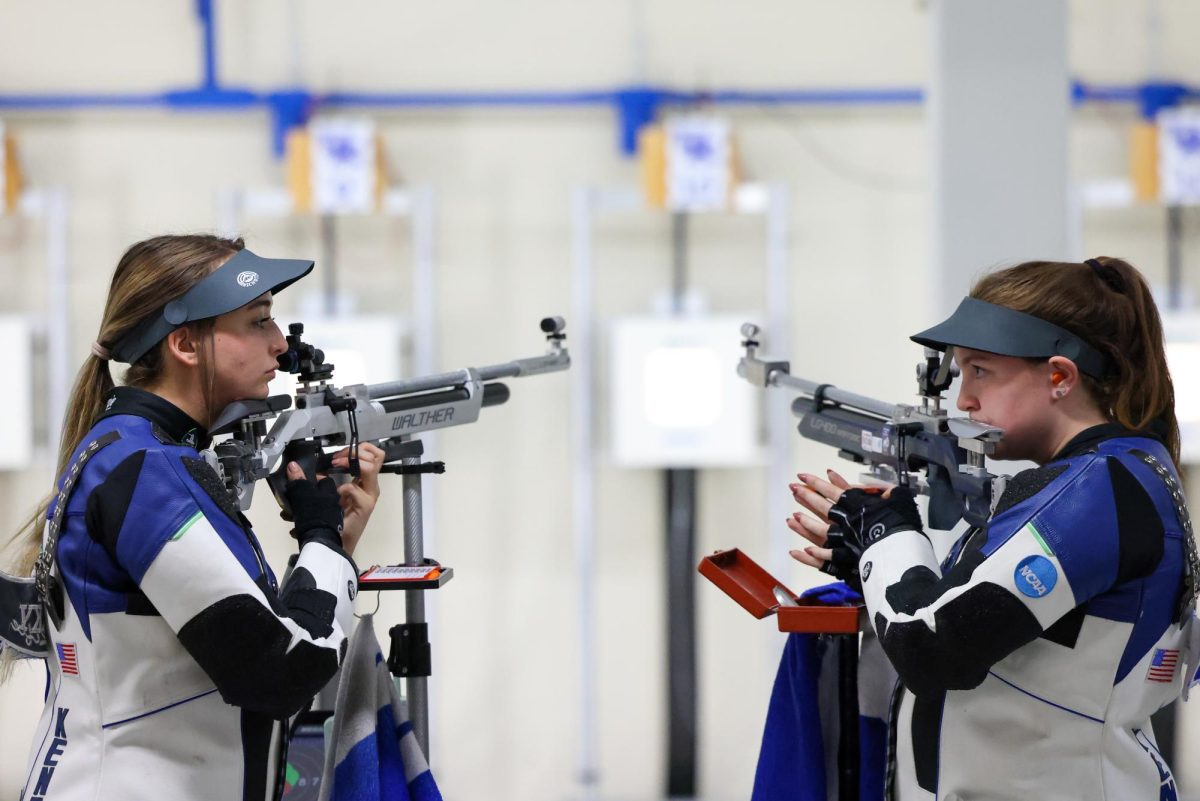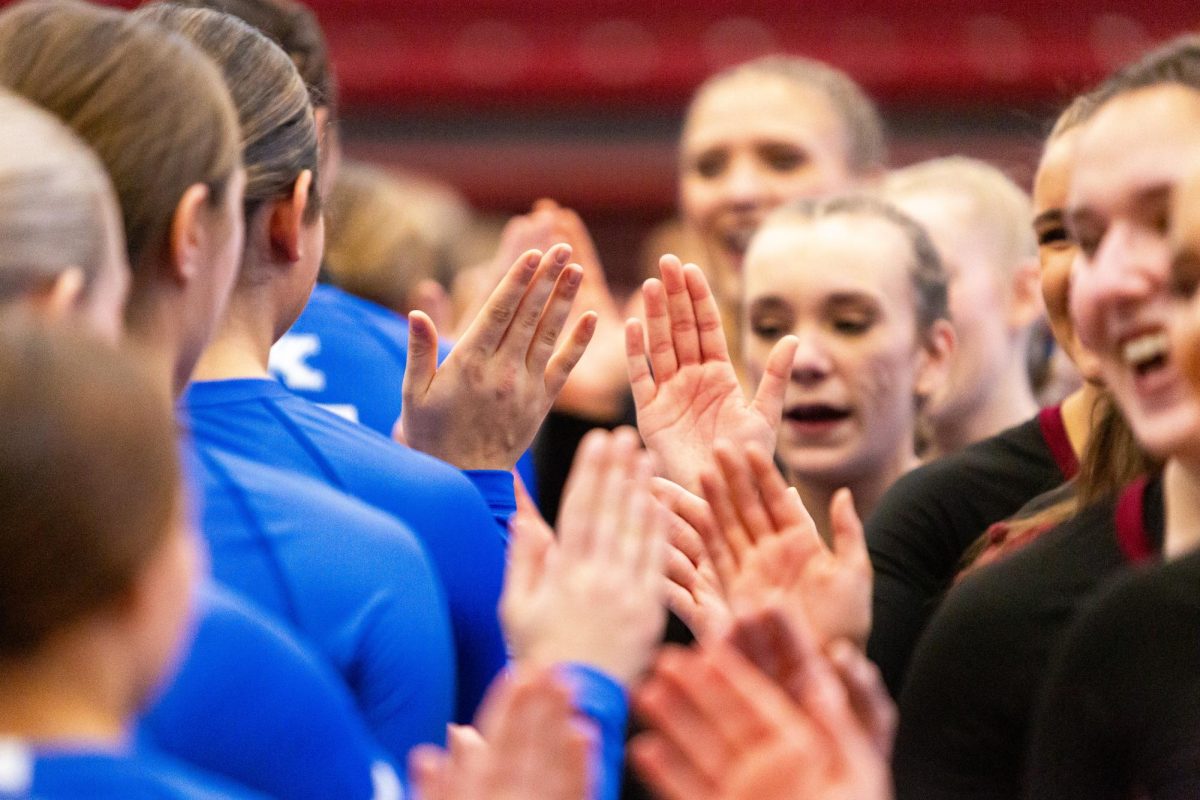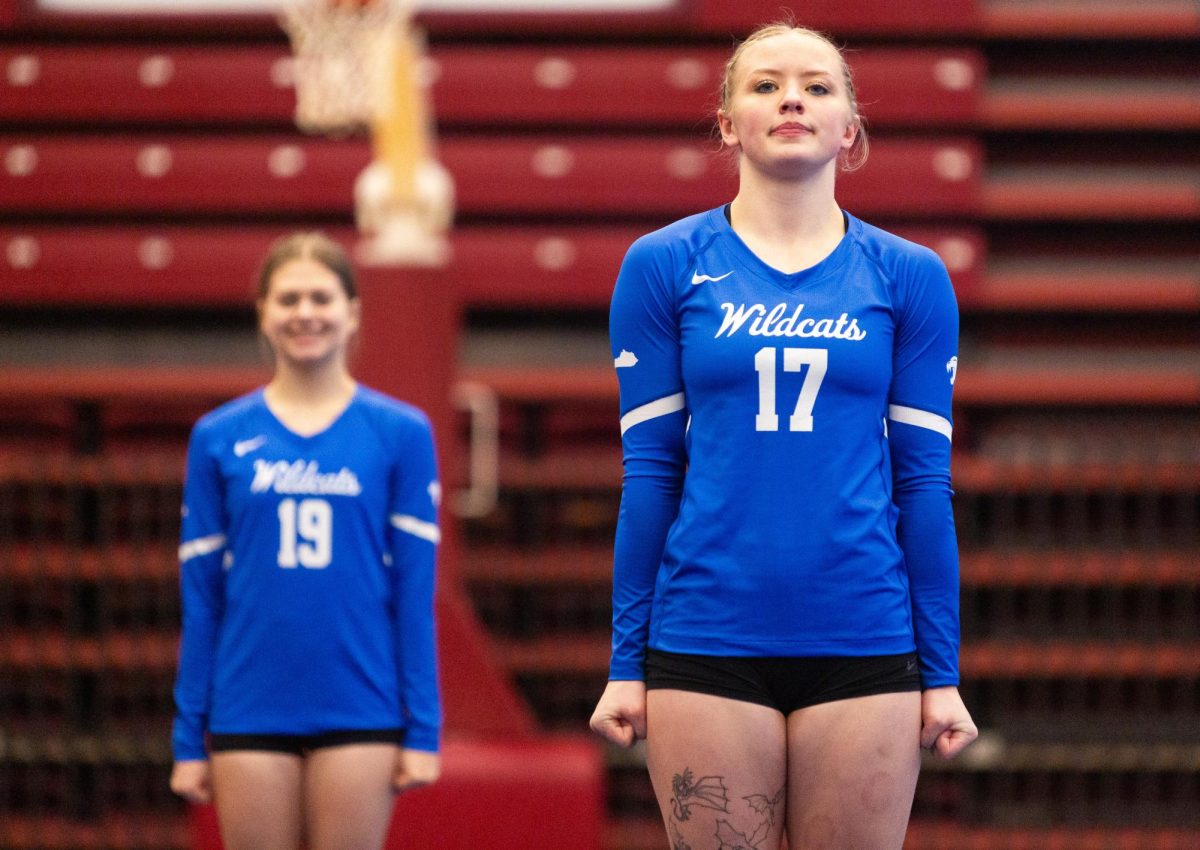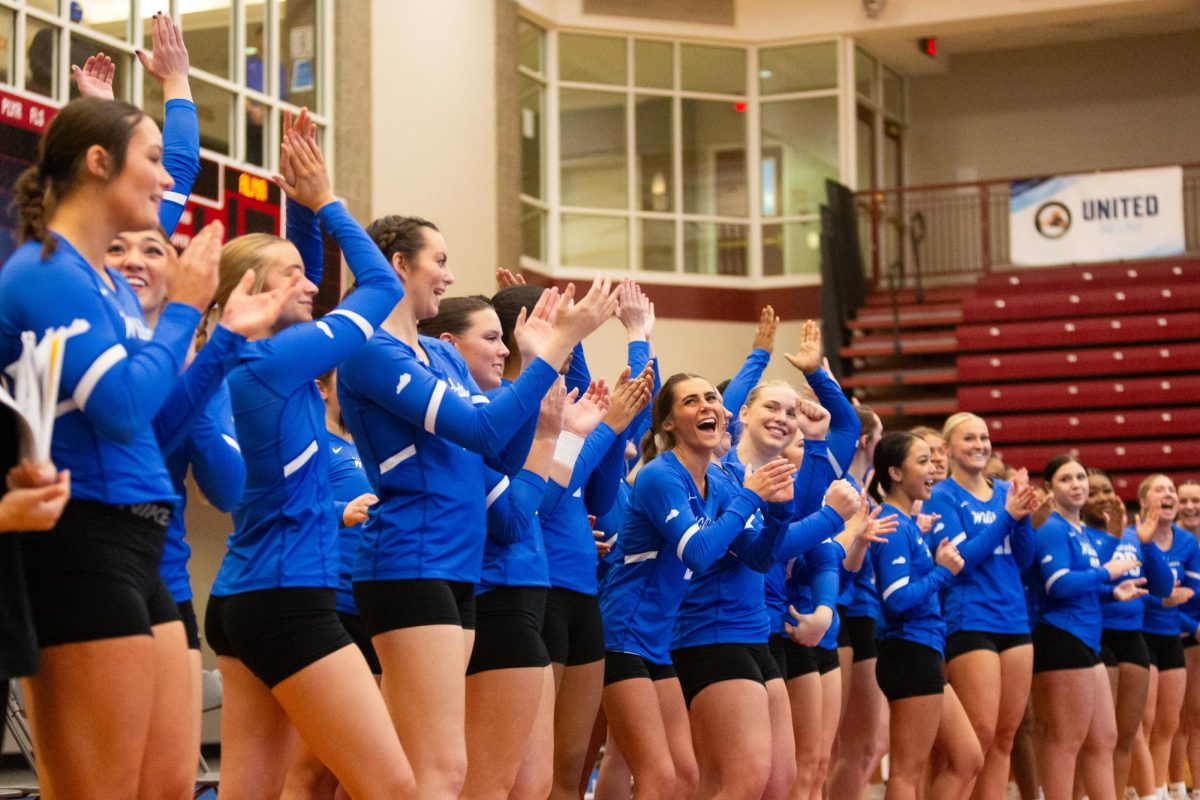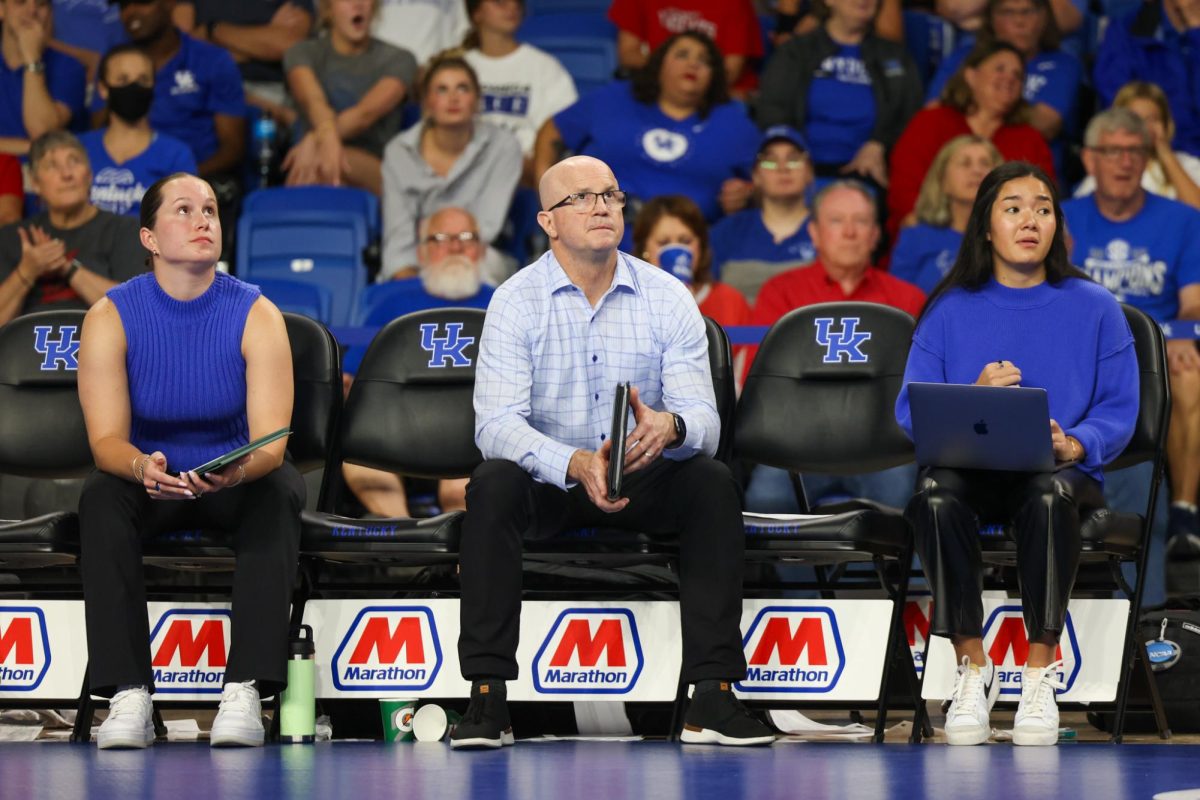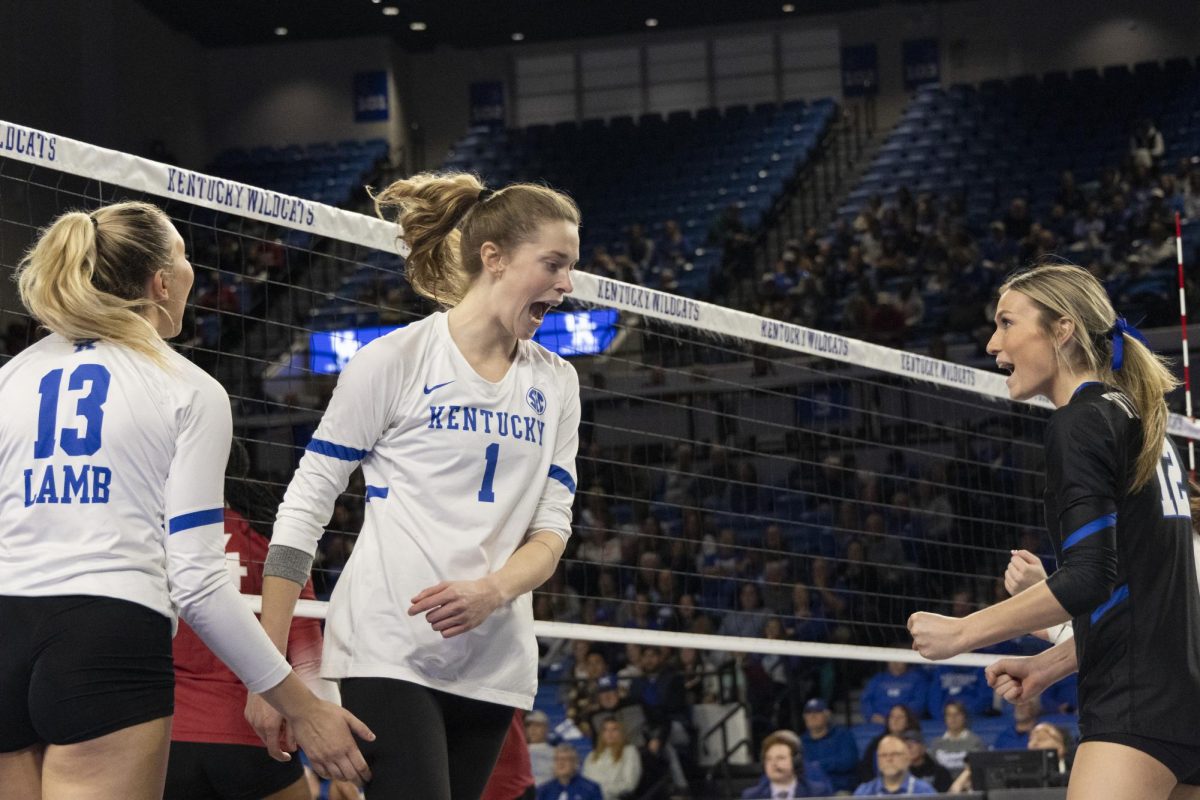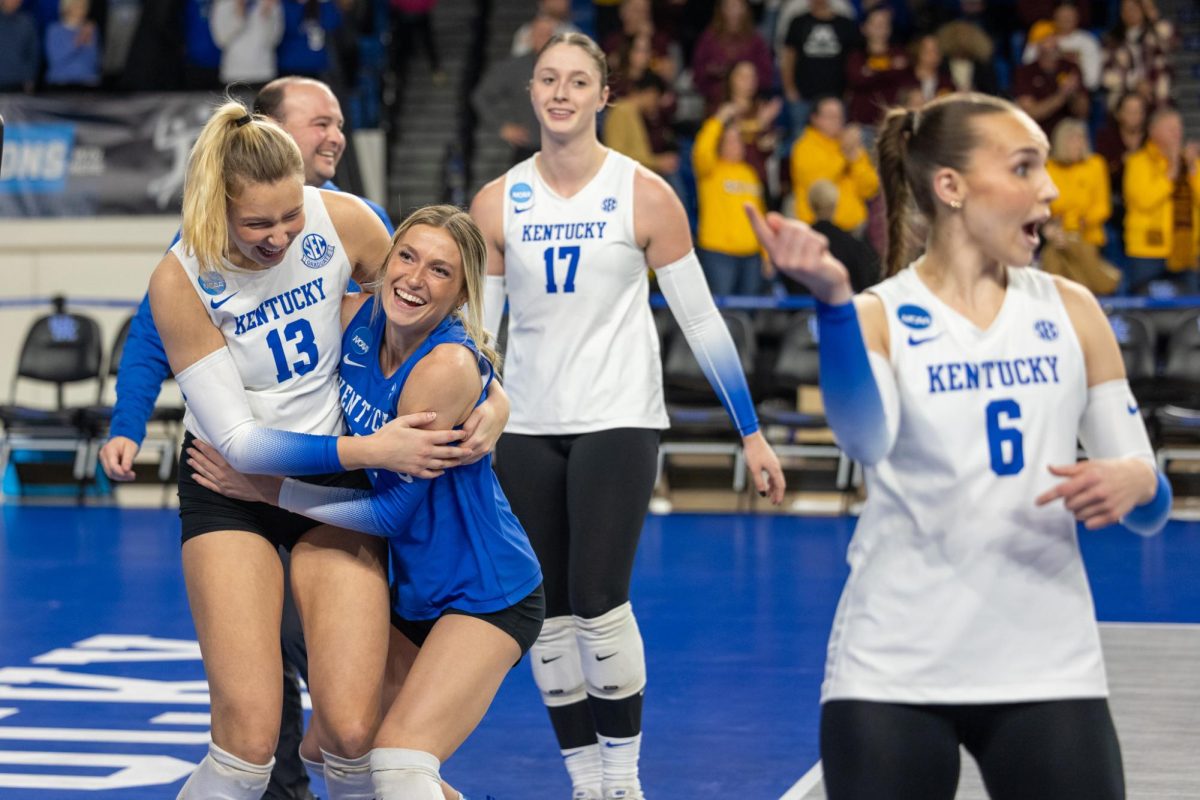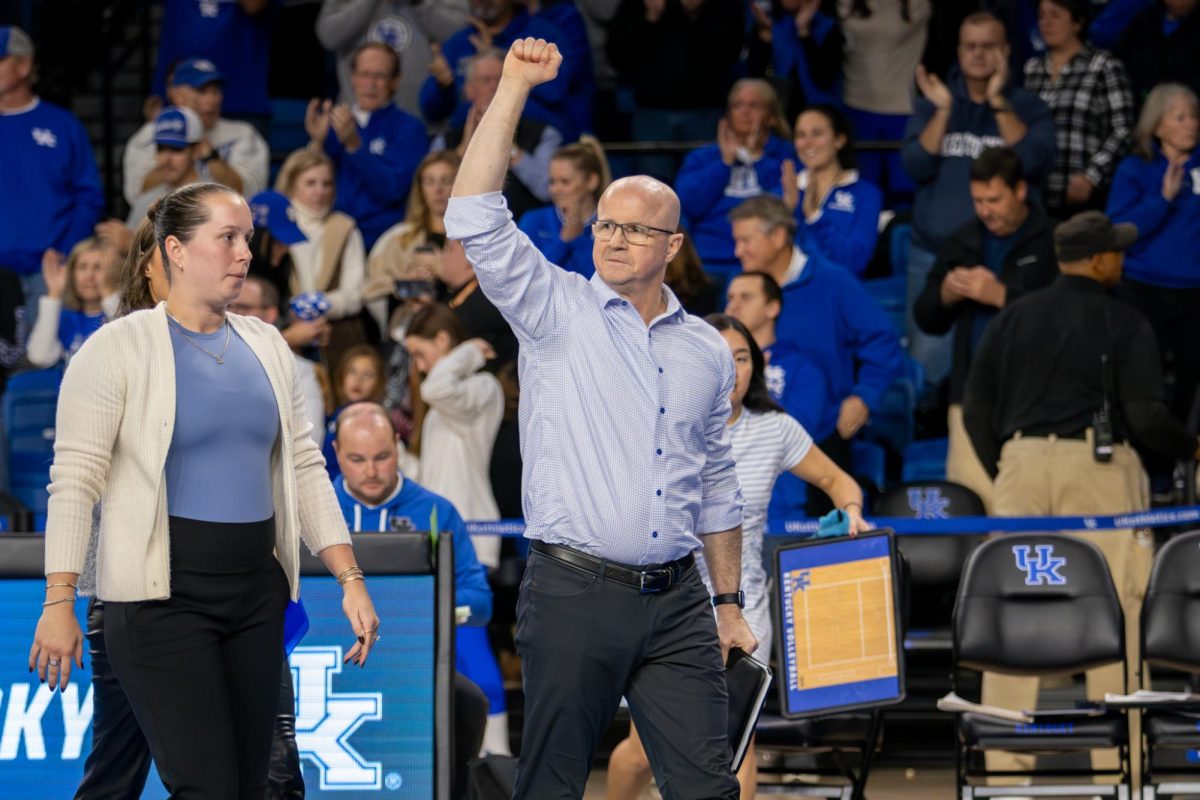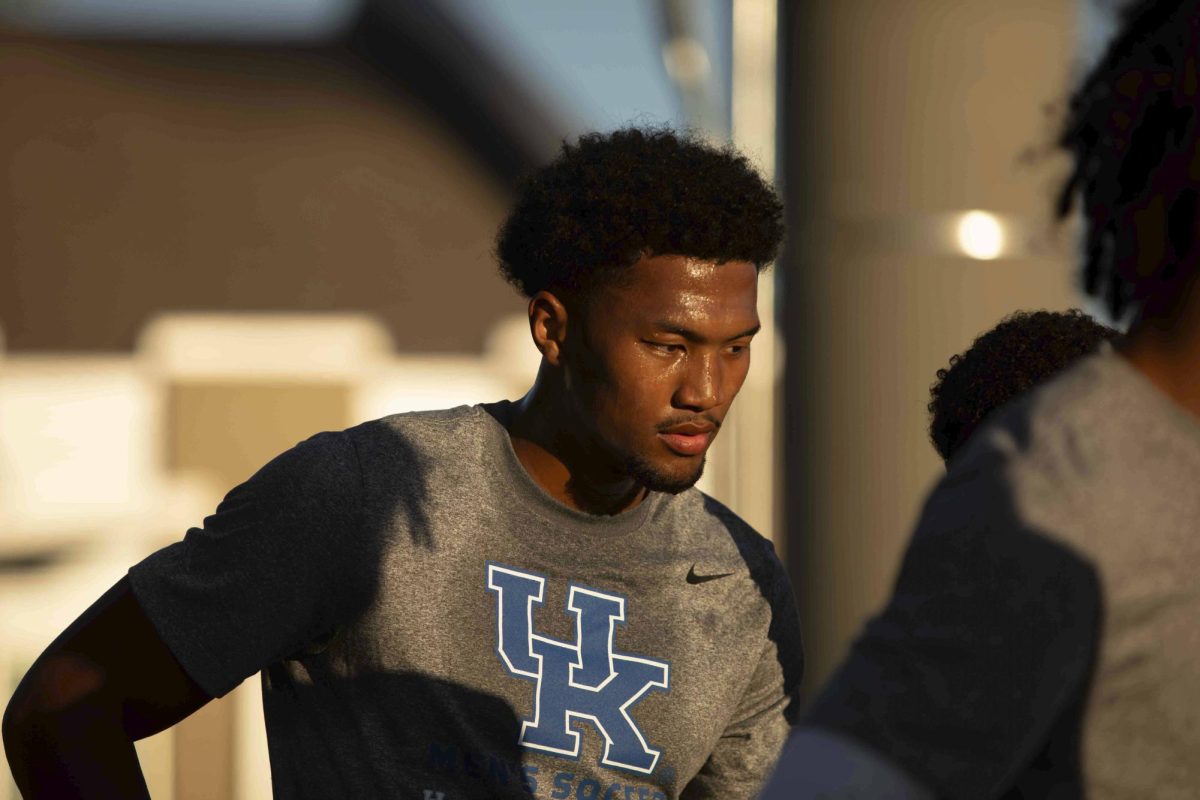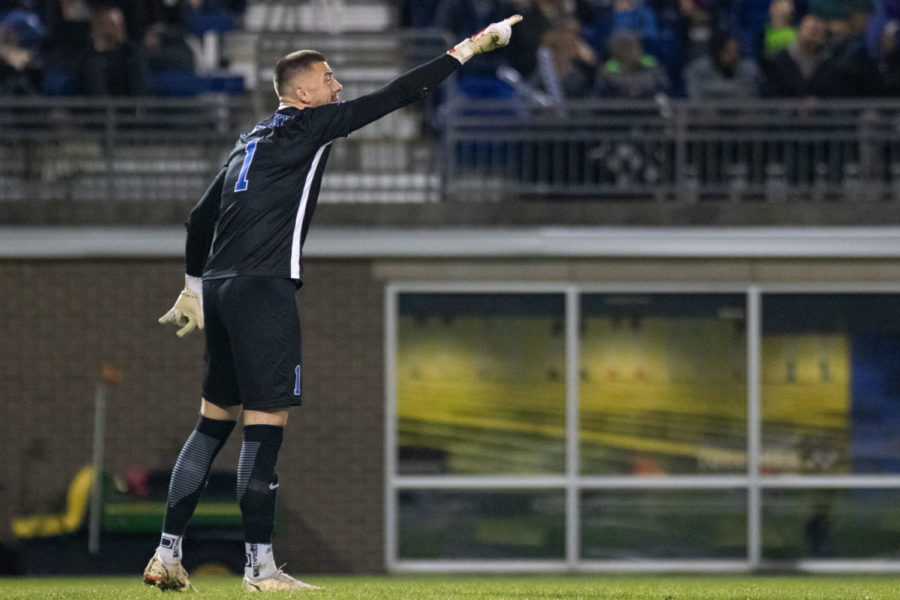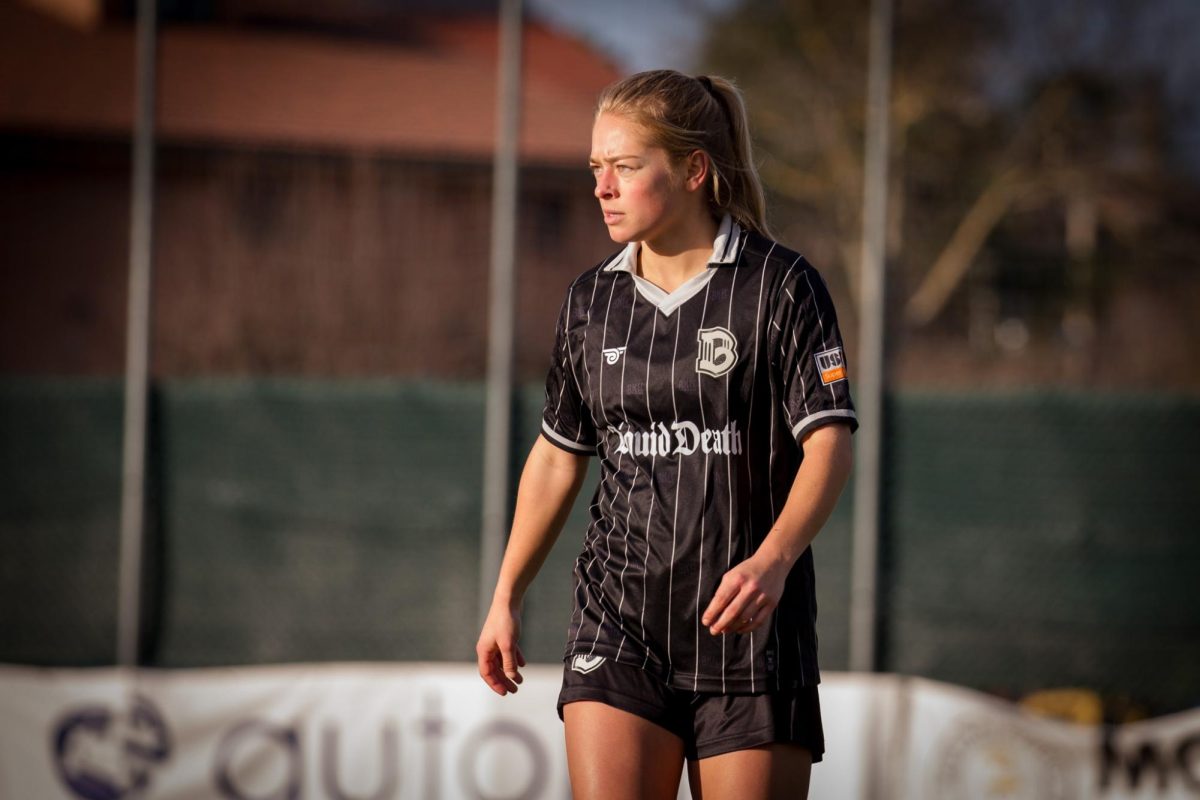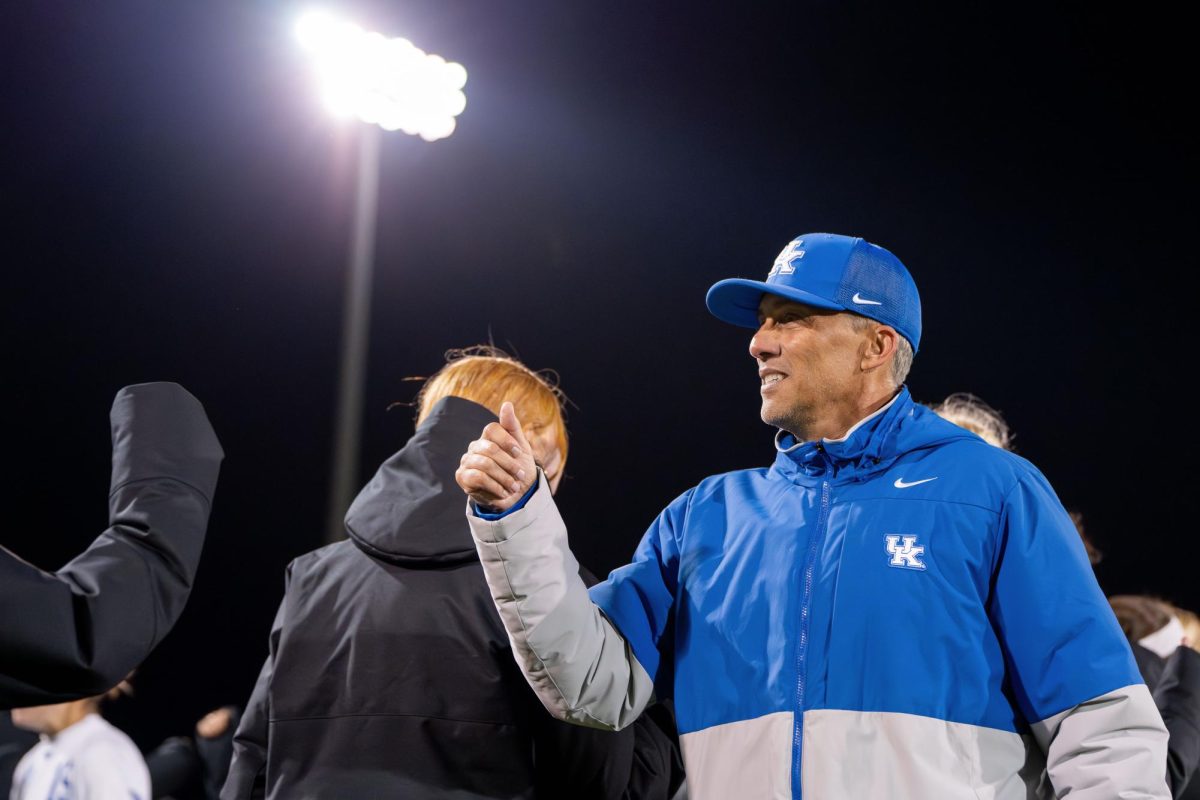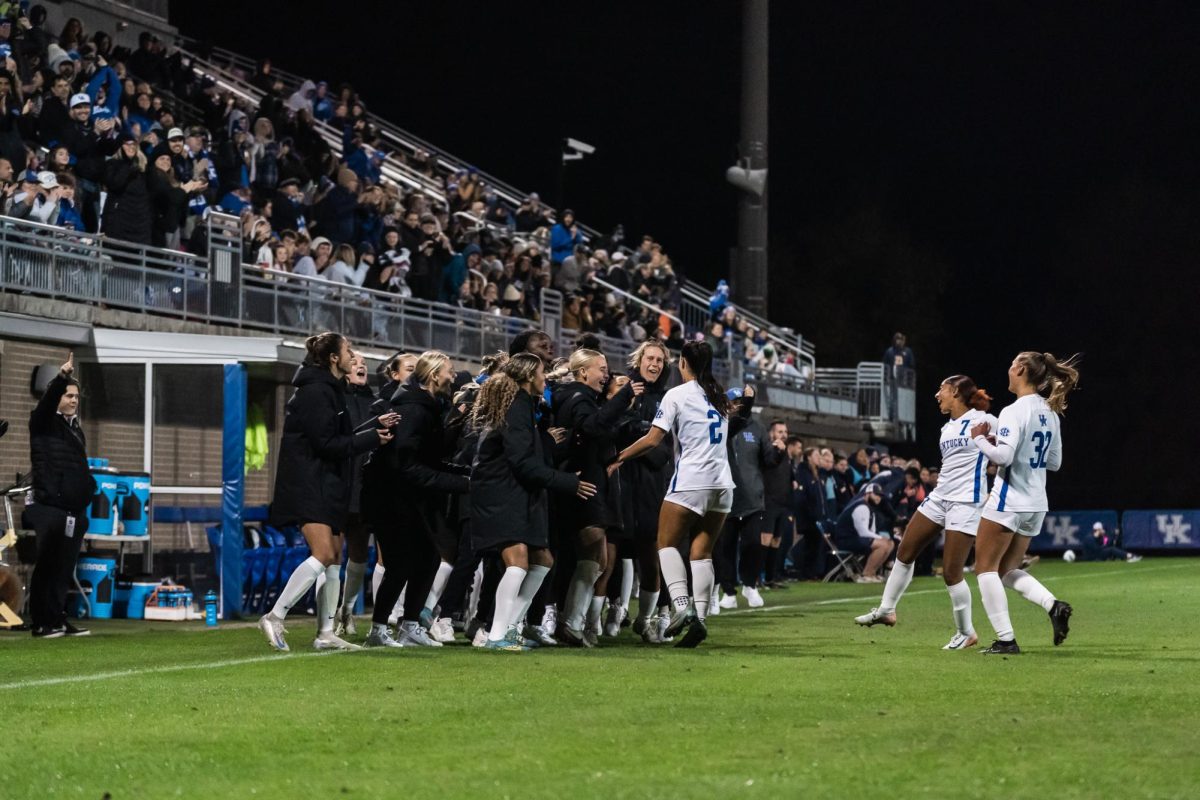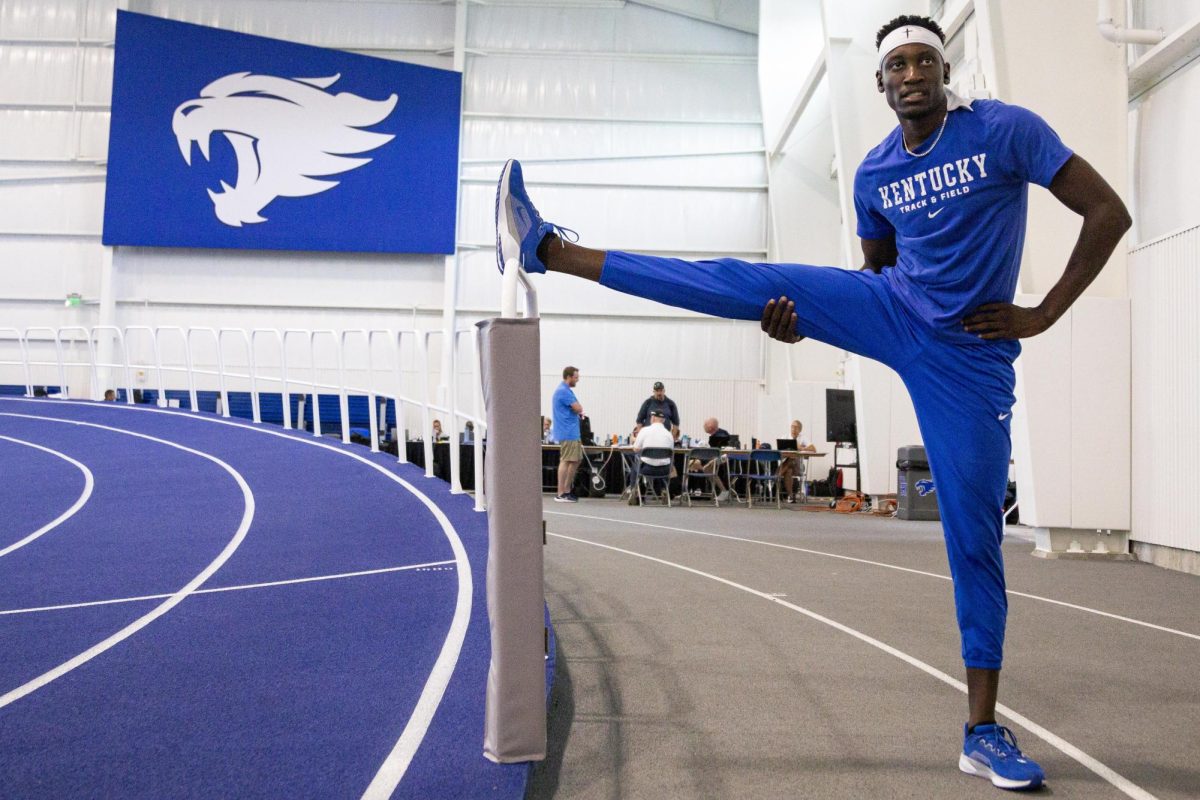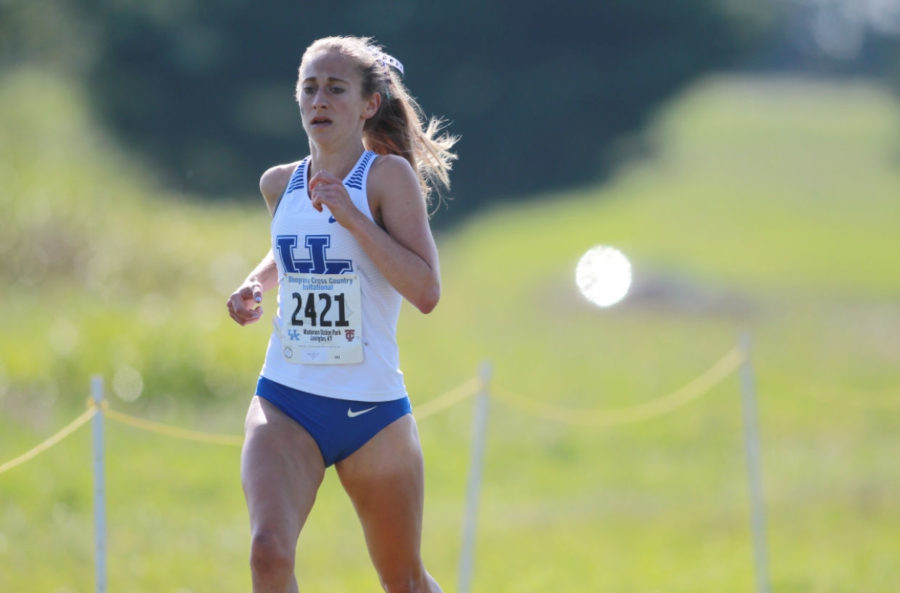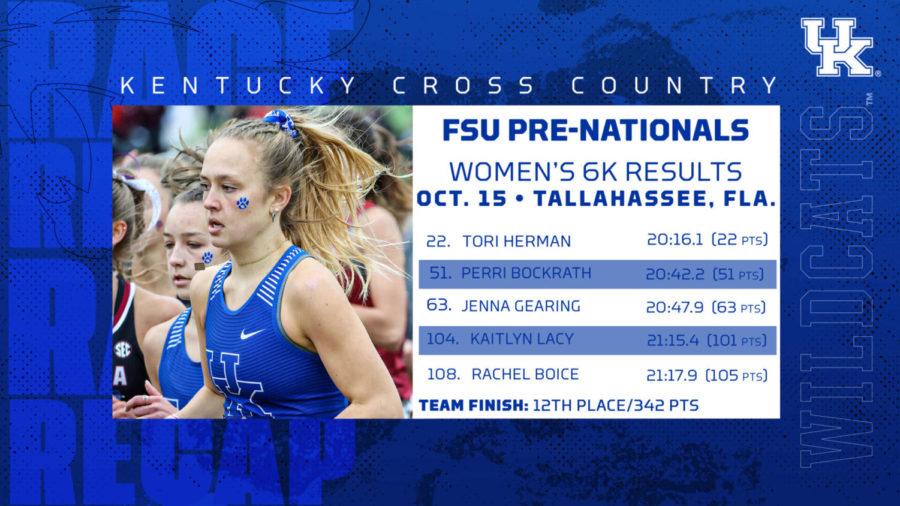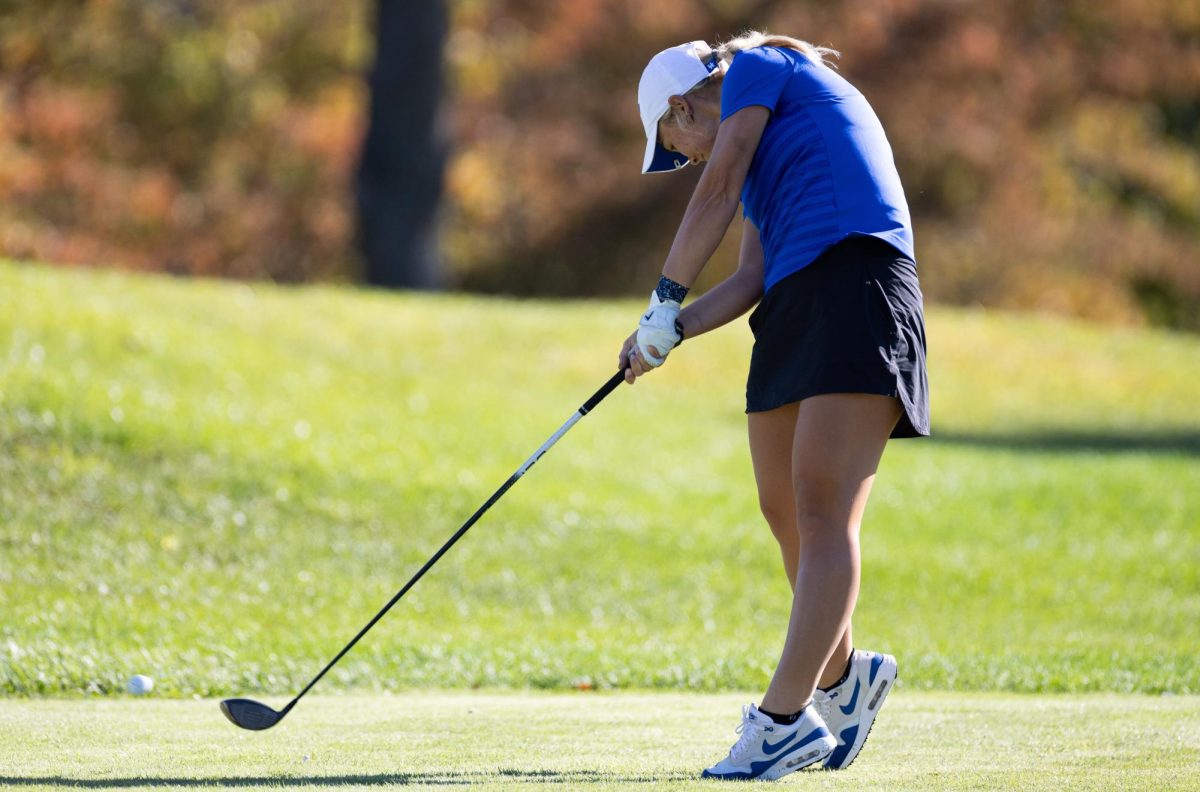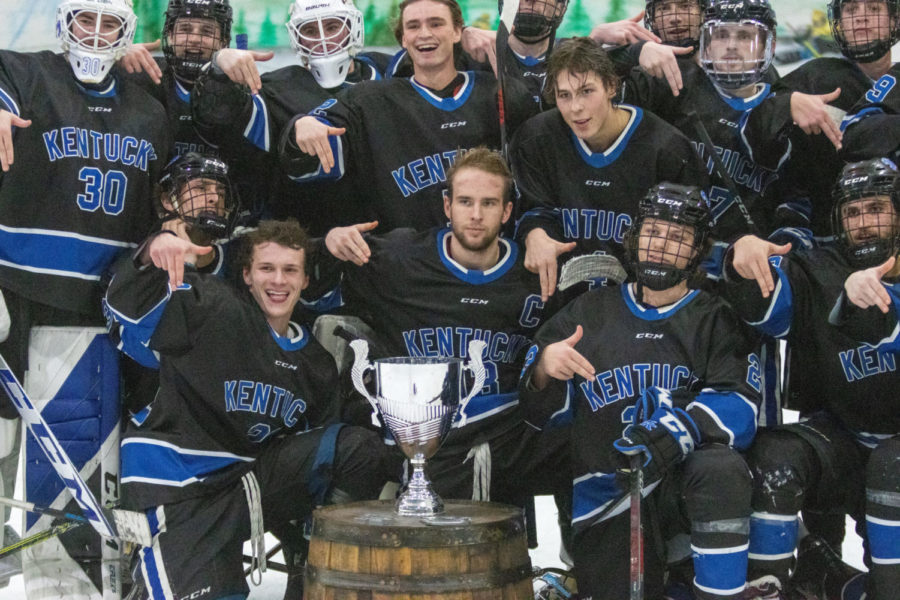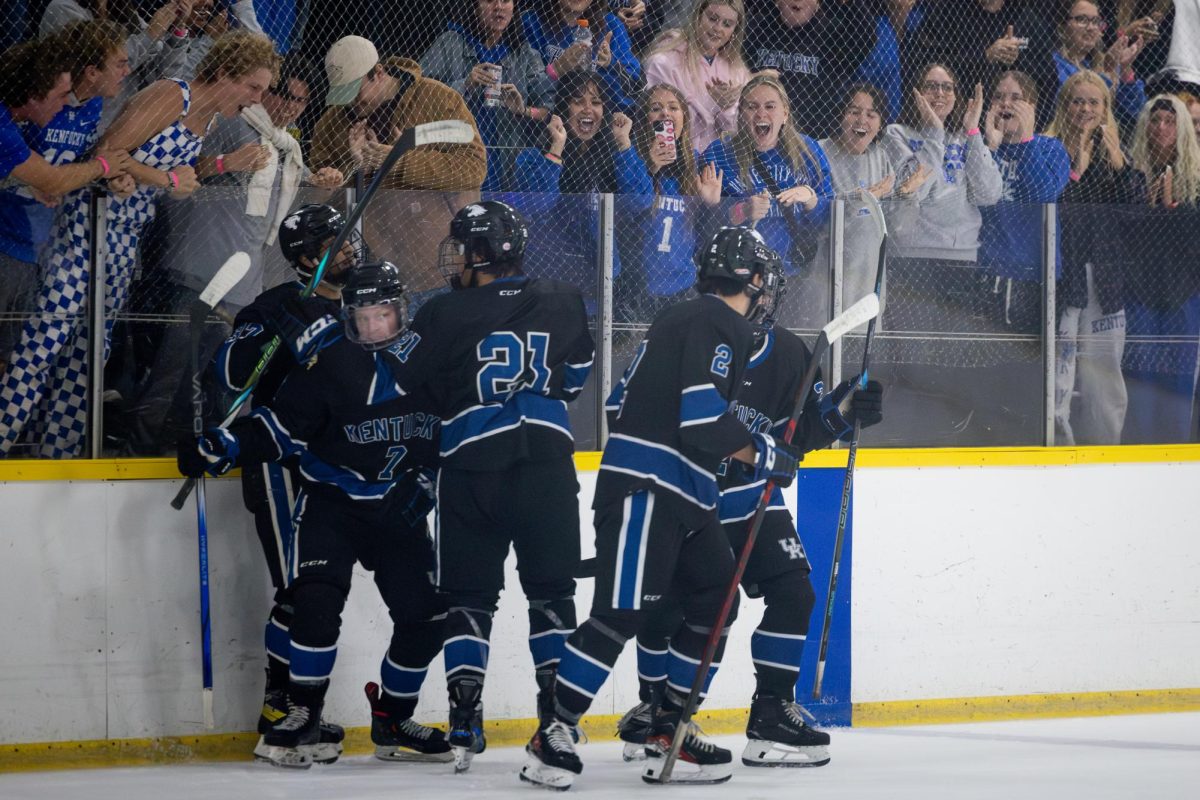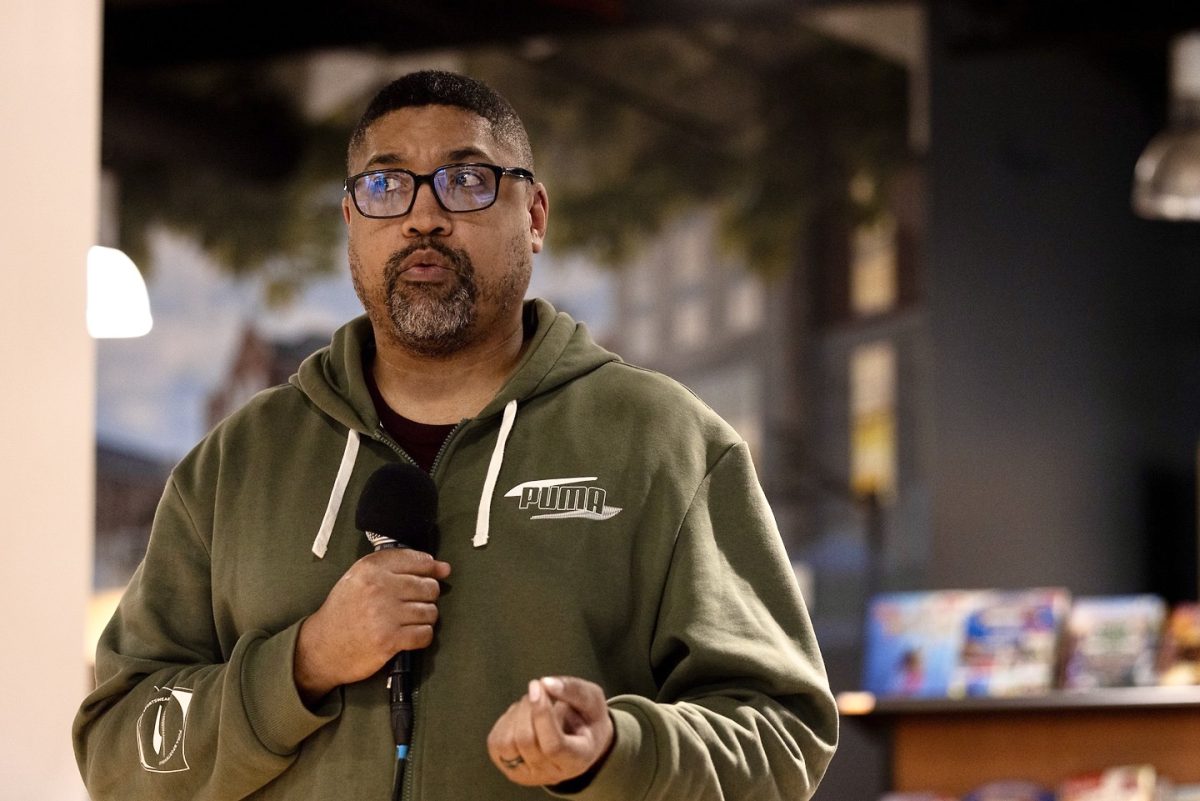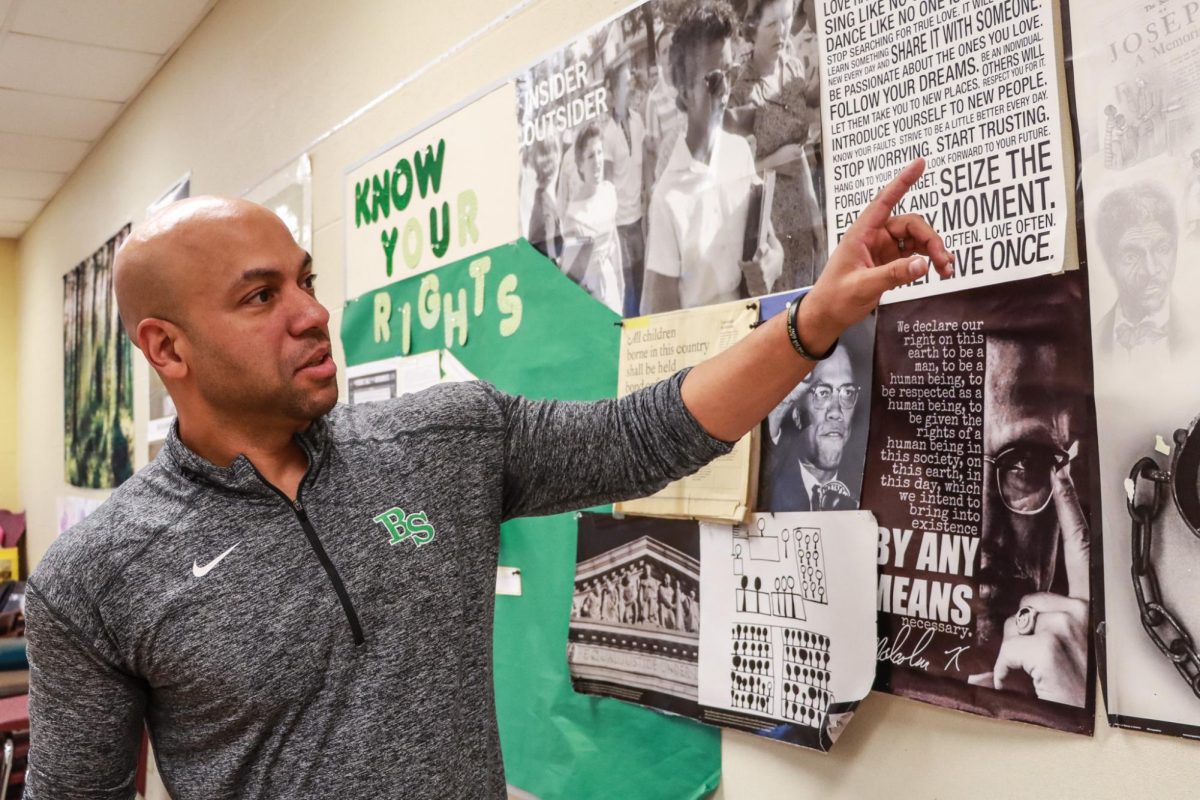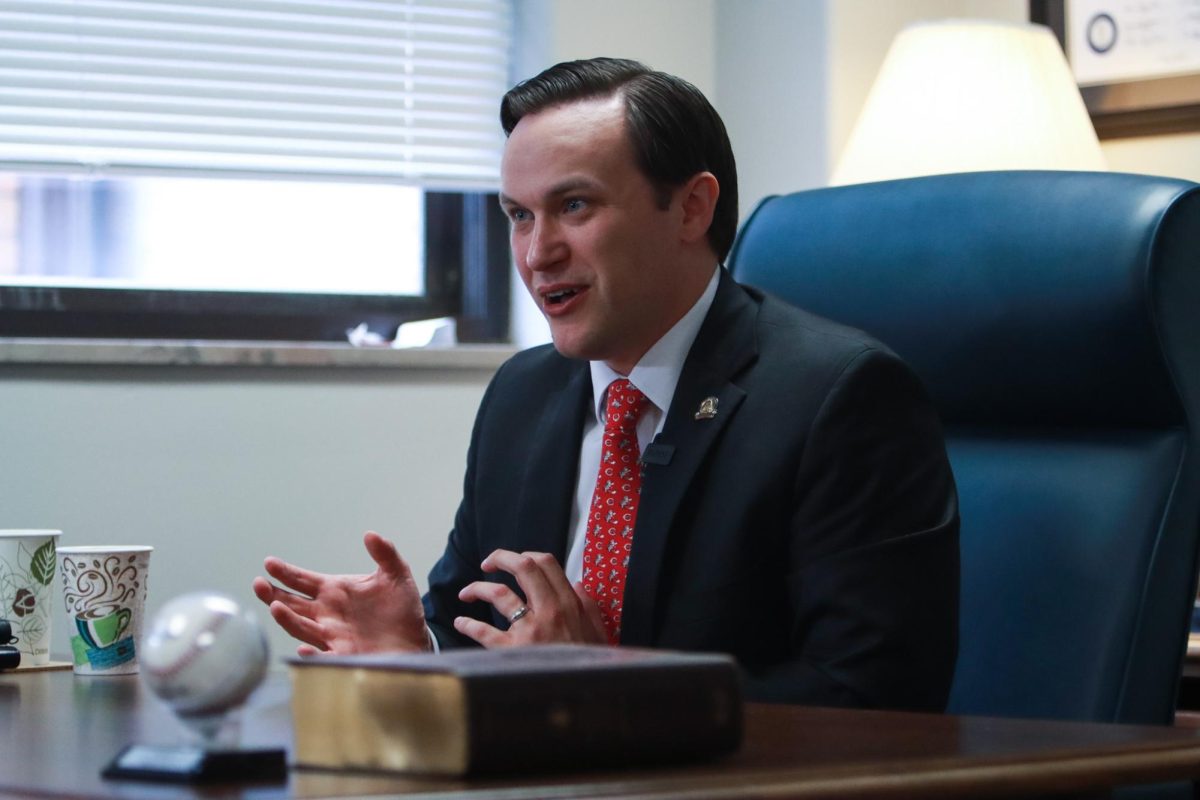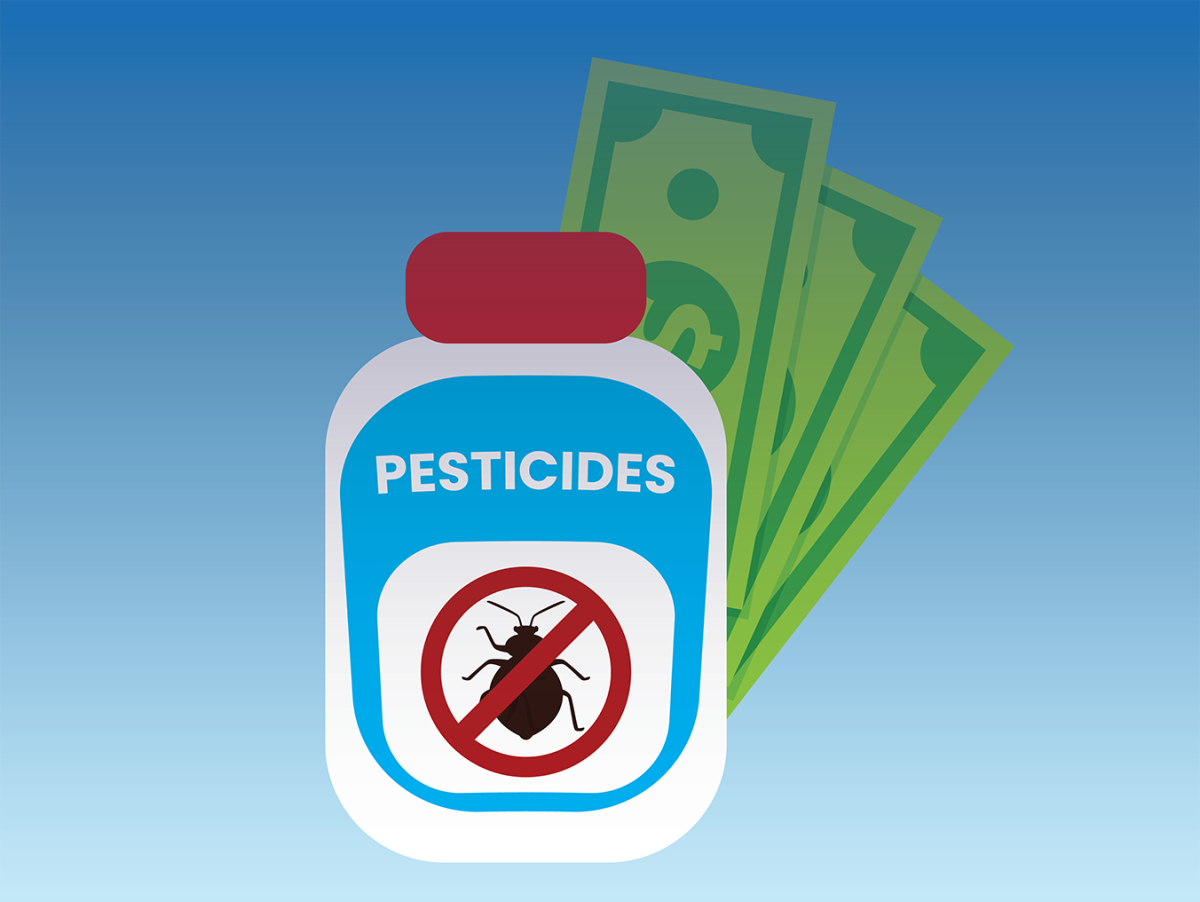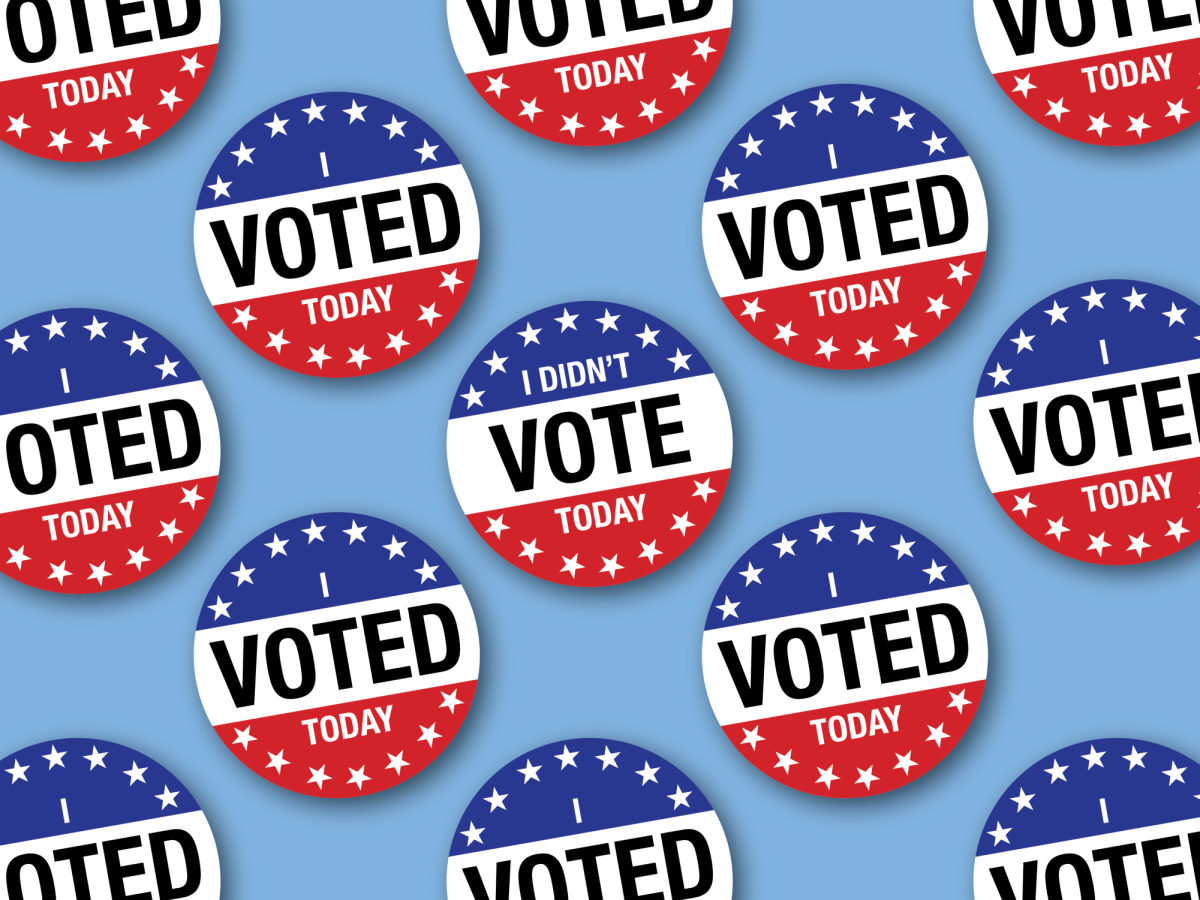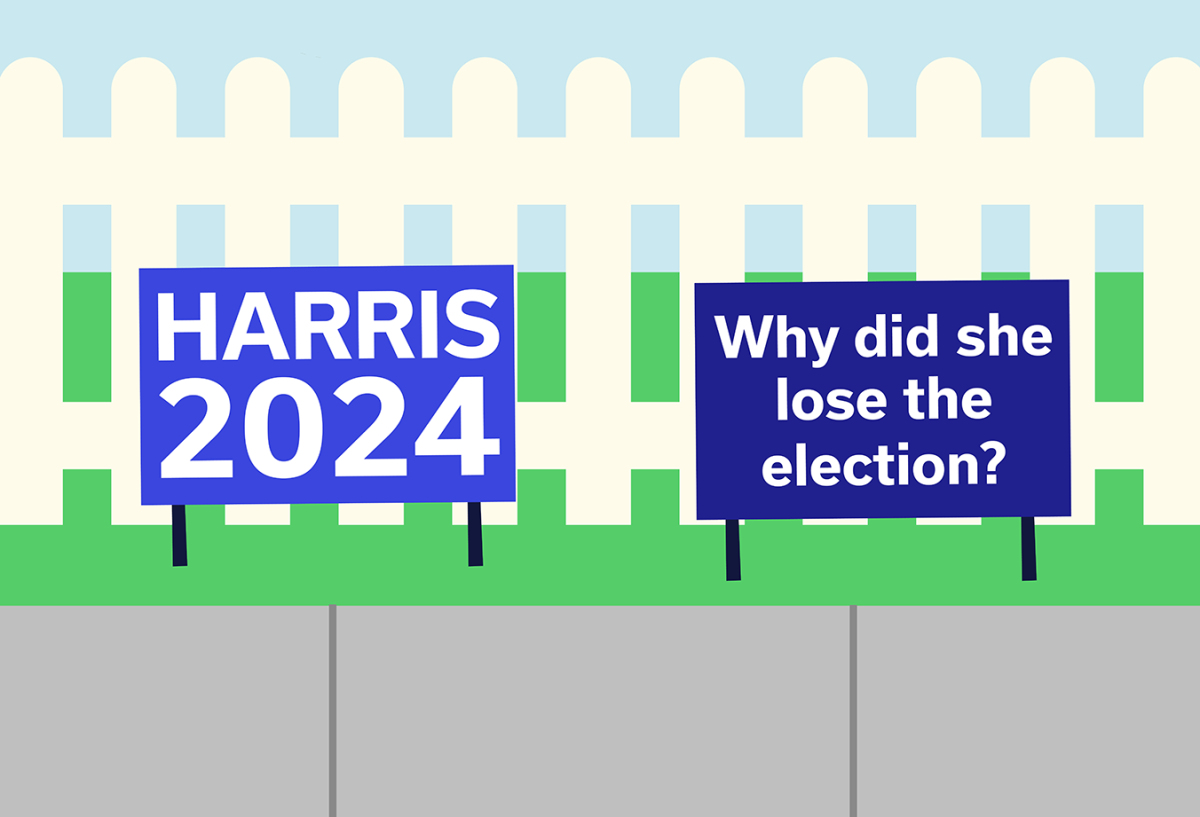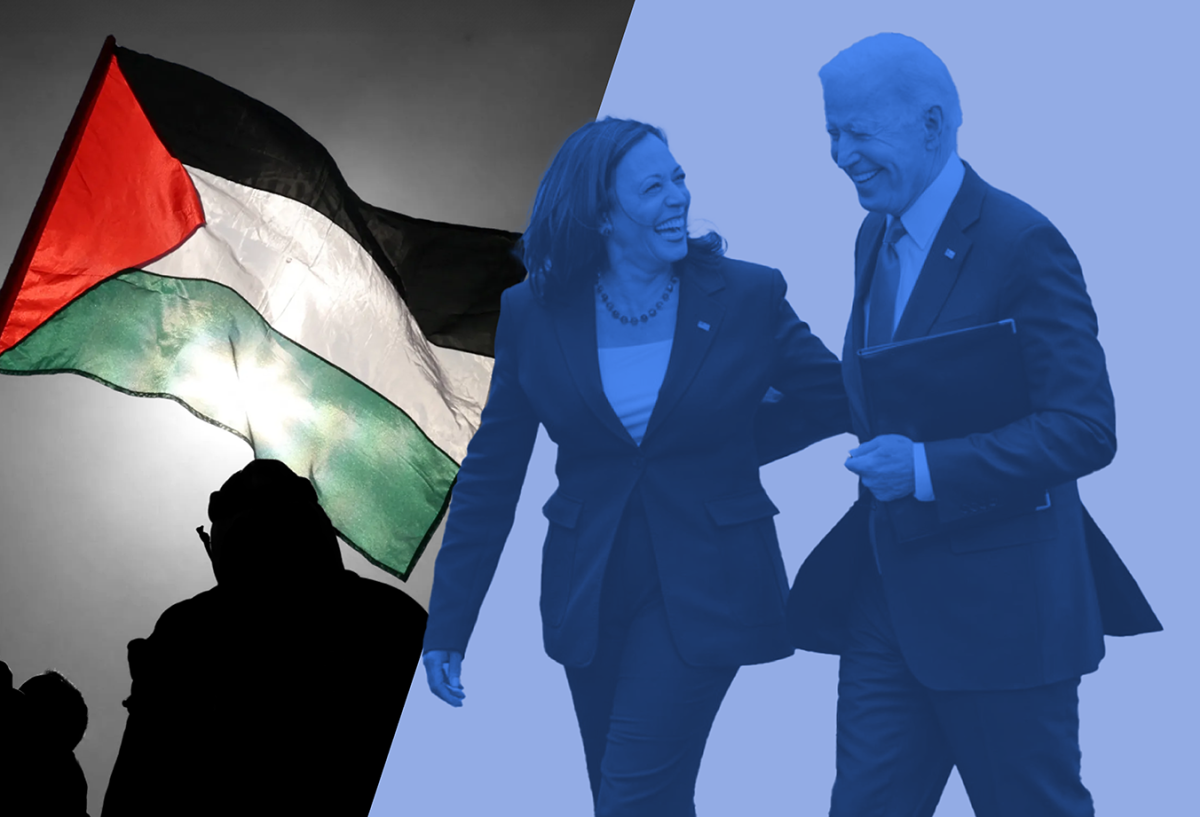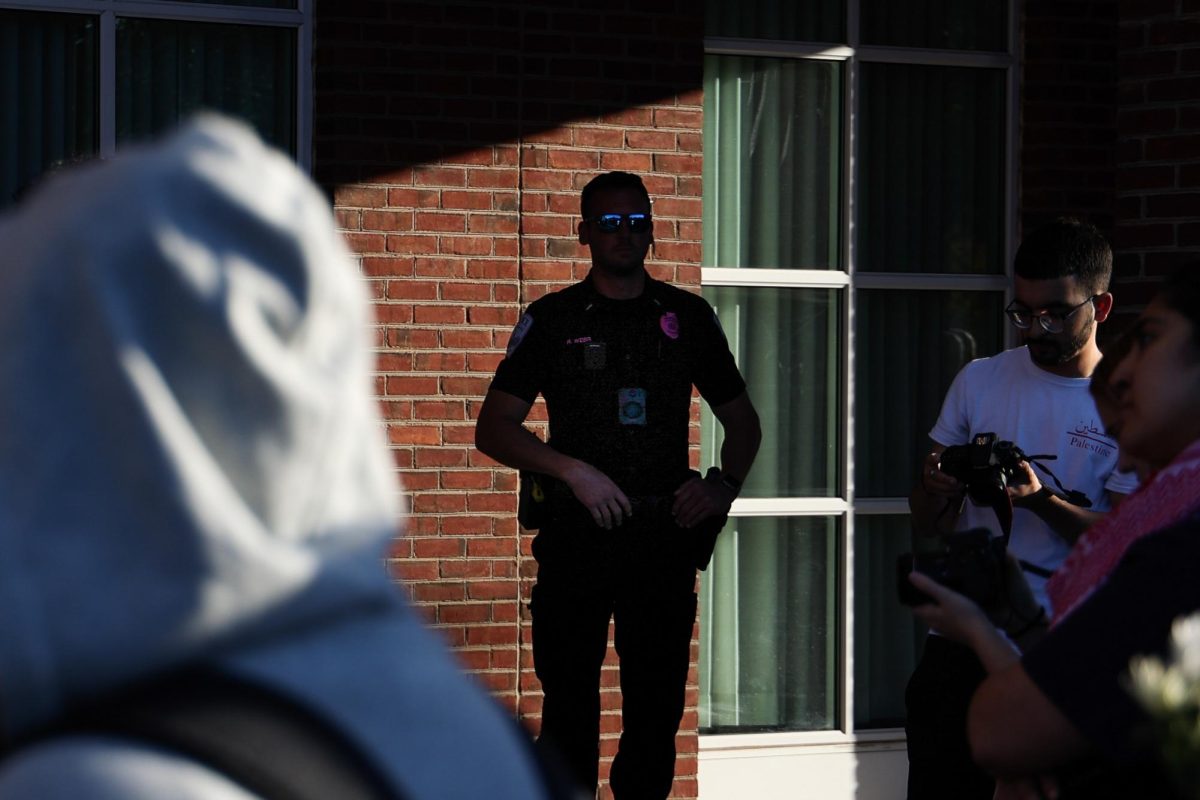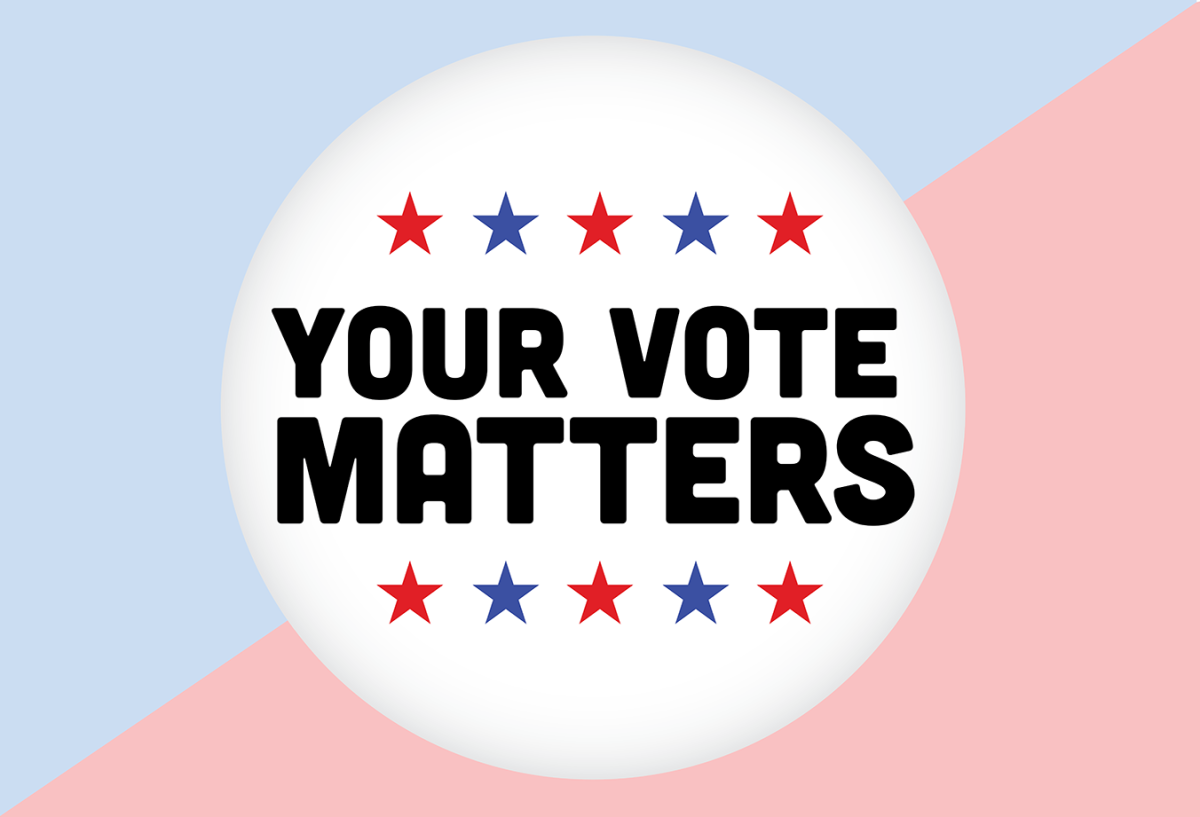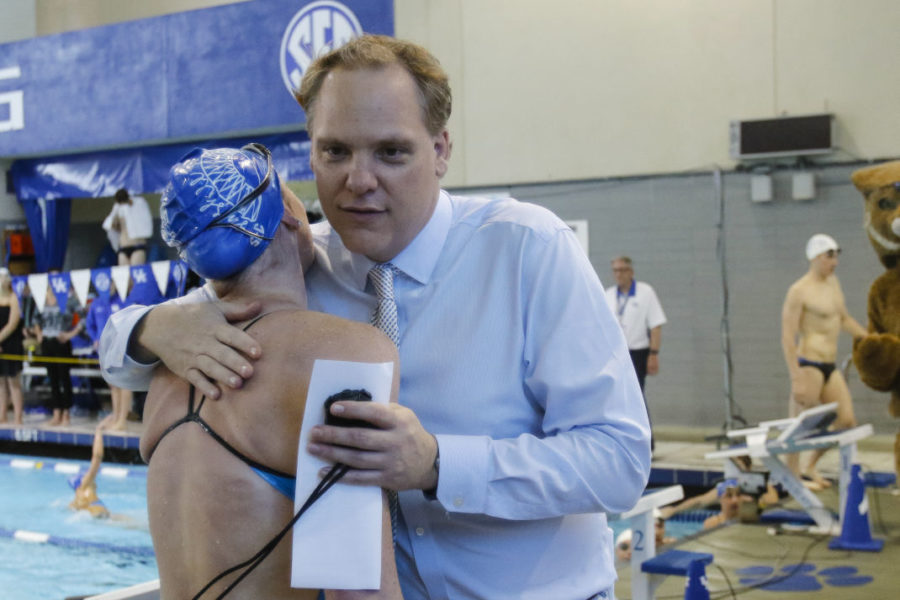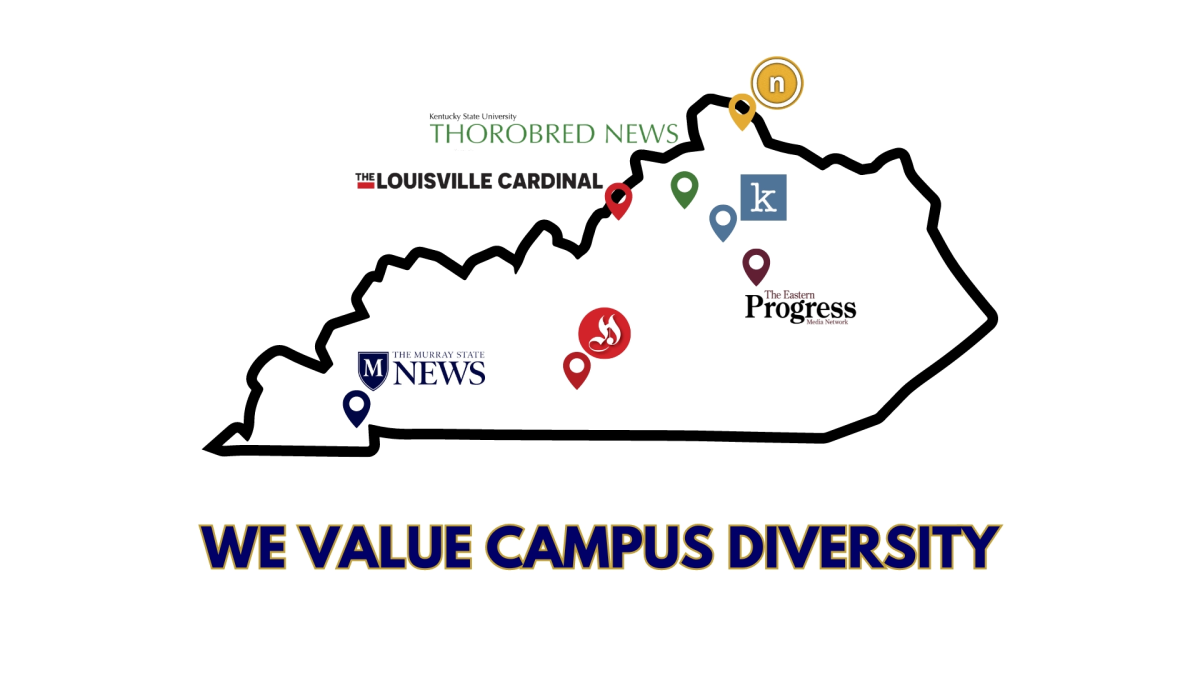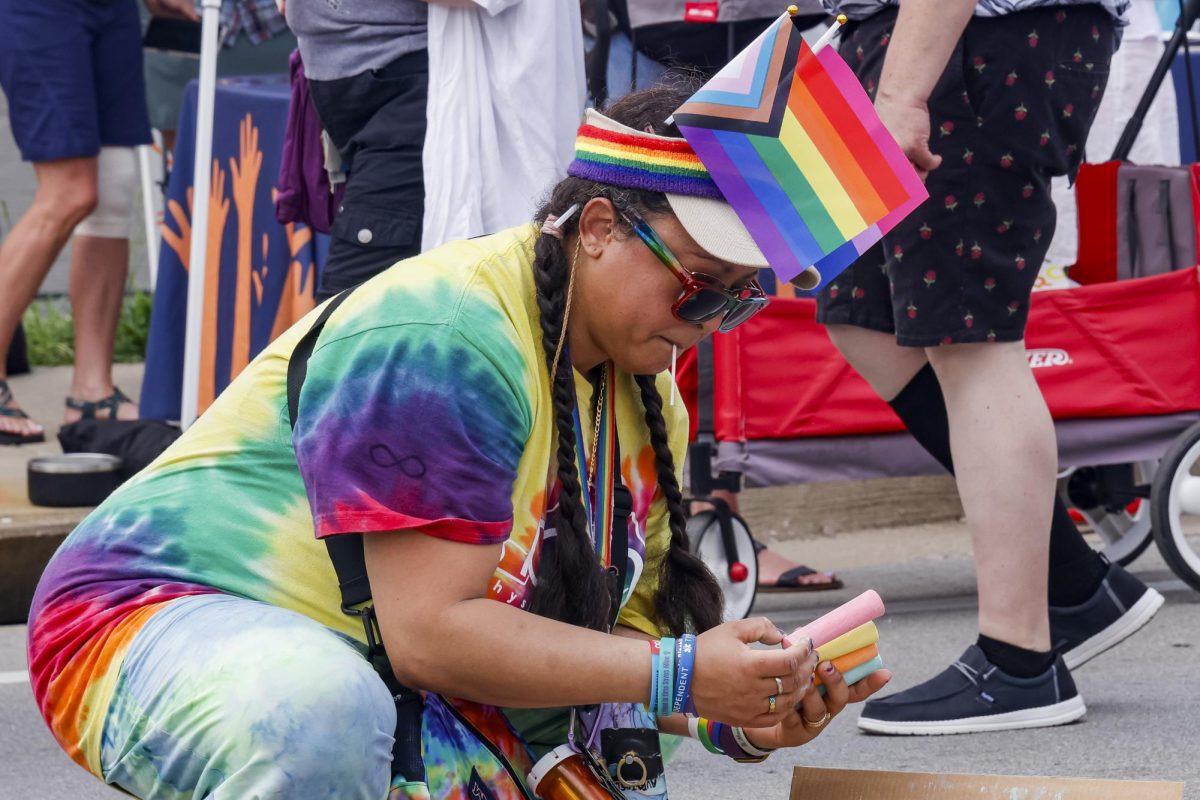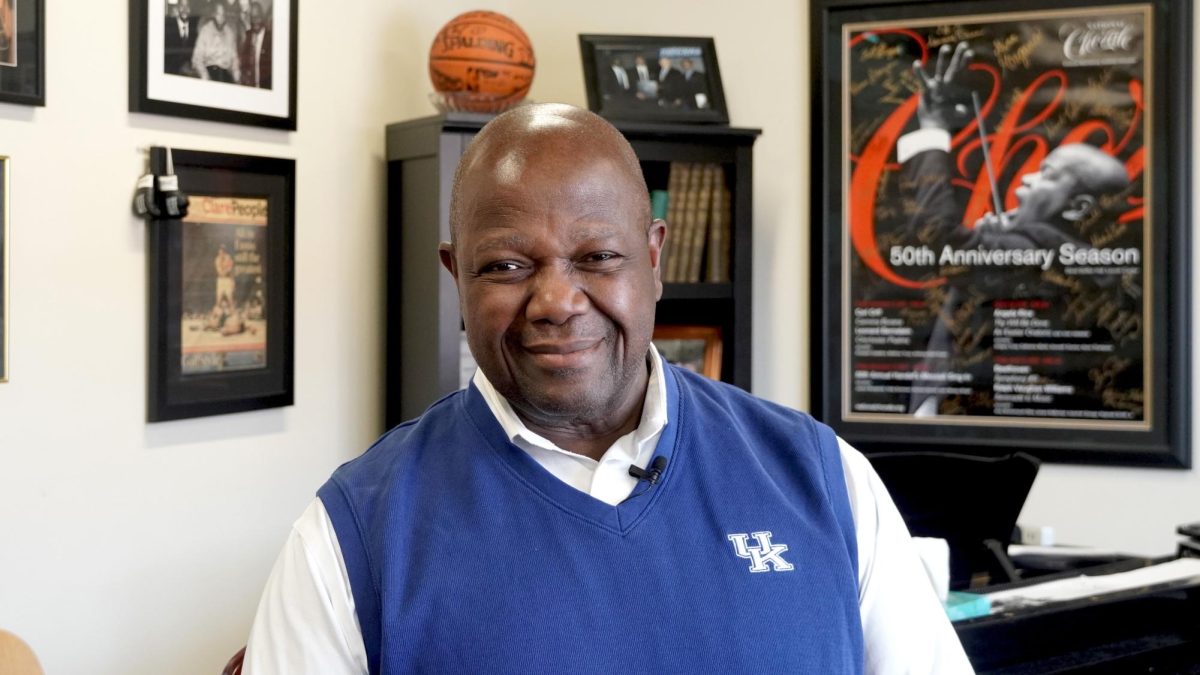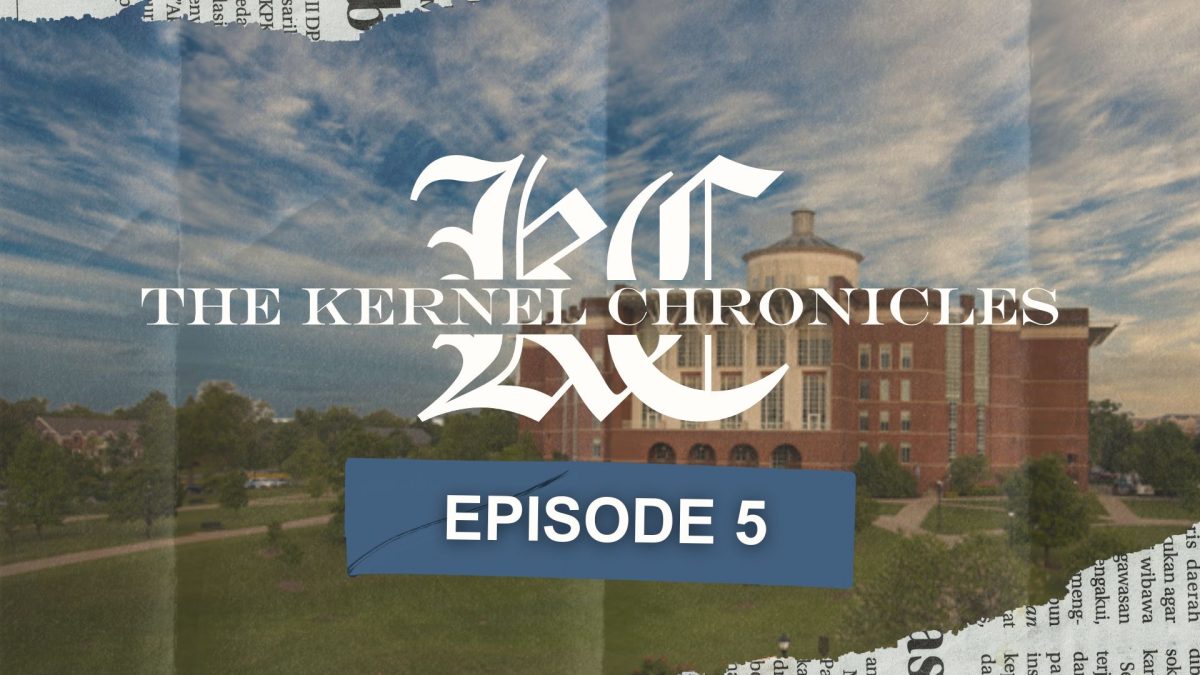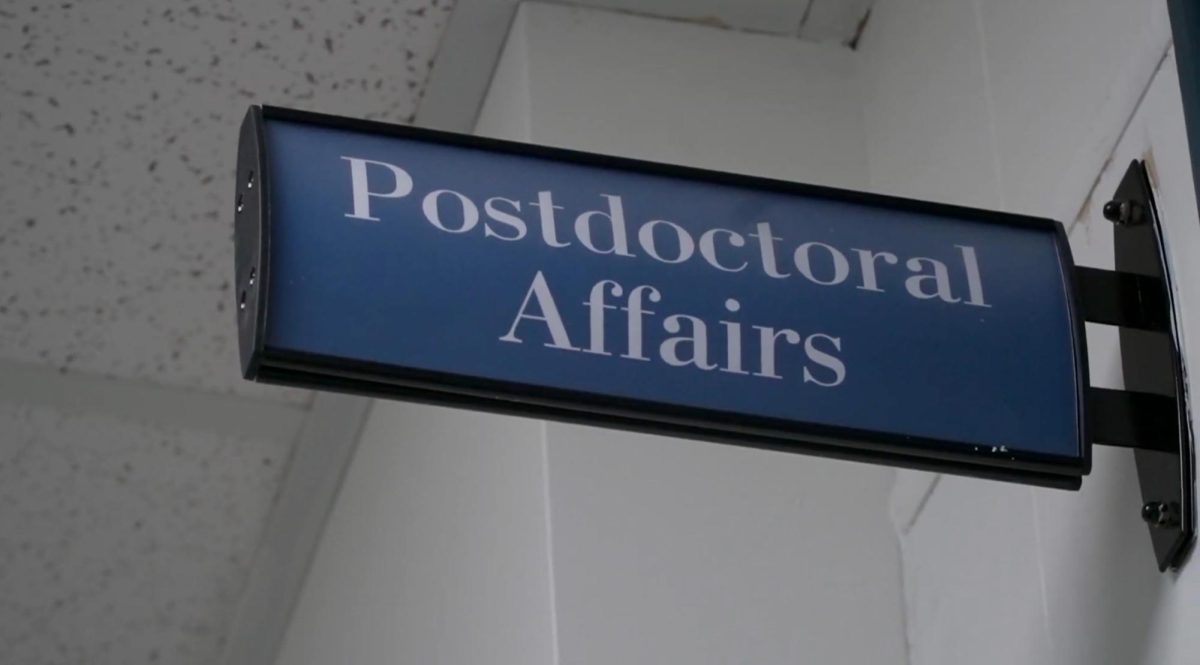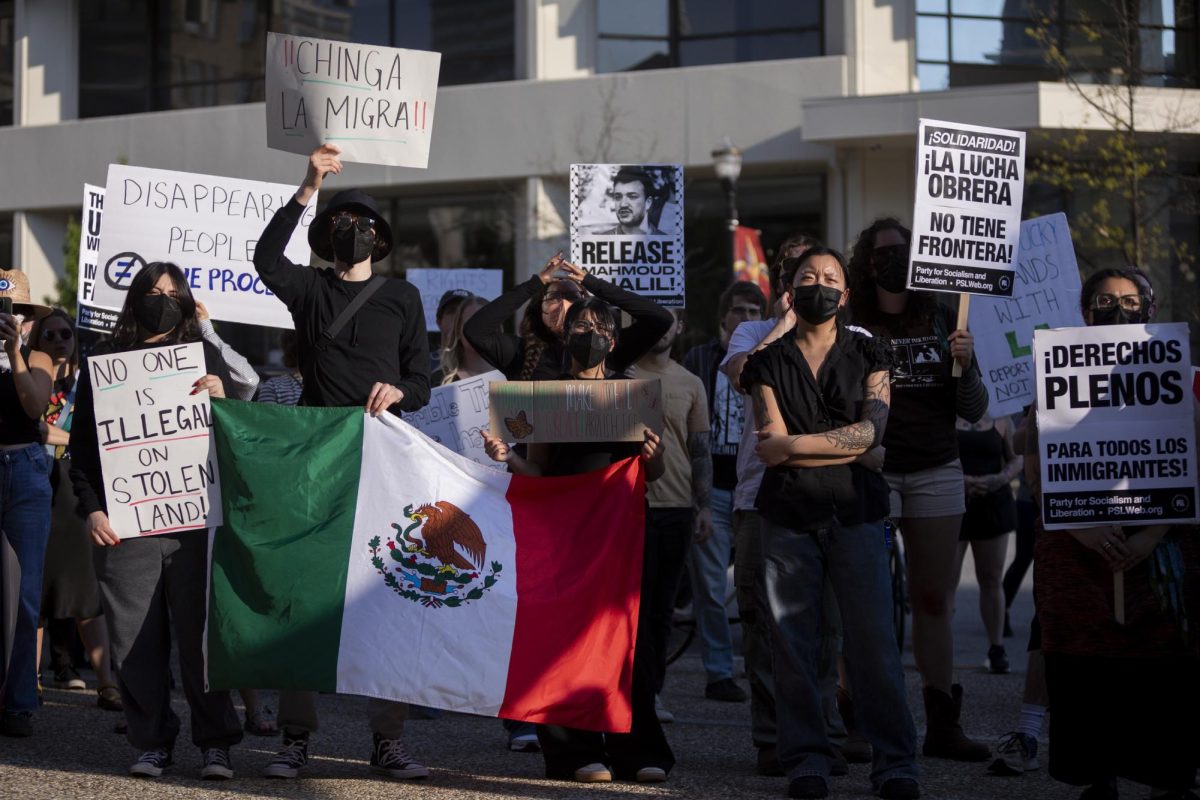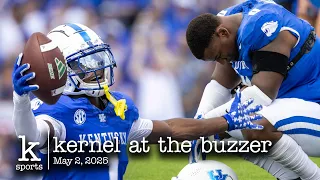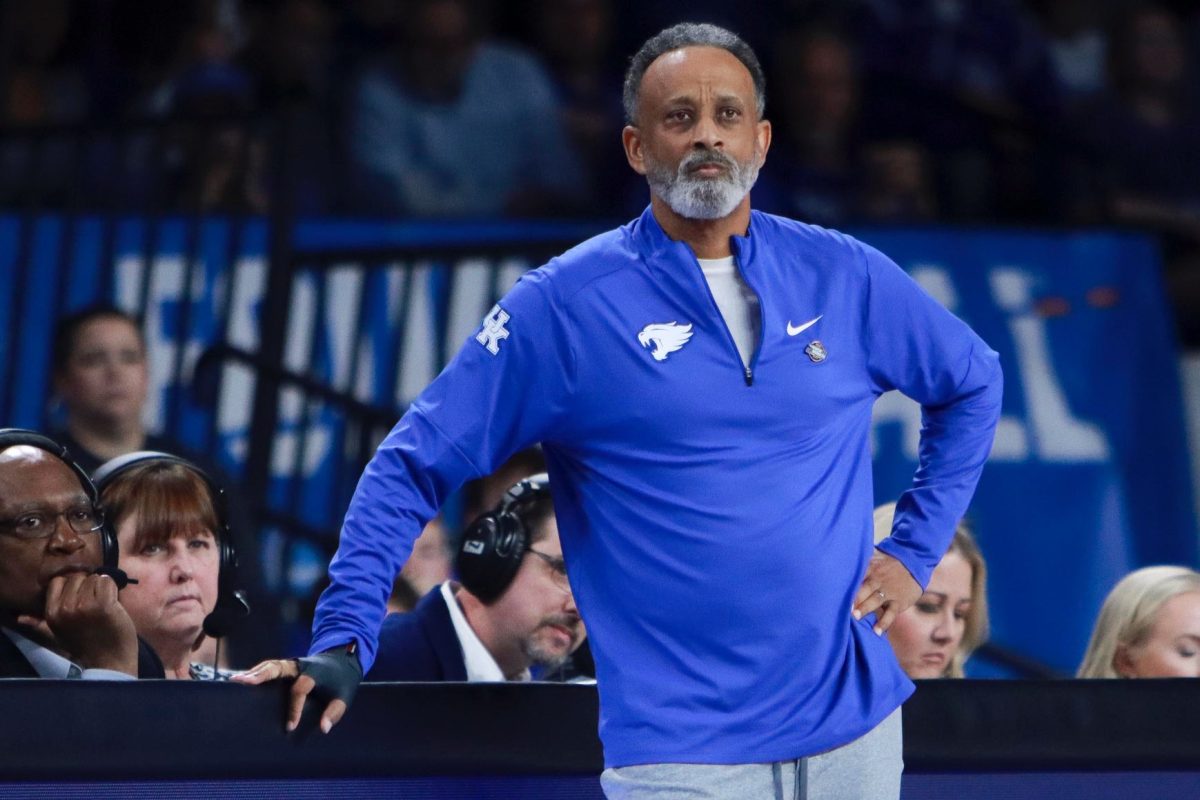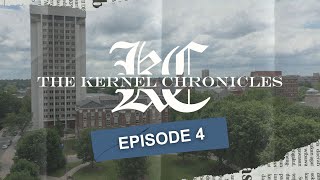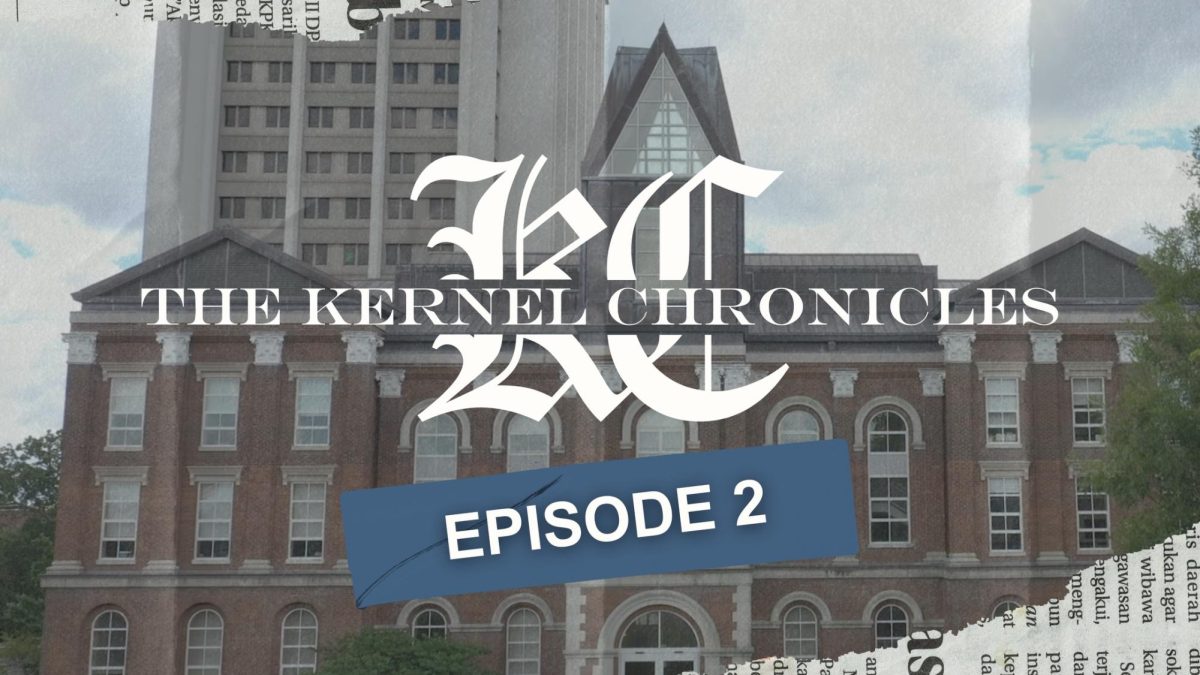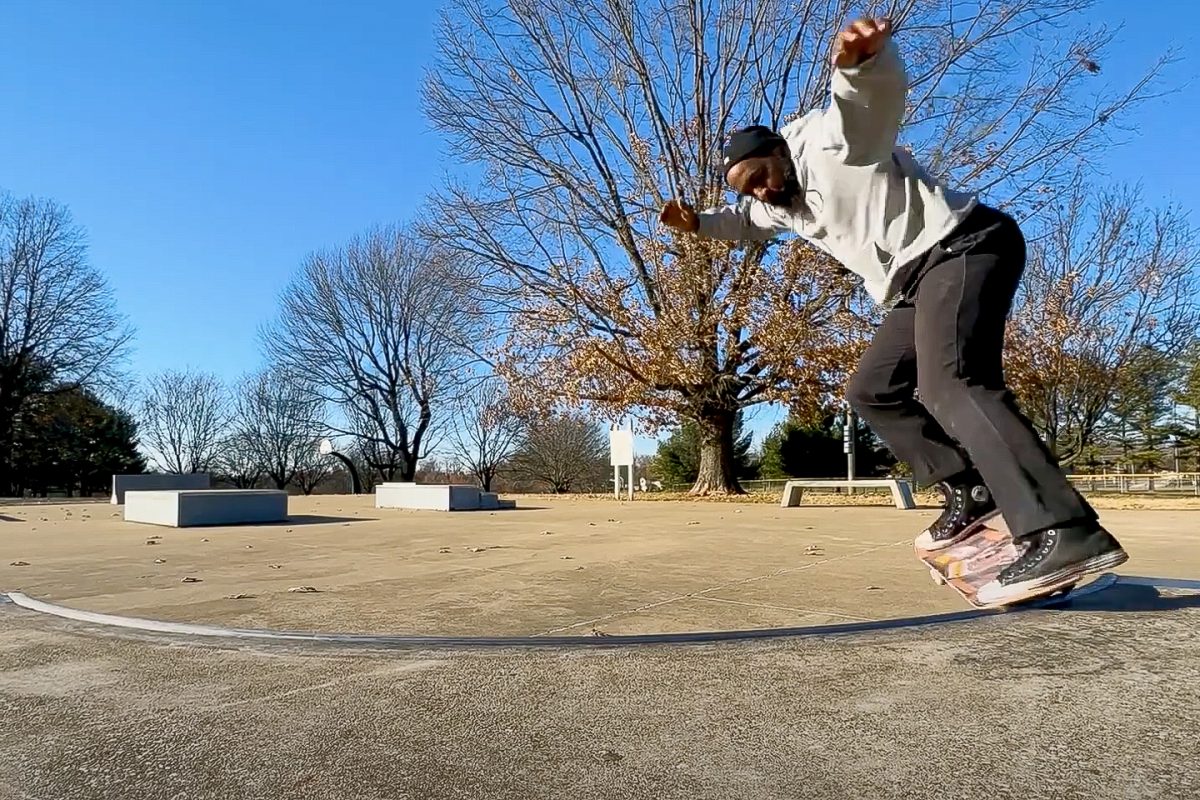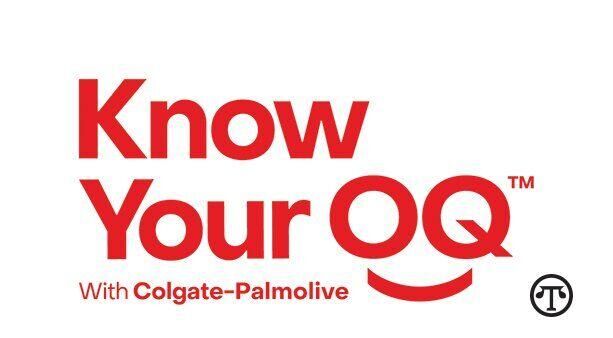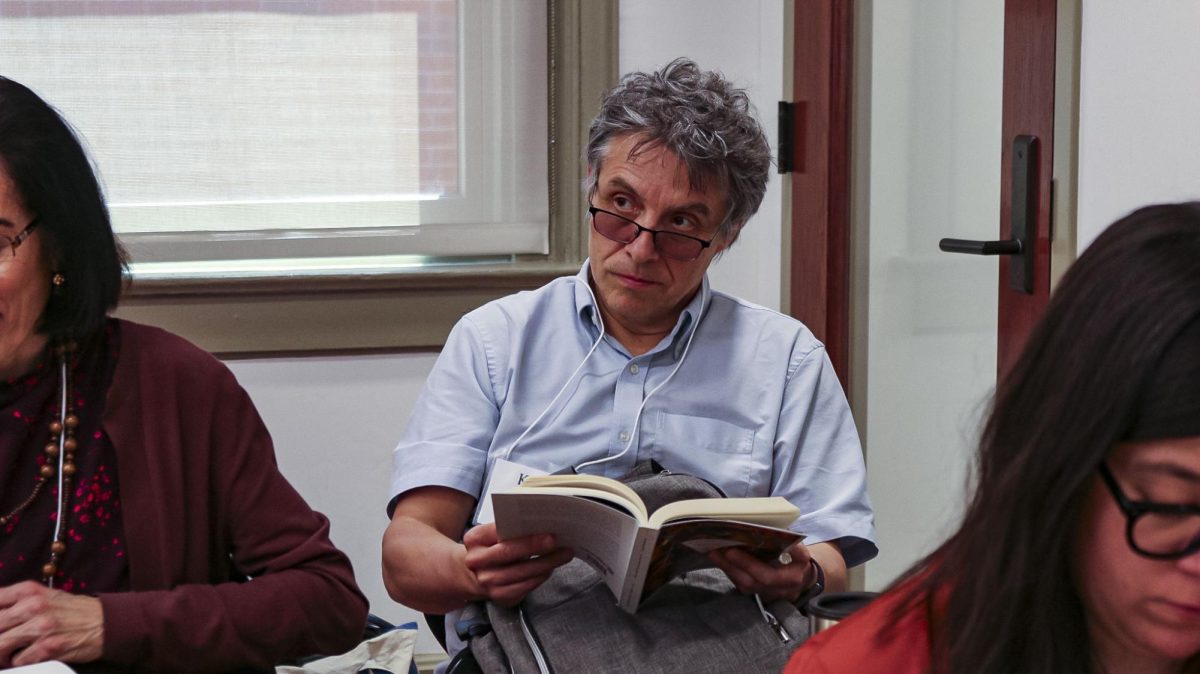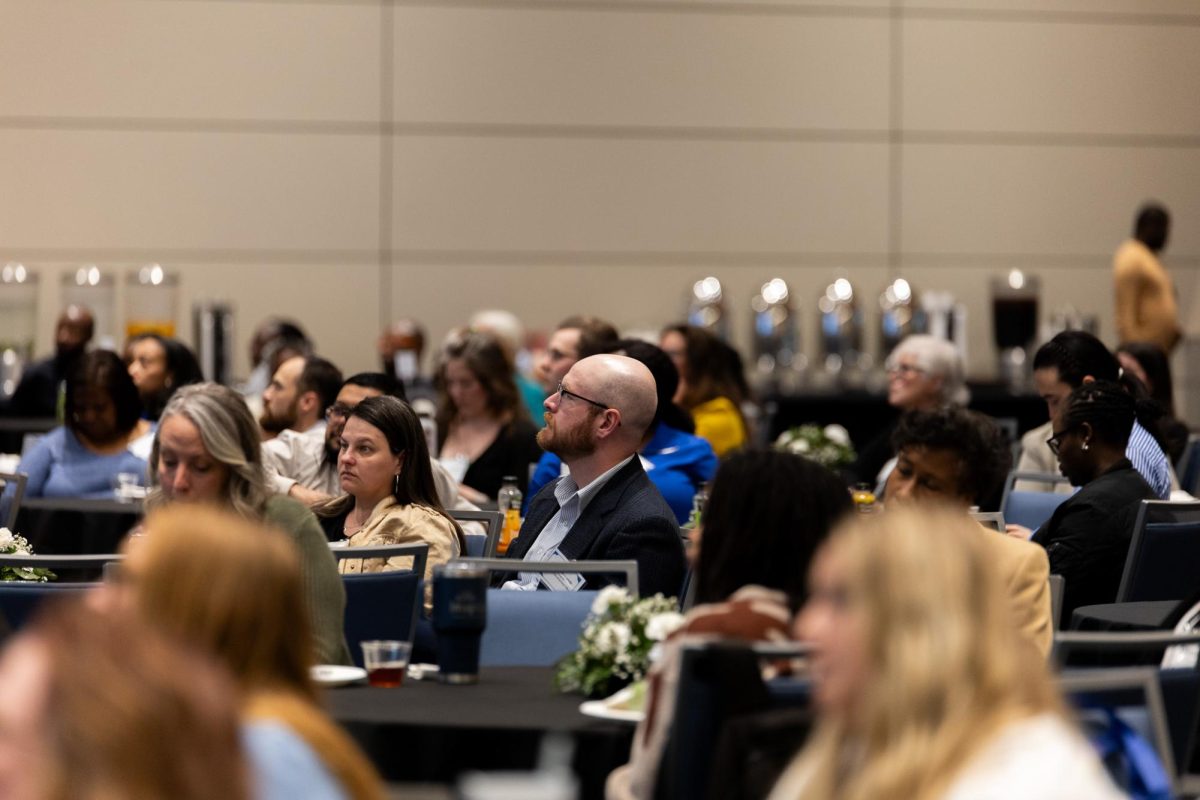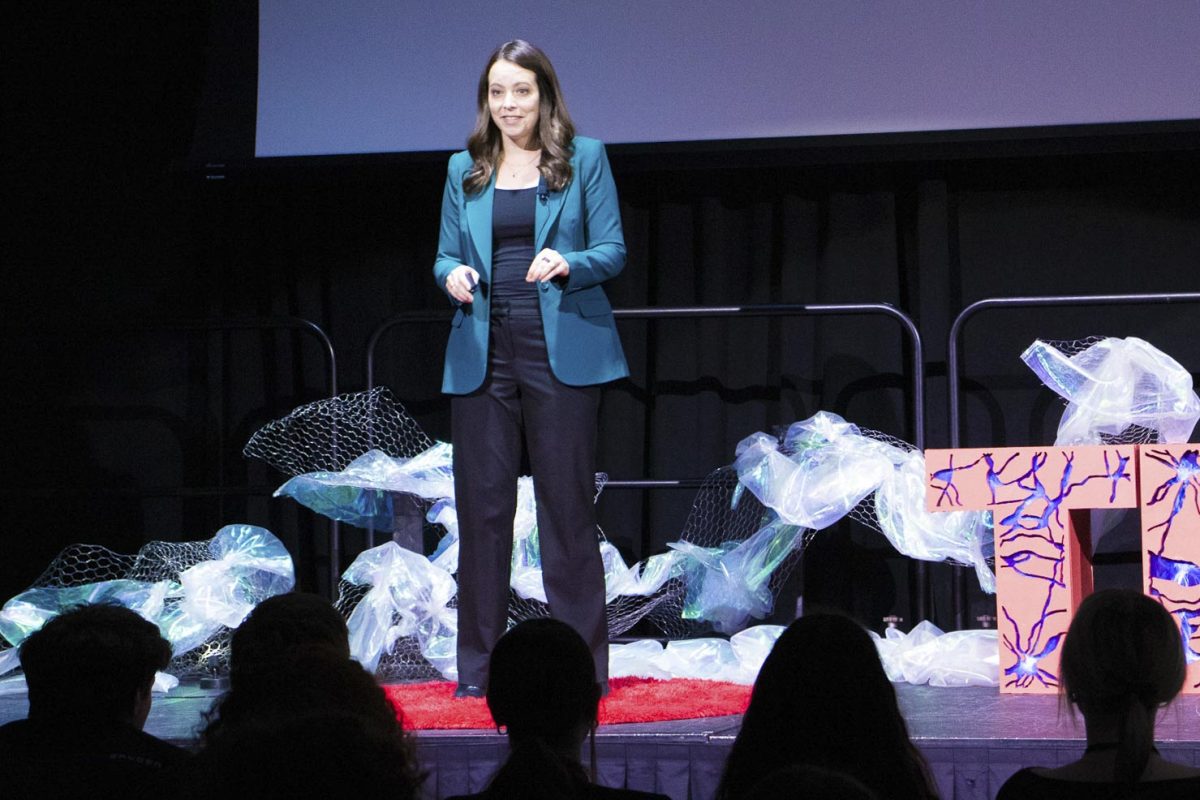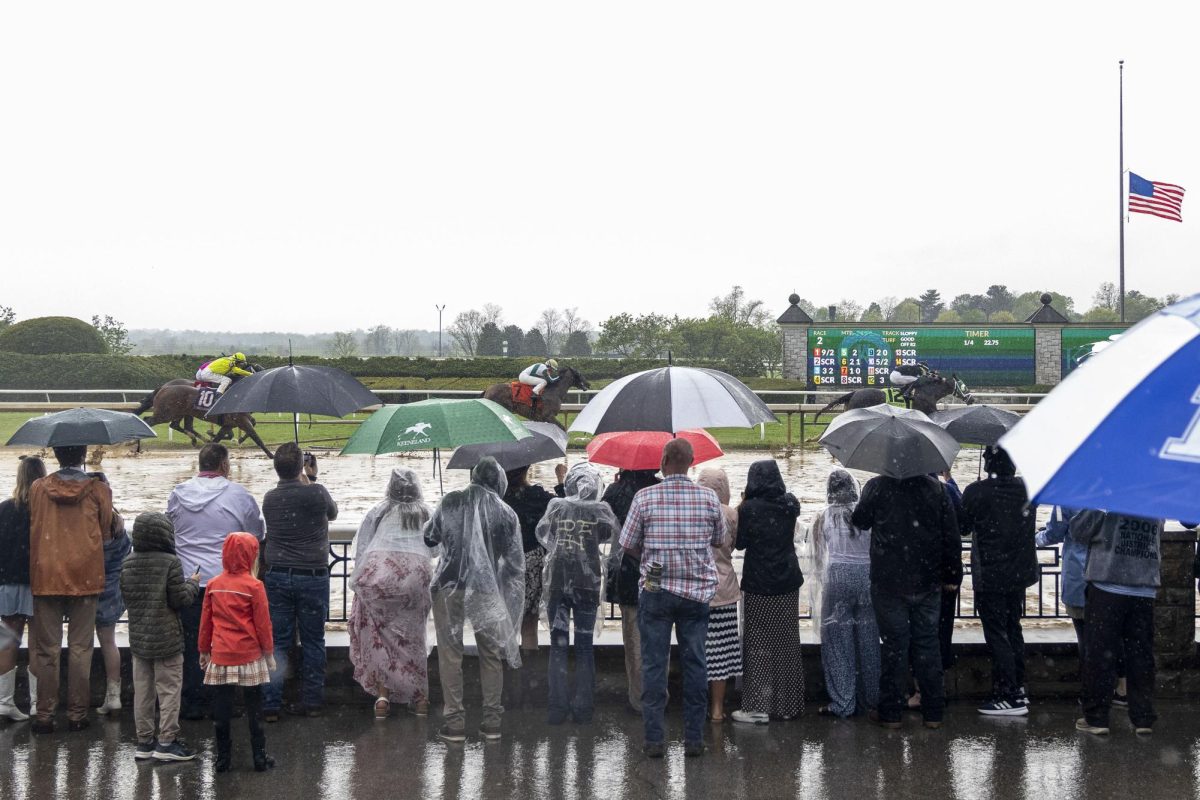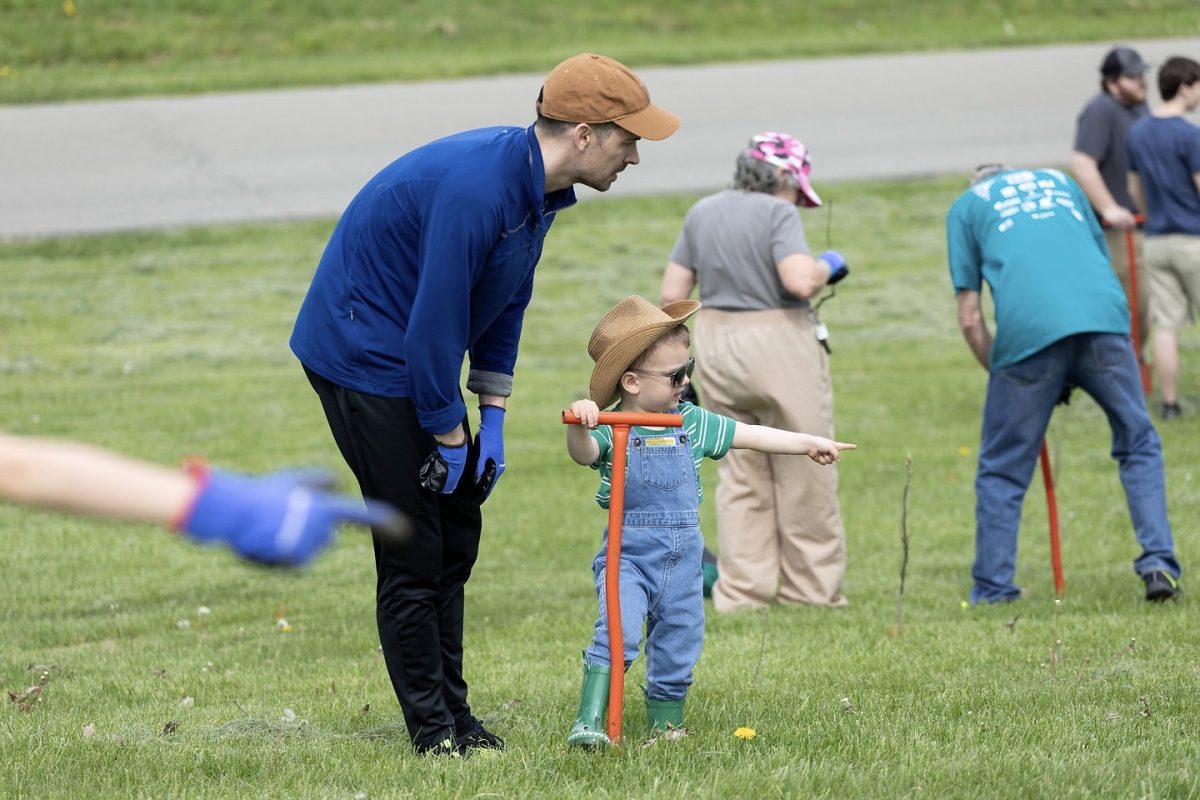The University of Kentucky’s Center for the Environment hosted the annual 2025 Environment and Health Symposium, an event featuring student exhibitors and a panel of professionals discussing environmental public health, policy and research.
Held on Tuesday, April 22, at the Gatton Student Center, keynote speakers discussed the application of environmental research in policy and the importance of scholarly activism.
The event began with student speakers presenting a “lightning talk competition” where they presented research on topics such as air pollution and flooding.
Doctoral candidate in the UK Department of Earth and Environmental Sciences, Meredith Swallom, received first place overall for her lightning talk “Drainages, Dams and Downpours”, which discussed factors that increase flooding risk.
“Anything that affects our health as a society is really important,” Swallom said.
A graduate student in the UK Department of Kinesiology and Health Promotion, Hannah Brown, won third place in the people’s choice category for her talk, “Clearing the Air: Youth Perspective on the Environmental Impact of the E-Cigarette Epidemic.”
During her presentation, Brown discussed the human behaviors that influence the quality of air saying, “someone taking a hit (out of an e-cigarette) impacts the environment. Somebody not taking a hit, that also impacts the environment.”
Brown also said having research meaningful to a specific cause is important to support a legislative bill.
“You will not see legislation change unless there is research about it,” Brown said. “You cannot have legislation without research. One cannot exist without the other.”
The event also featured Director of UK’s Bridging Research Efforts and Advocacy Toward Healthy Environments (BREATHE), professor Emerita in UK’s College of Nursing and keynote speaker, Ellen Hahn.
Hahn said her nursing background assisted her with her lung cancer prevention research.
According to Hahn, her partnership with professionals across multiple fields, such as geology and economics, contributed to the success of her research supporting different environmental policies.
“You need other people around you because it’s hard,” Hahn said. “Being an advocate is hard. Sometimes you do feel alone.”
Hahn said she believed collective young voices could create real legislative change in coalitions and environmental justice advocacy groups.
“Community advocates are the people that make things happen,” Hahn said.“I’m interested in generativity, in seeing students and scientists emerging from the younger generation.”
Ryan Salzman, project director for OneNKY Alliance and former city council member, discussed how efforts to combat air contamination through active education positively impacts the environment.
“Education’s not about burying the people with information,” Salzman said. “It’s about bringing them along with you and helping them feel like they are co-learning.”
Salzman said he believed in the power of seizing opportunities to talk about issues driving environmental policy, saying he would keep the conversation about smoke-free policies “alive” by opening the door to conversation regarding the negative impact of e-cigarettes.
Assistant professor at the J. David Rosenberg College of Law and attorney, Shavonnie Carthens, spoke on the importance of health equity for different communities through legal intervention.
Carthens said it was important to support community advocates with tools and information without replacing their experiences.
“Community members, community groups and advocates don’t necessarily want us as academics to stand in their shoes,” Carthens said. “They live near a coal mine. They breathe the air, their children have asthma. We don’t have to tell them about those experiences.”
Carthens also talked about her experience as a partner for the Air Justice Project of the Environmental Health Literacy Coalition, which she said was a community of activists and researchers that spread awareness of air pollution in Louisville.
Carthens said she made several efforts to make environmental legal terms such as the Clean Air Act more accessible to community advocates, as it would help them accurately express their necessities relating to legislation.
According to Carthens, given that many community members didn’t have access to technology but took public transportation, the coalition spread information by placing notices on billboards near bus stops in Louisville.
“It ensured they (community members) were truly a part of this project,” Carthens said. “We were not just coming into the community and extracting data, but the community was very much partnered with us.”



